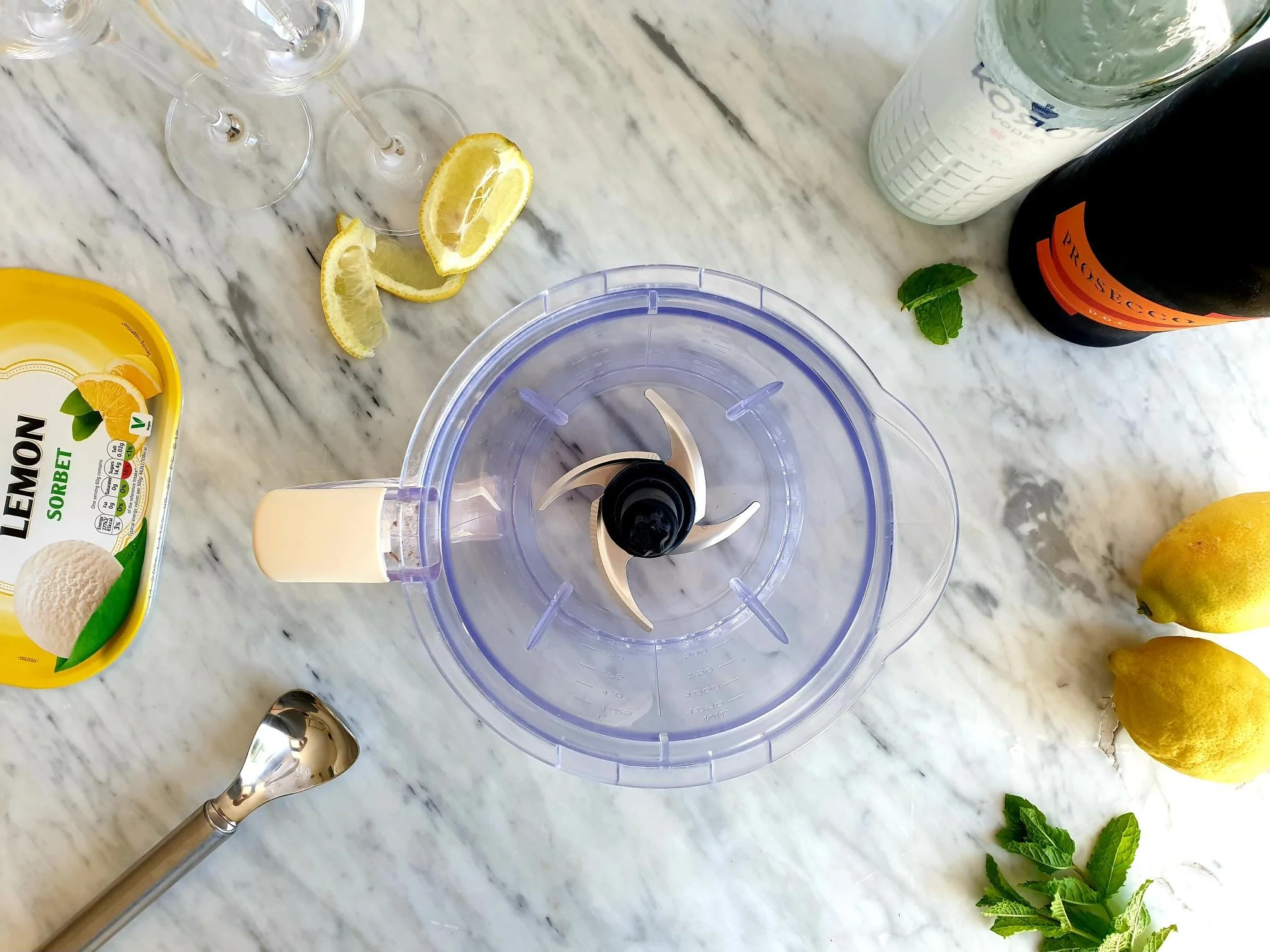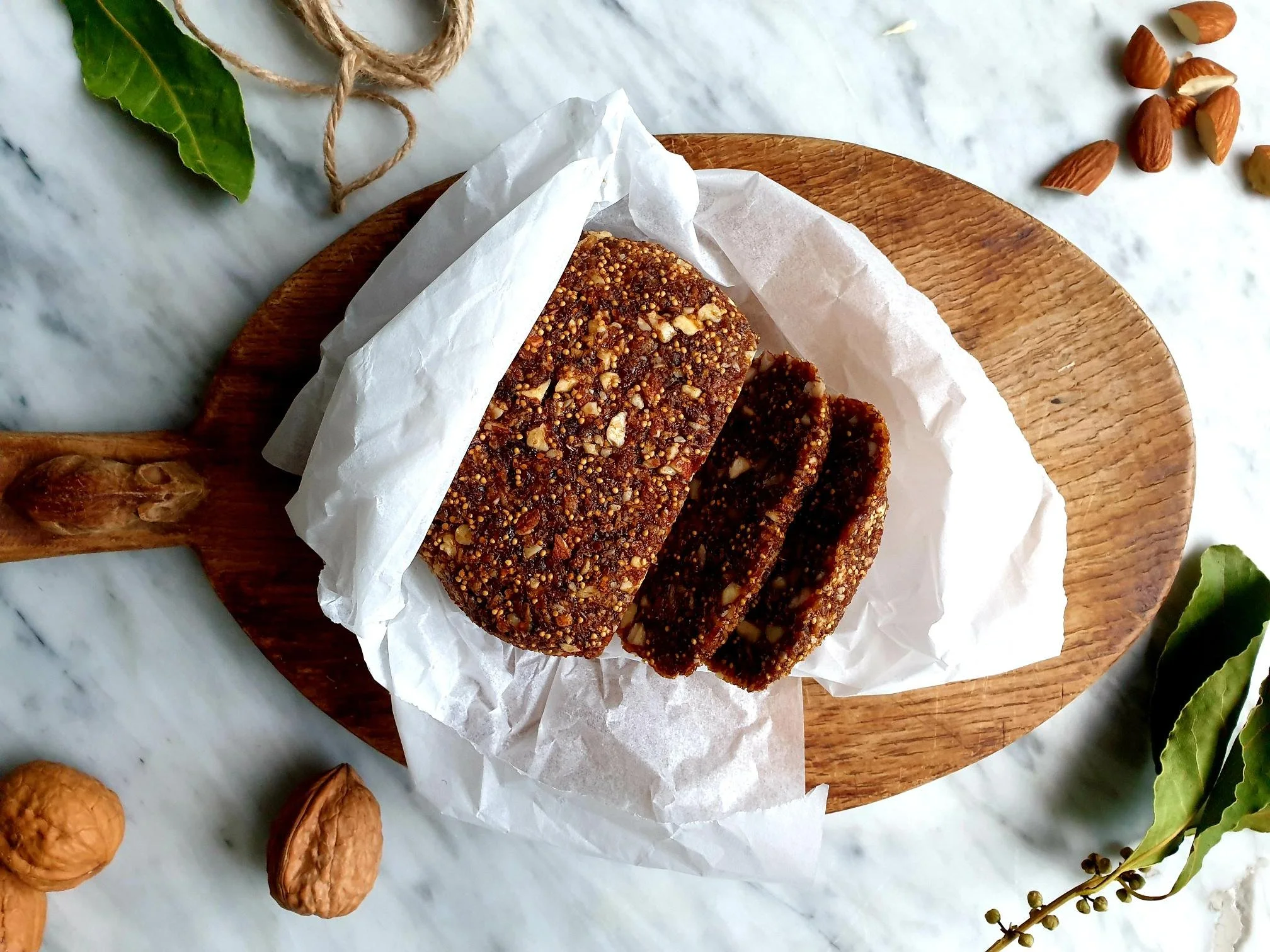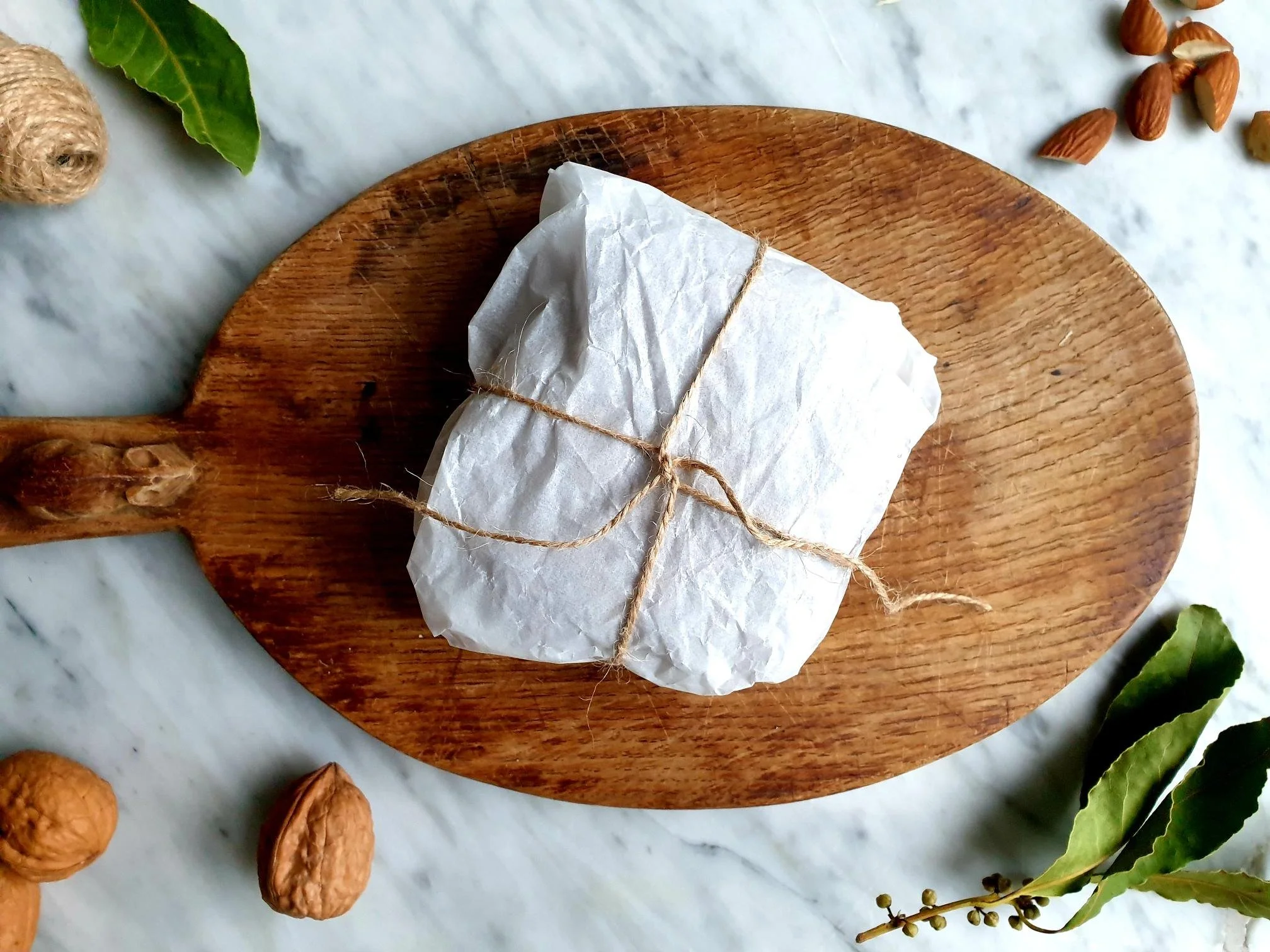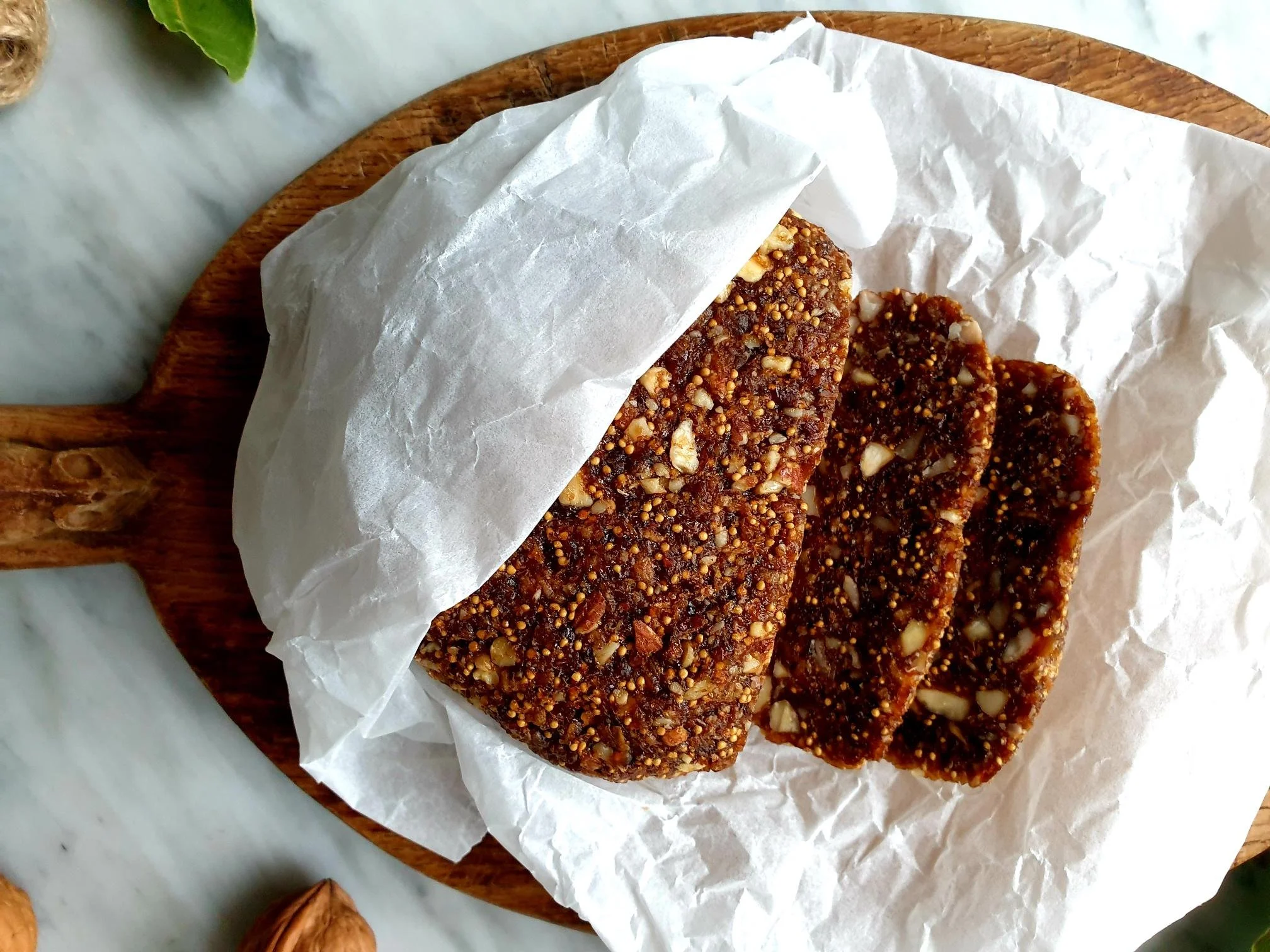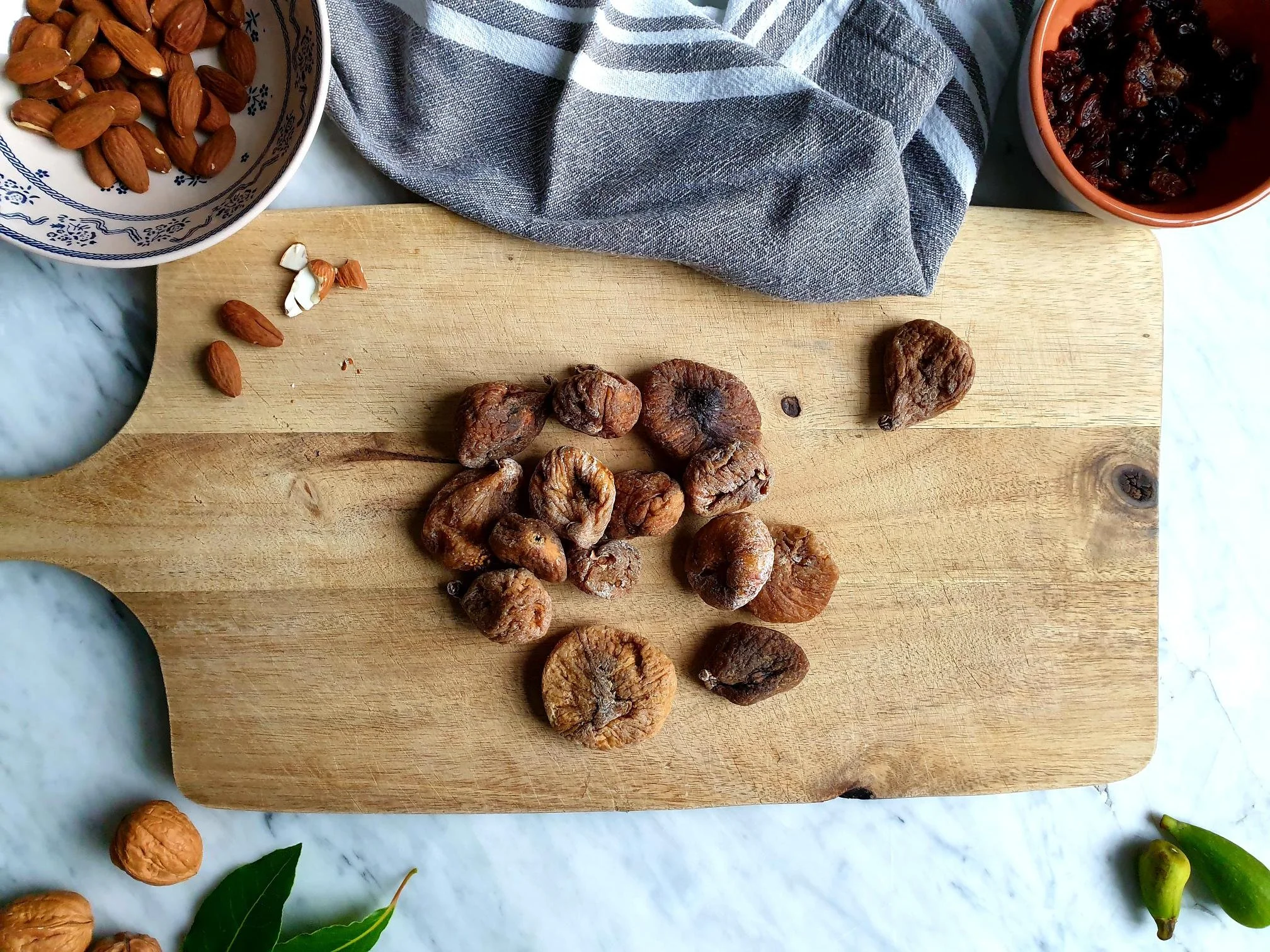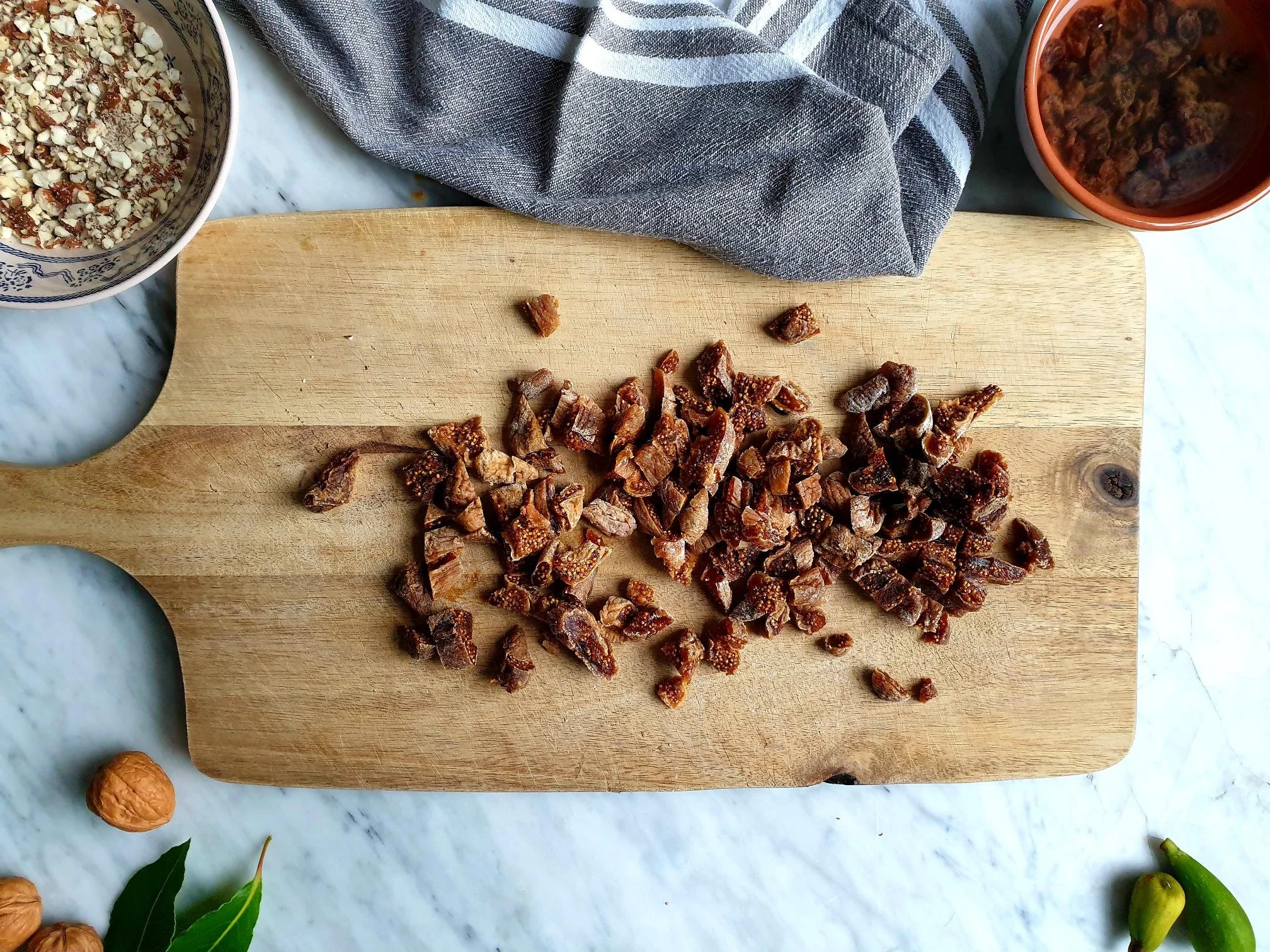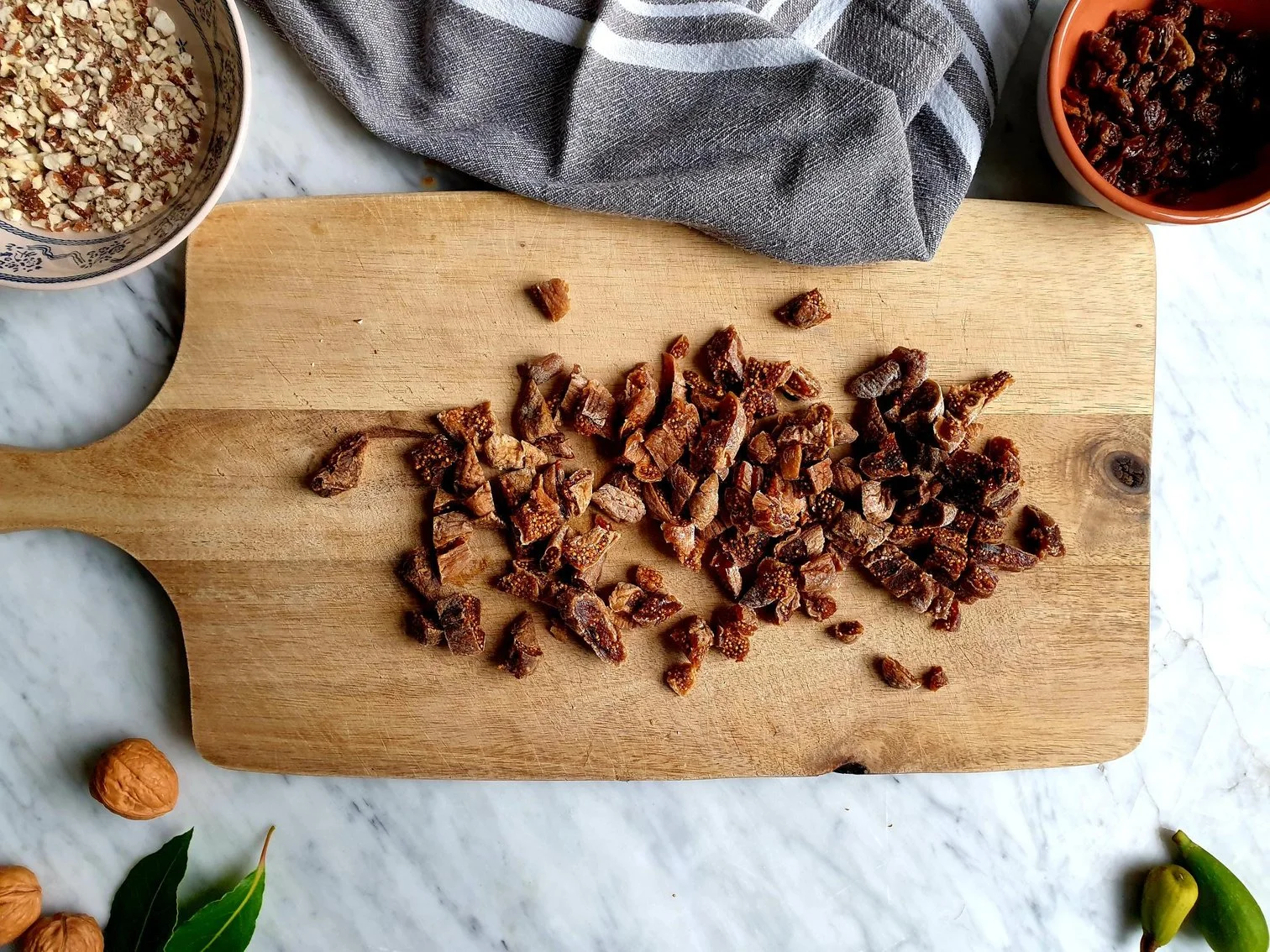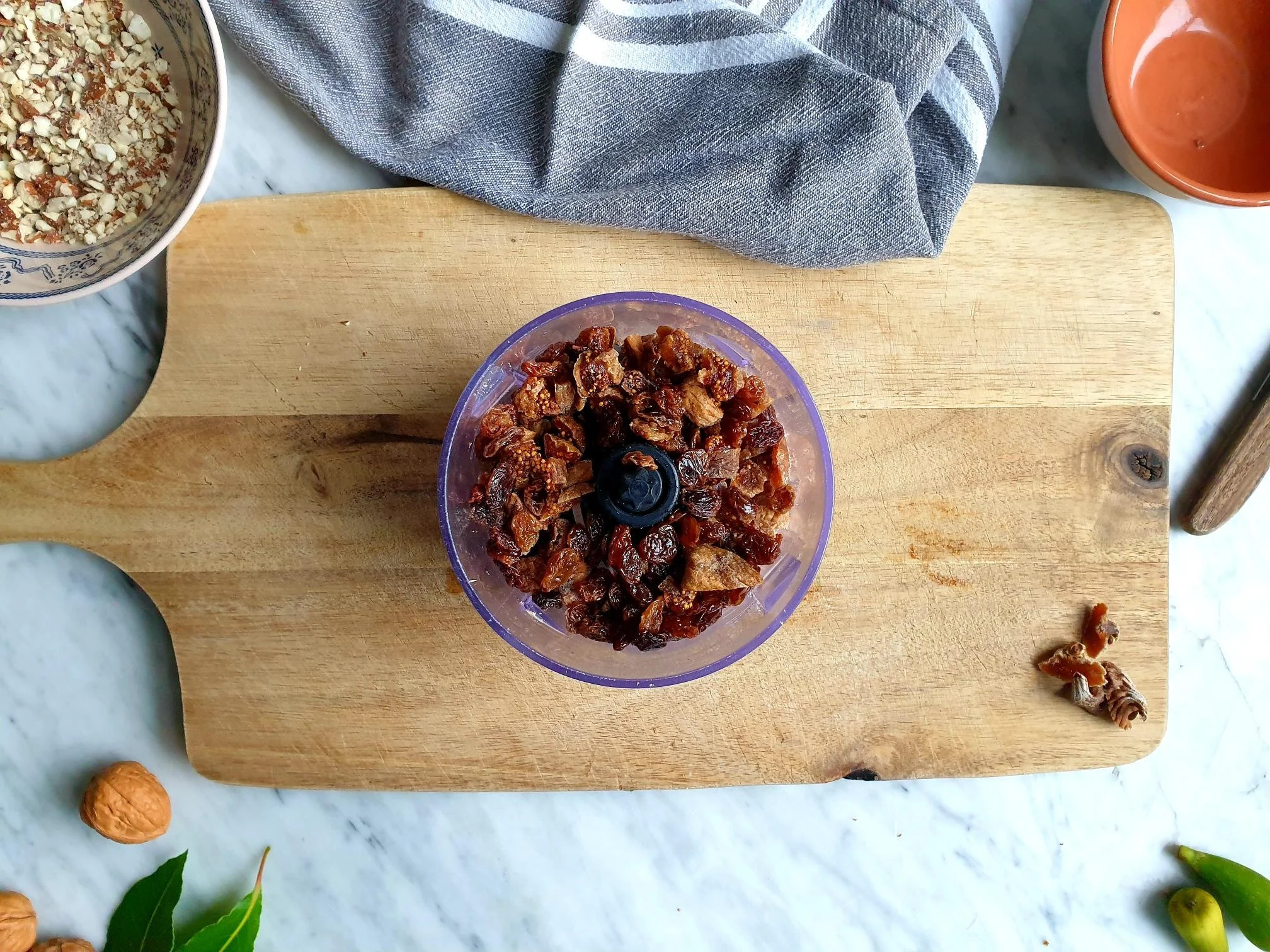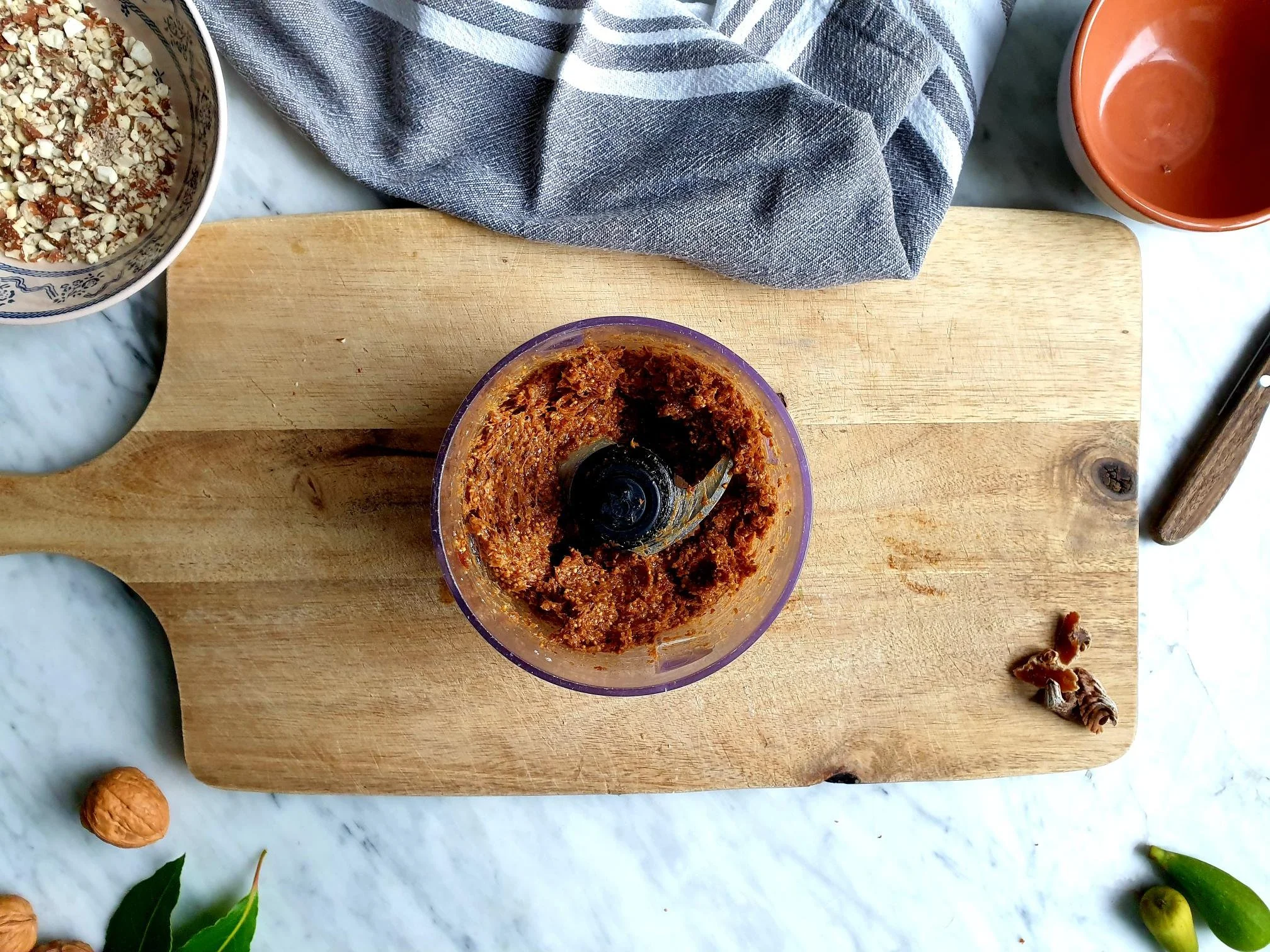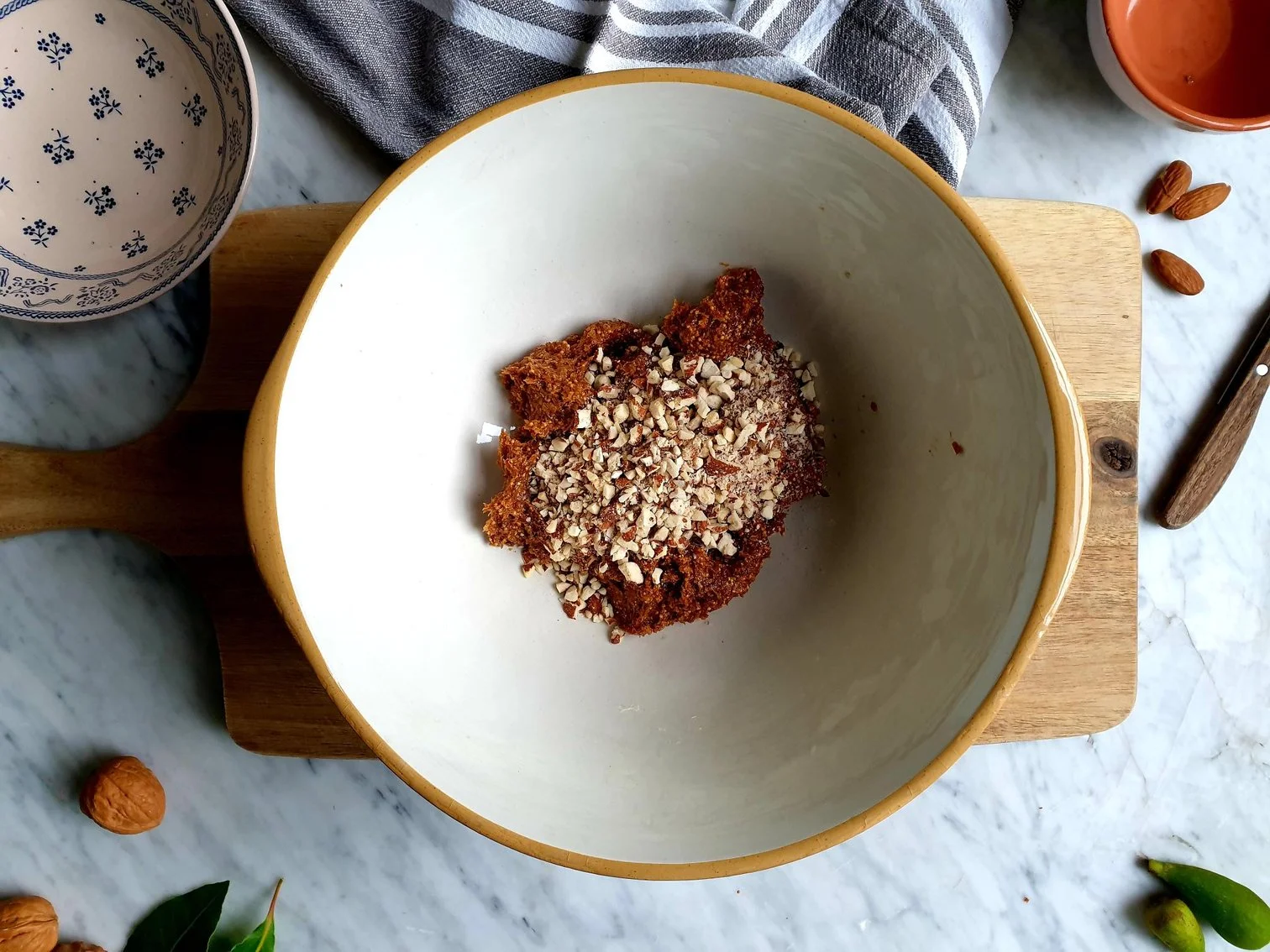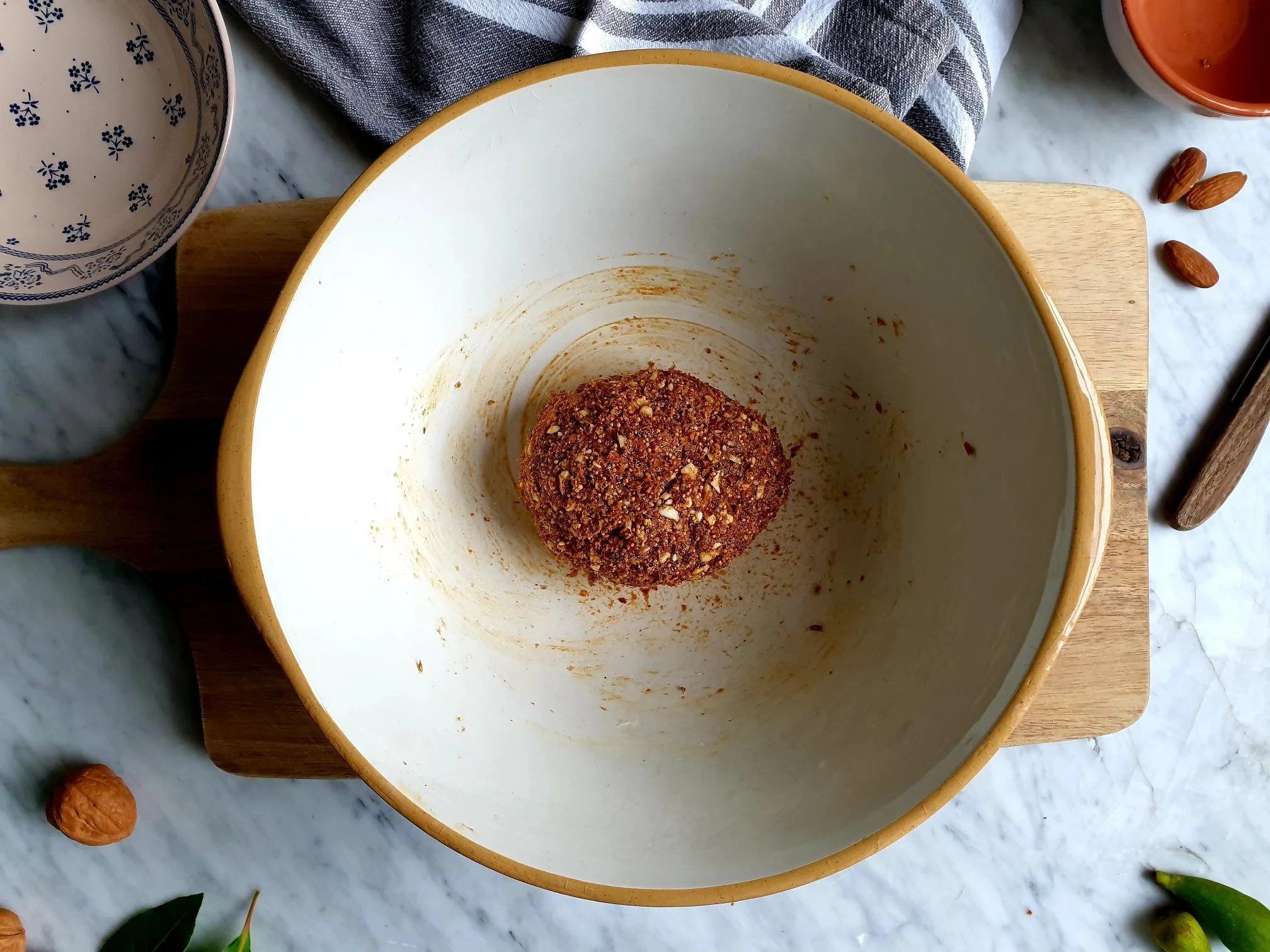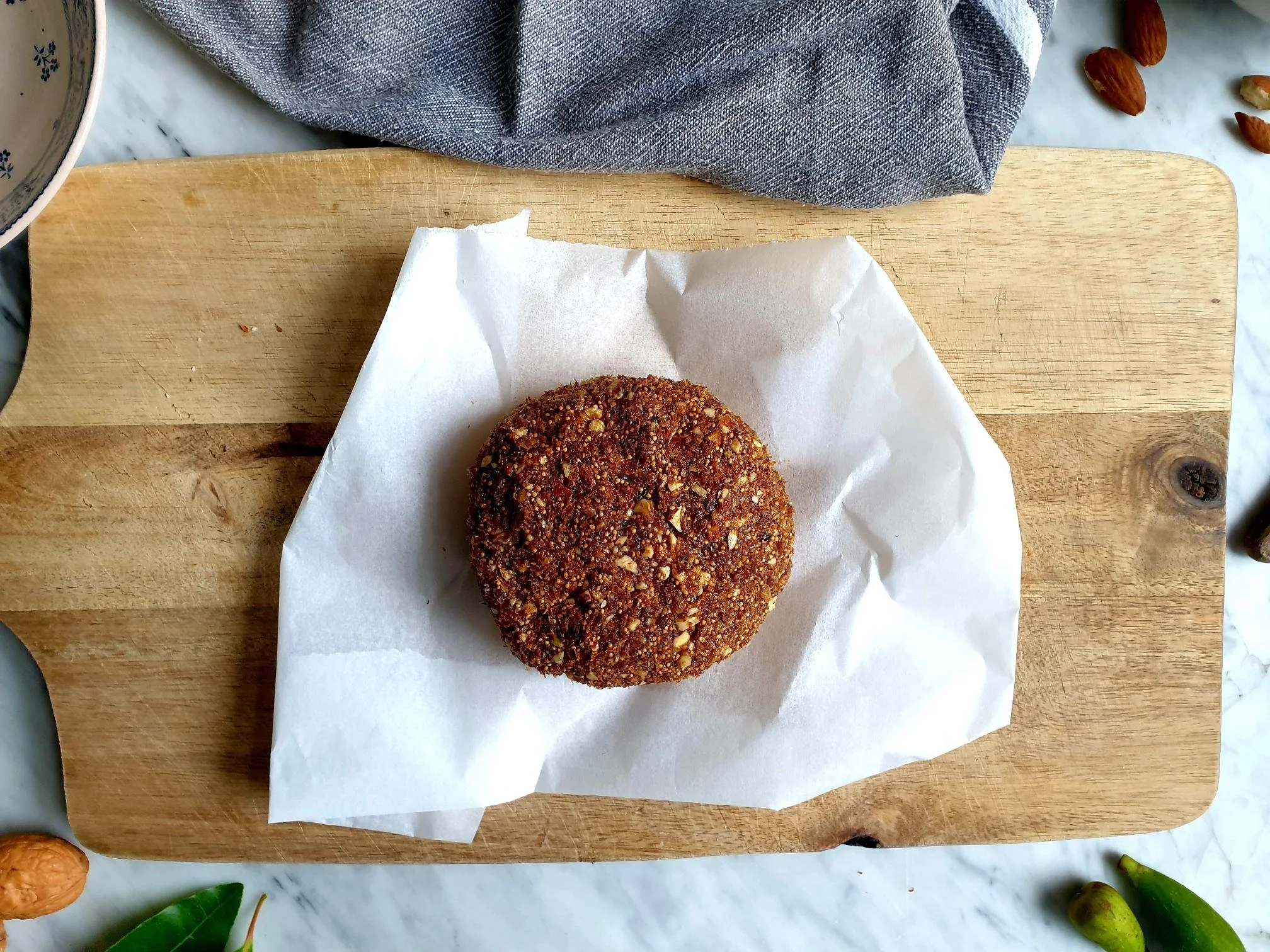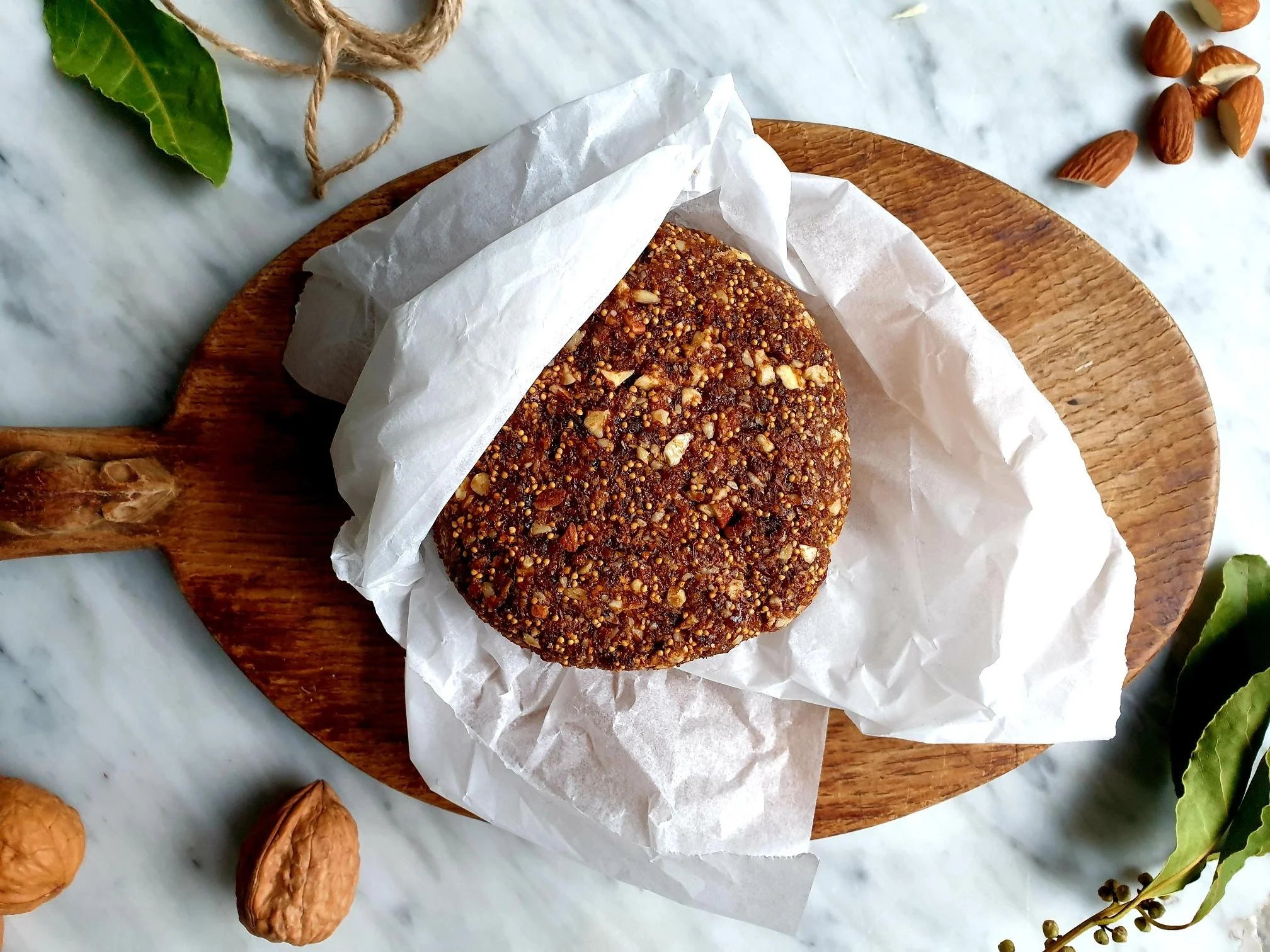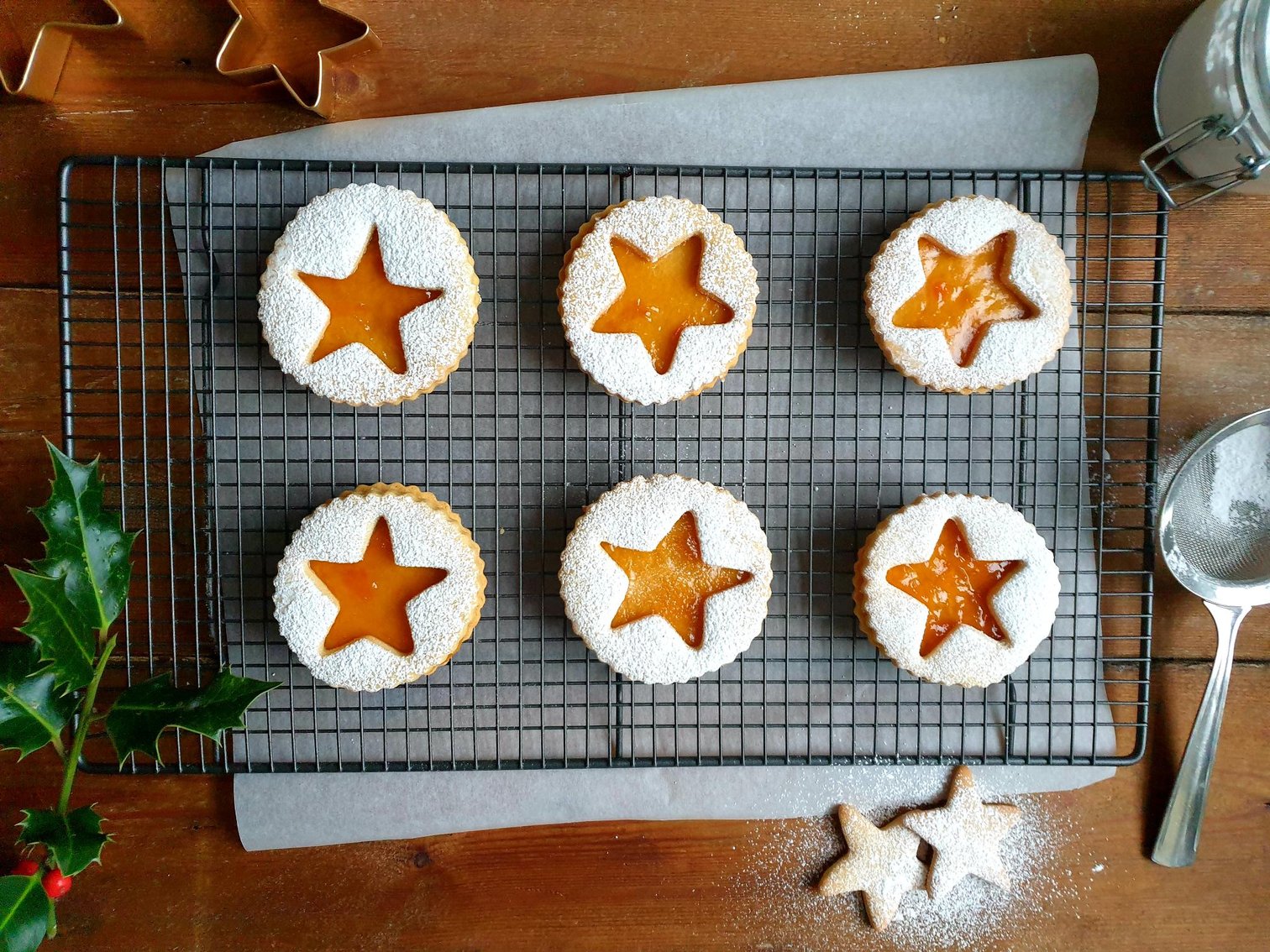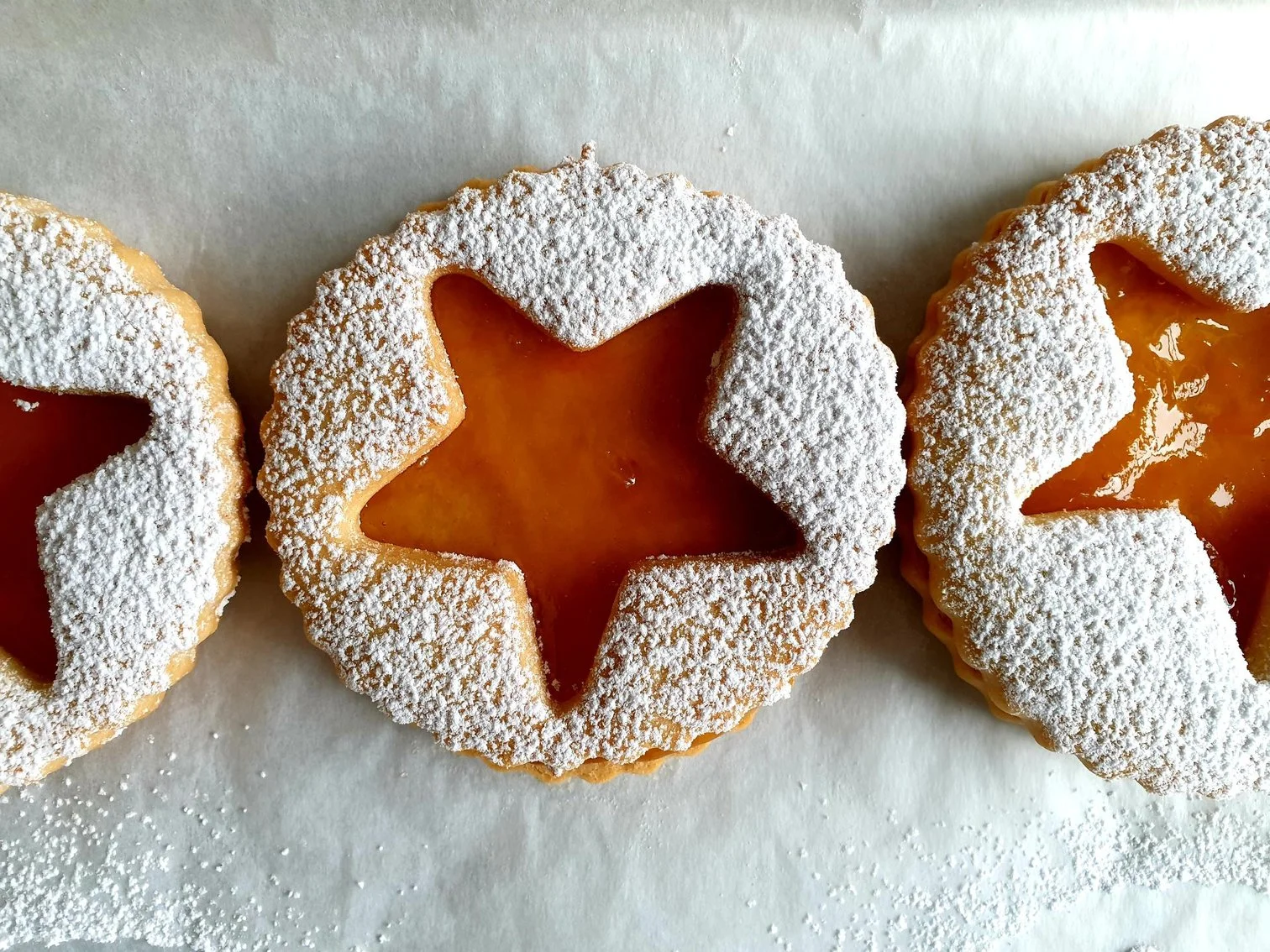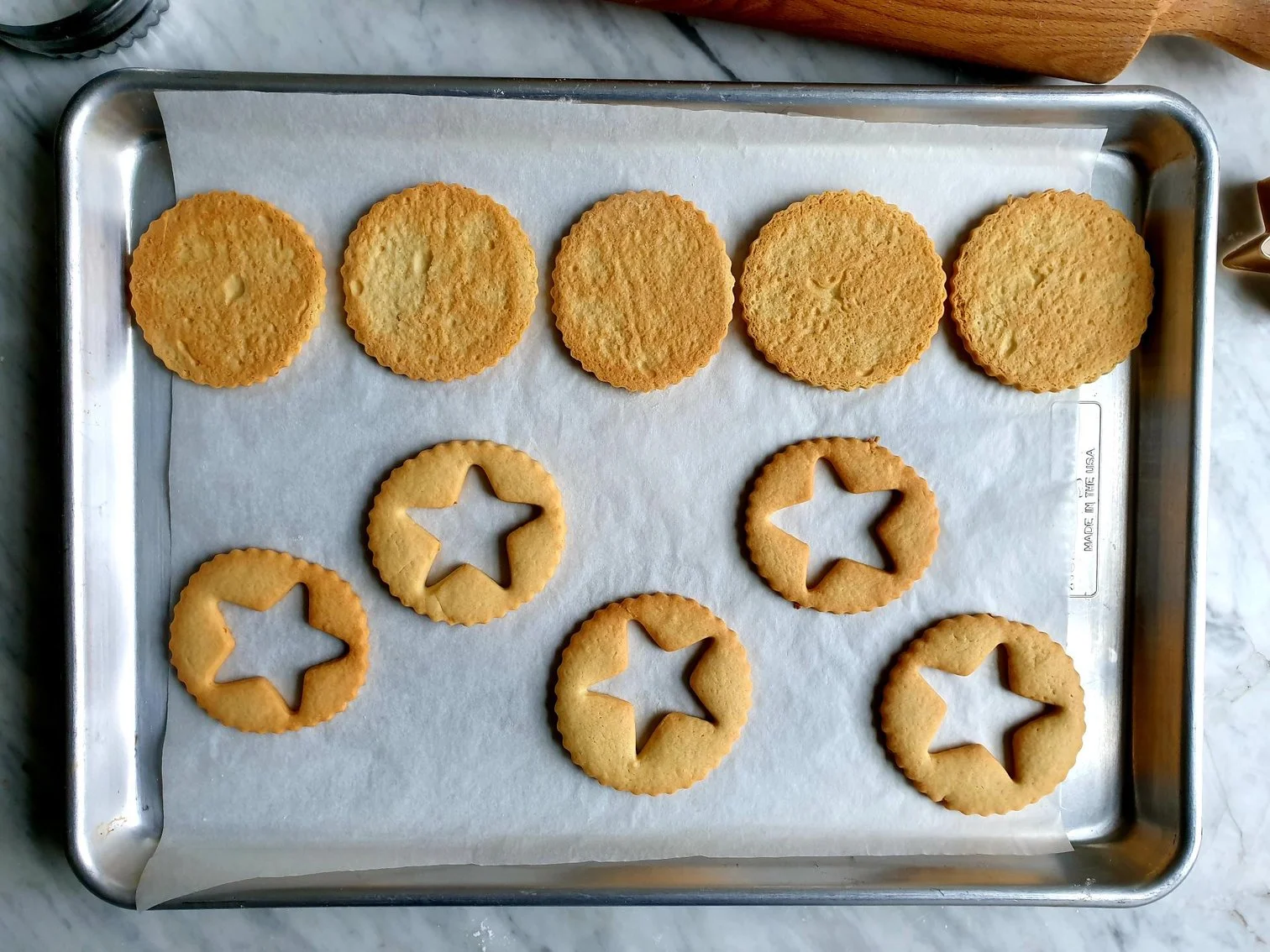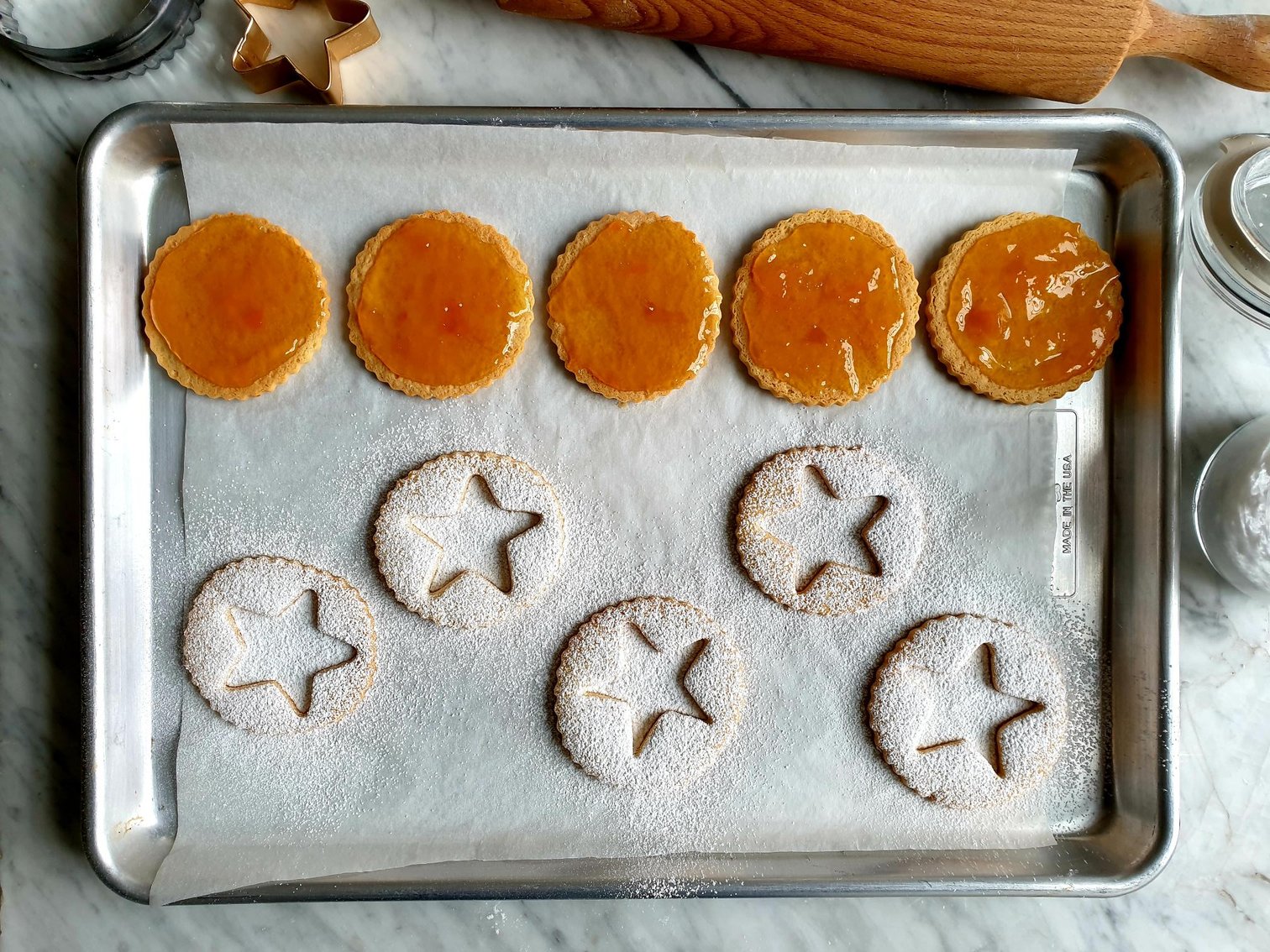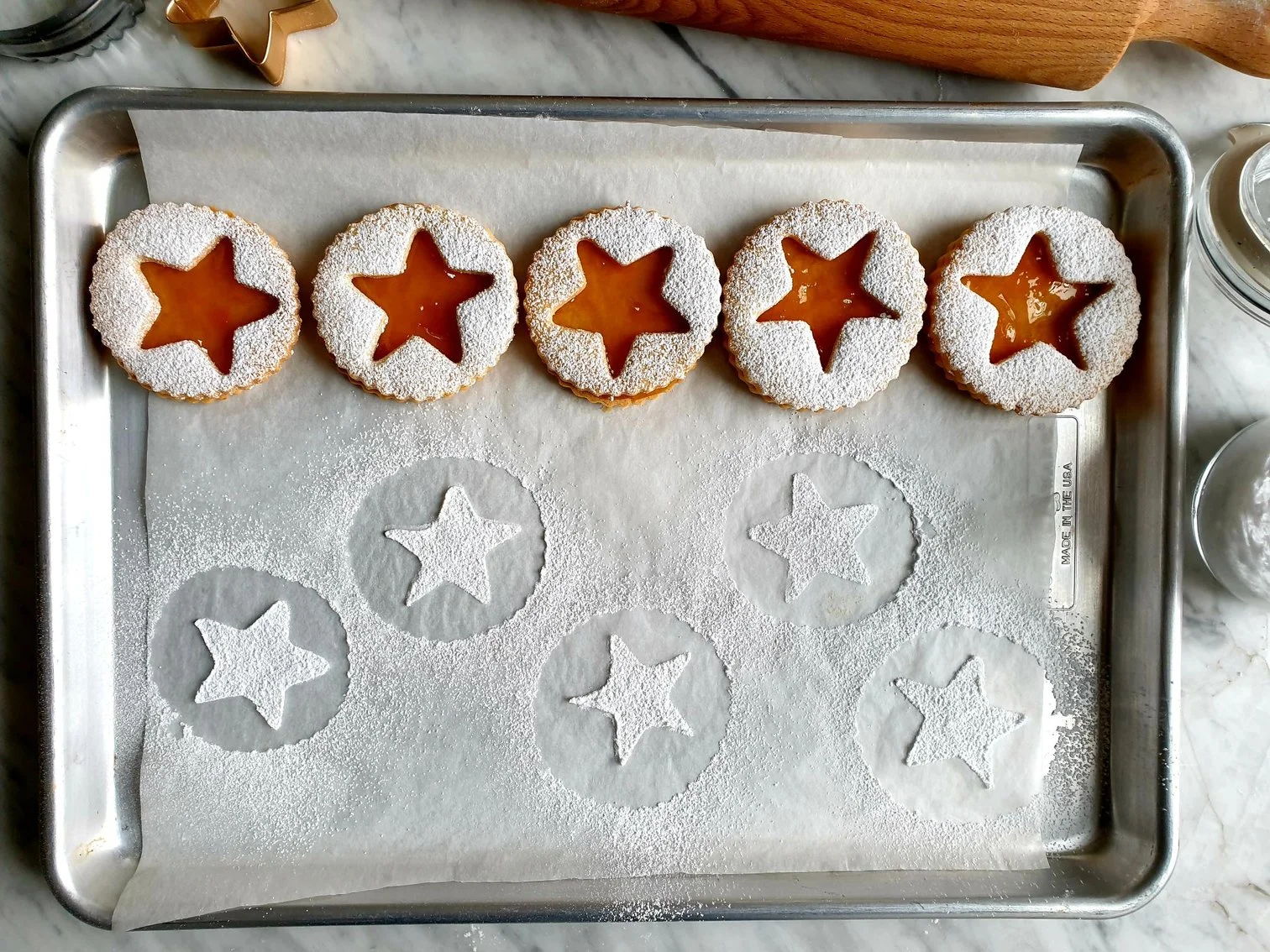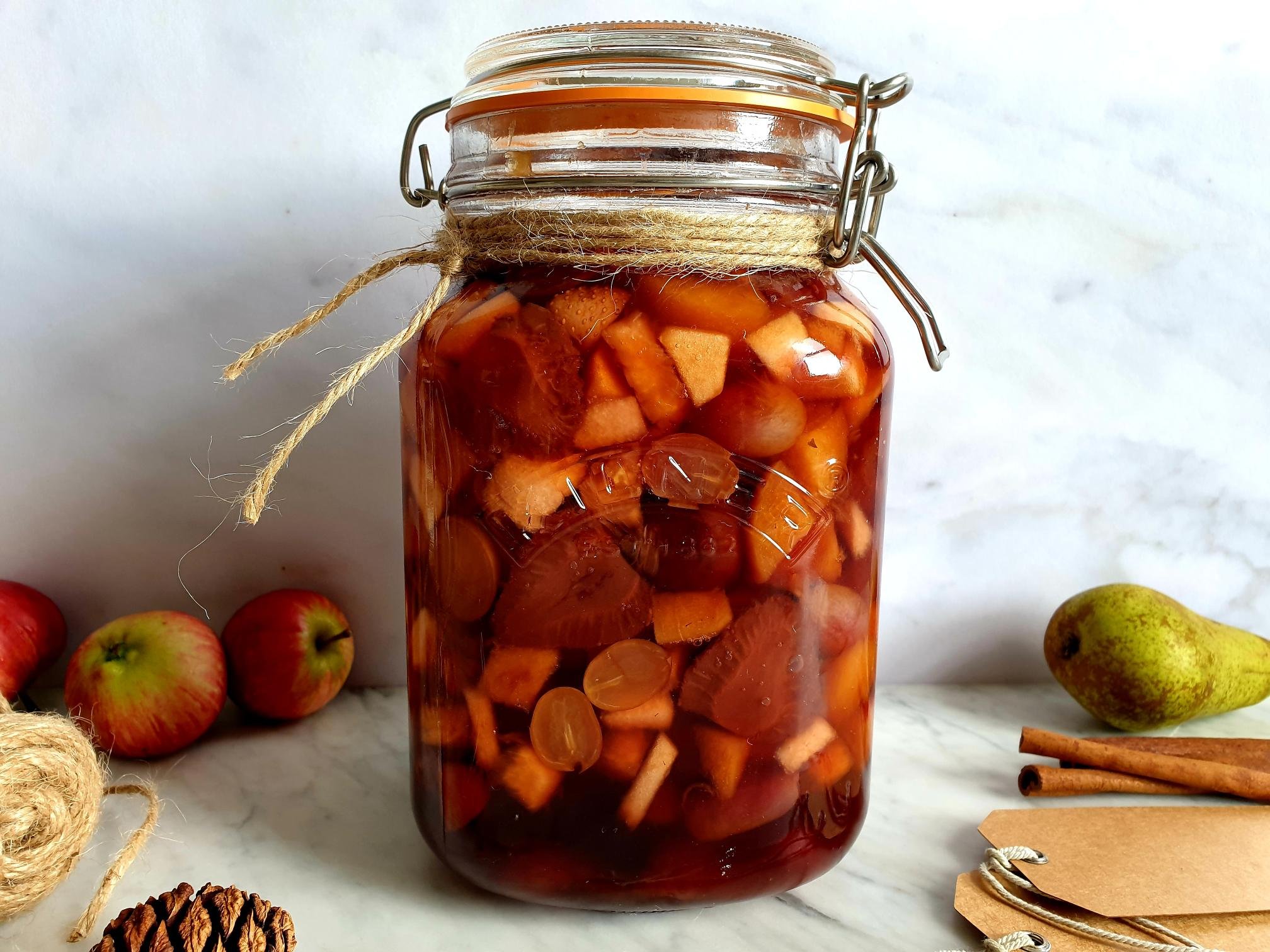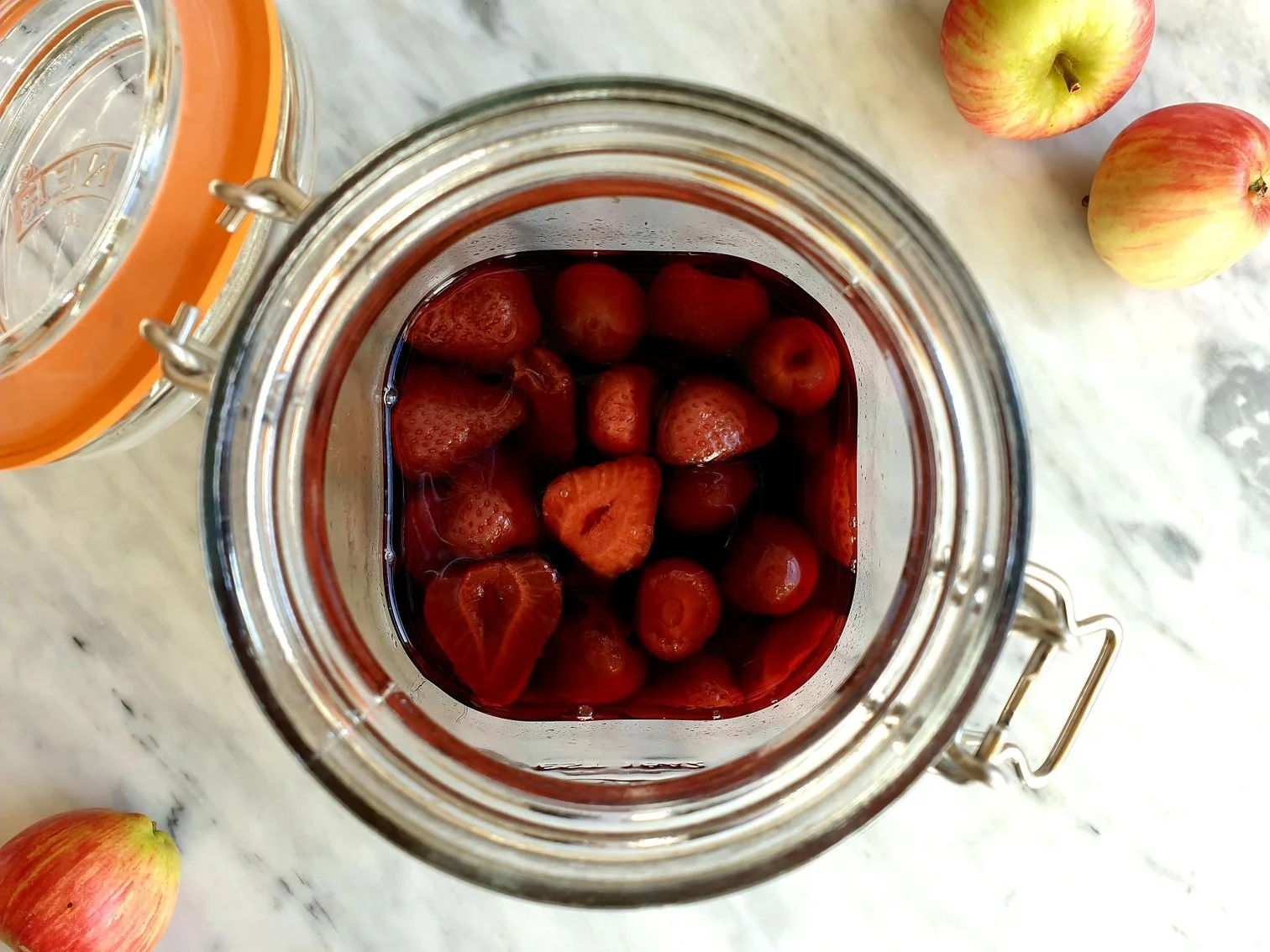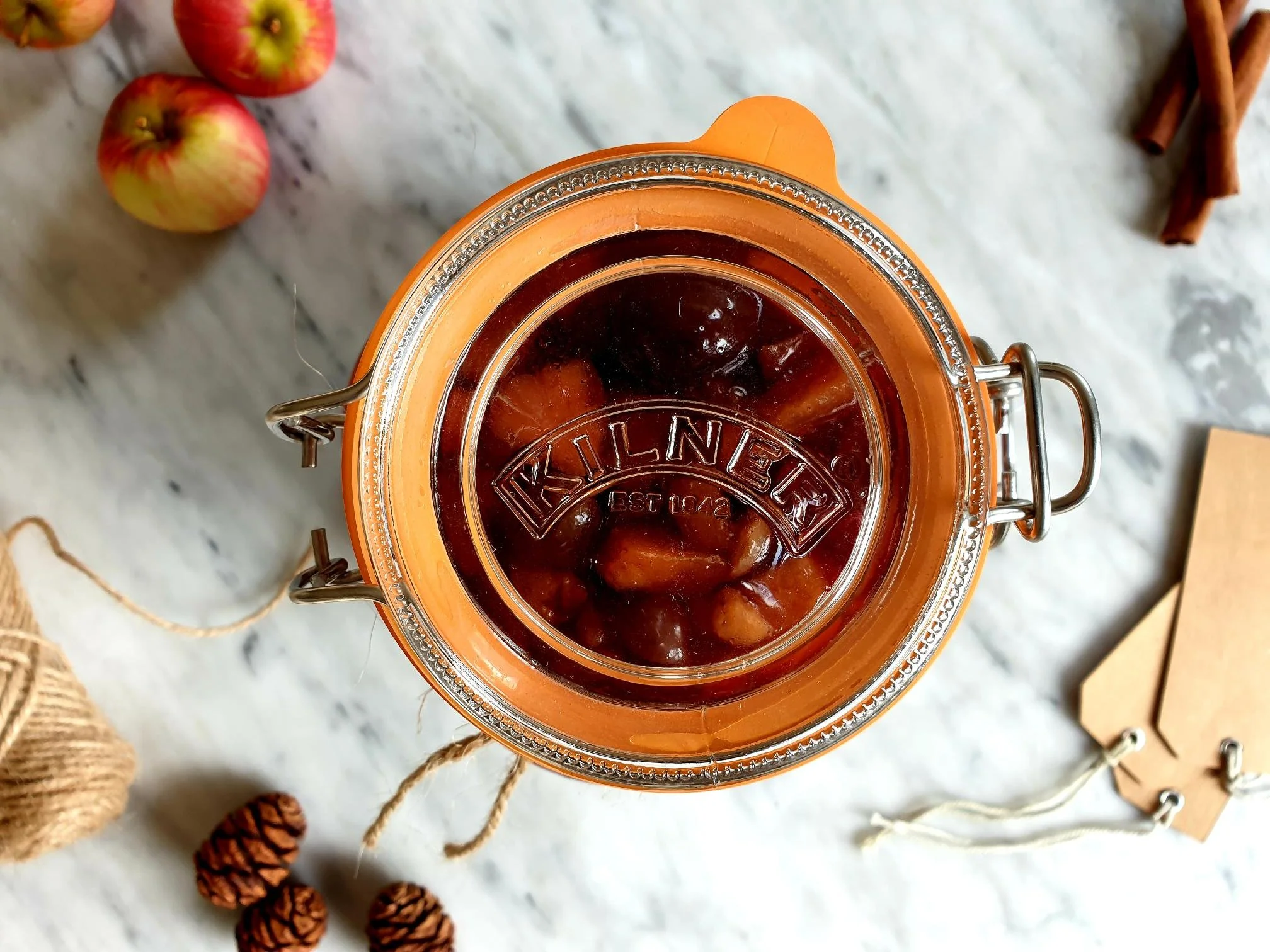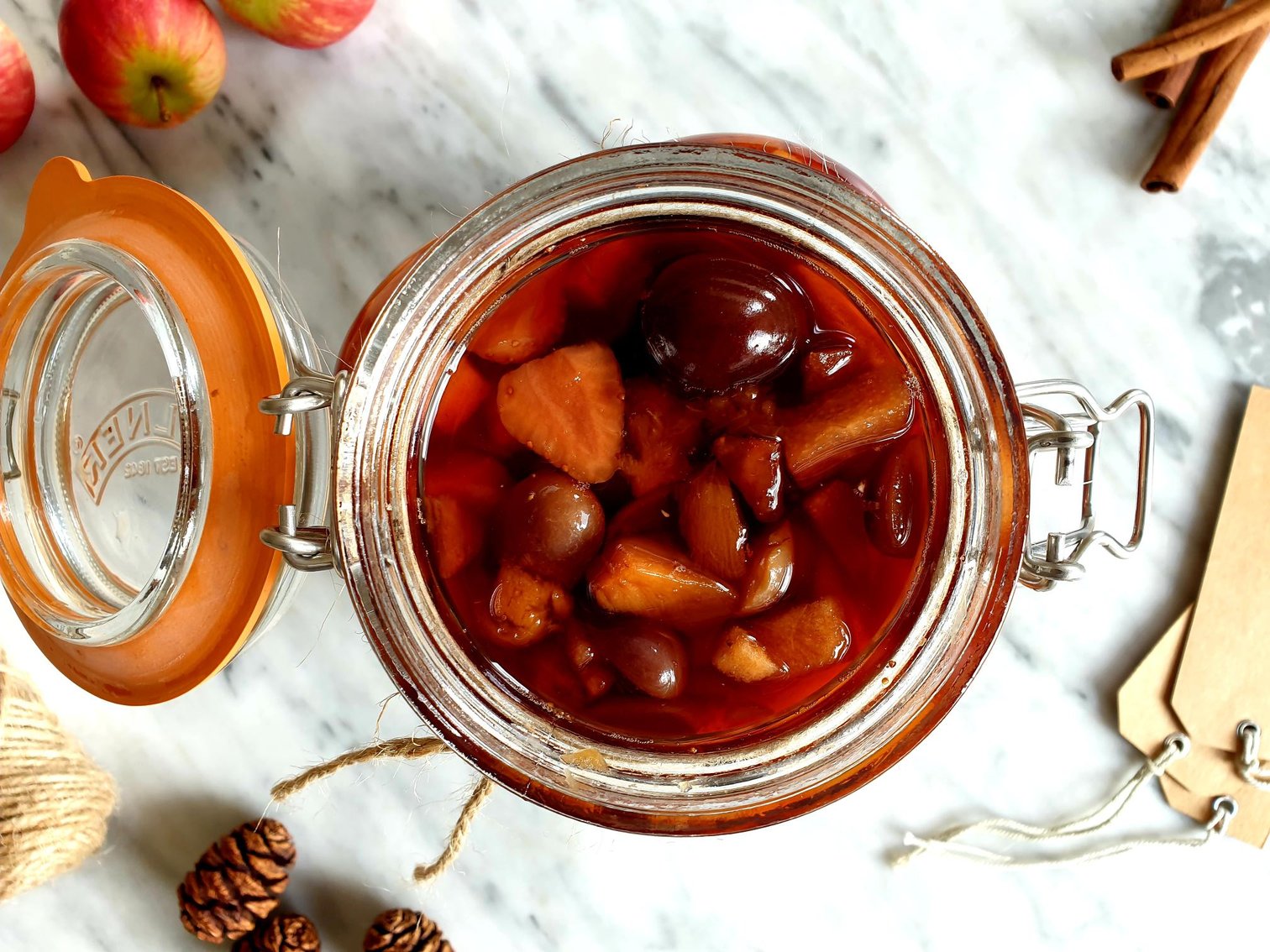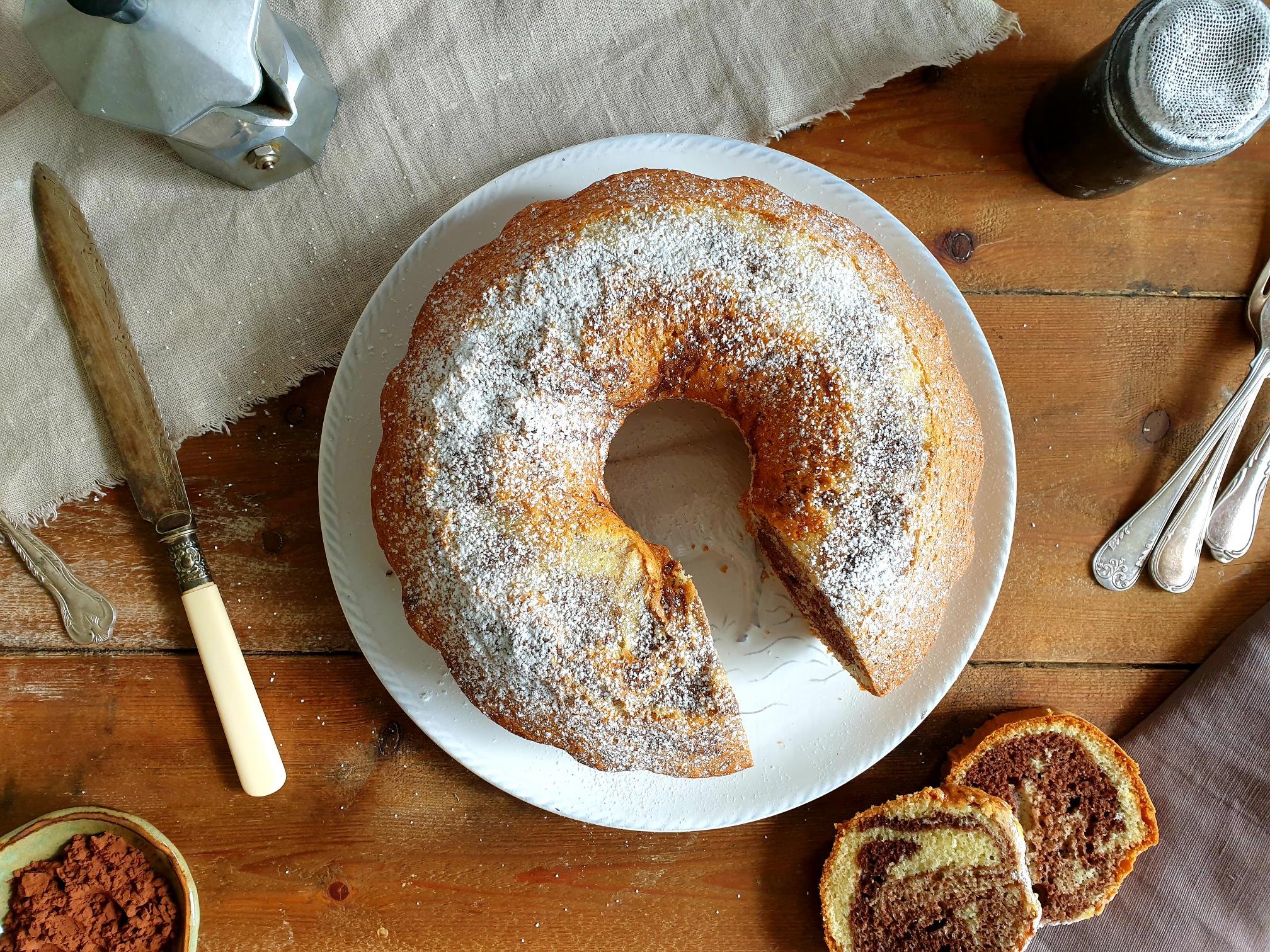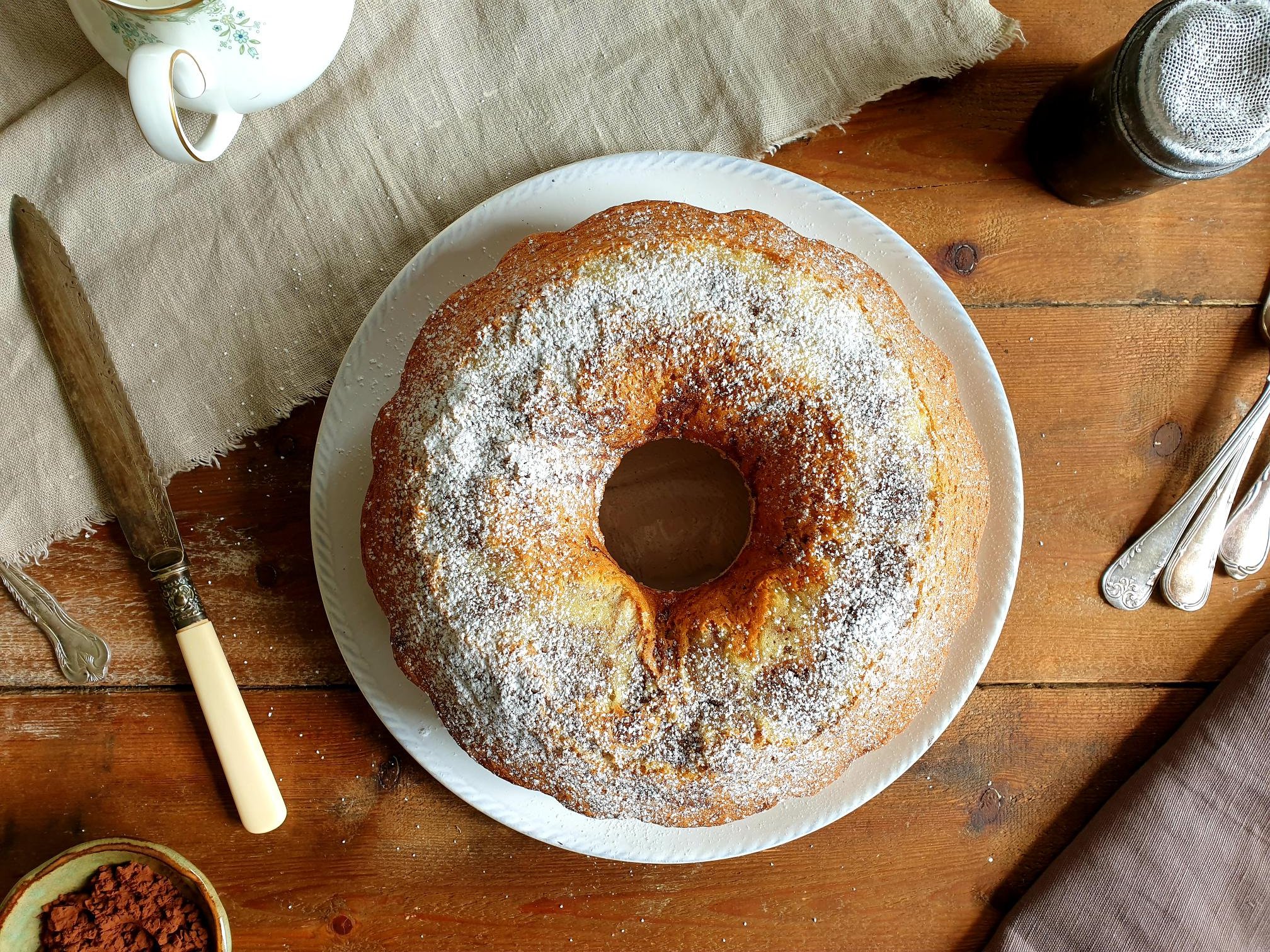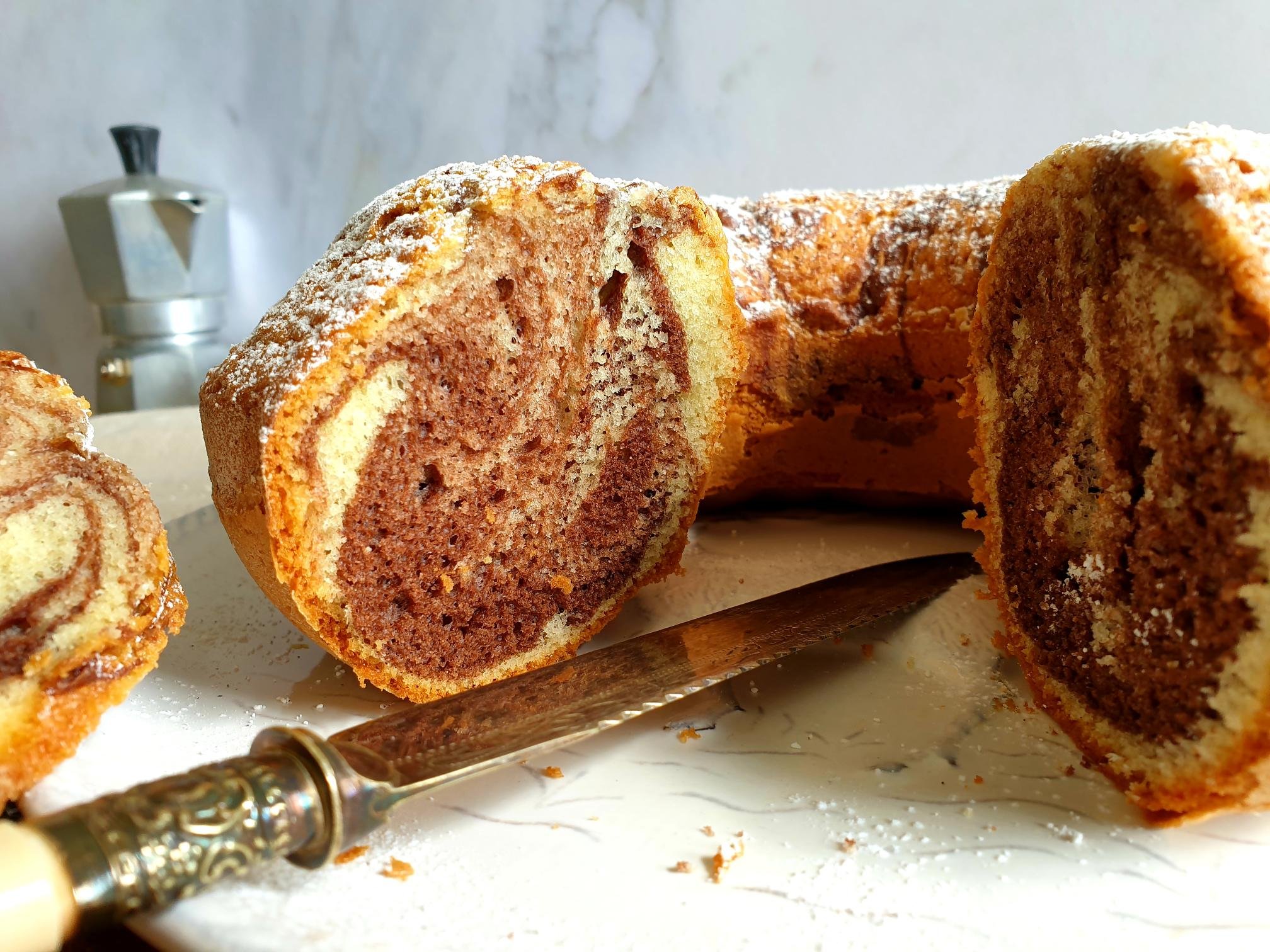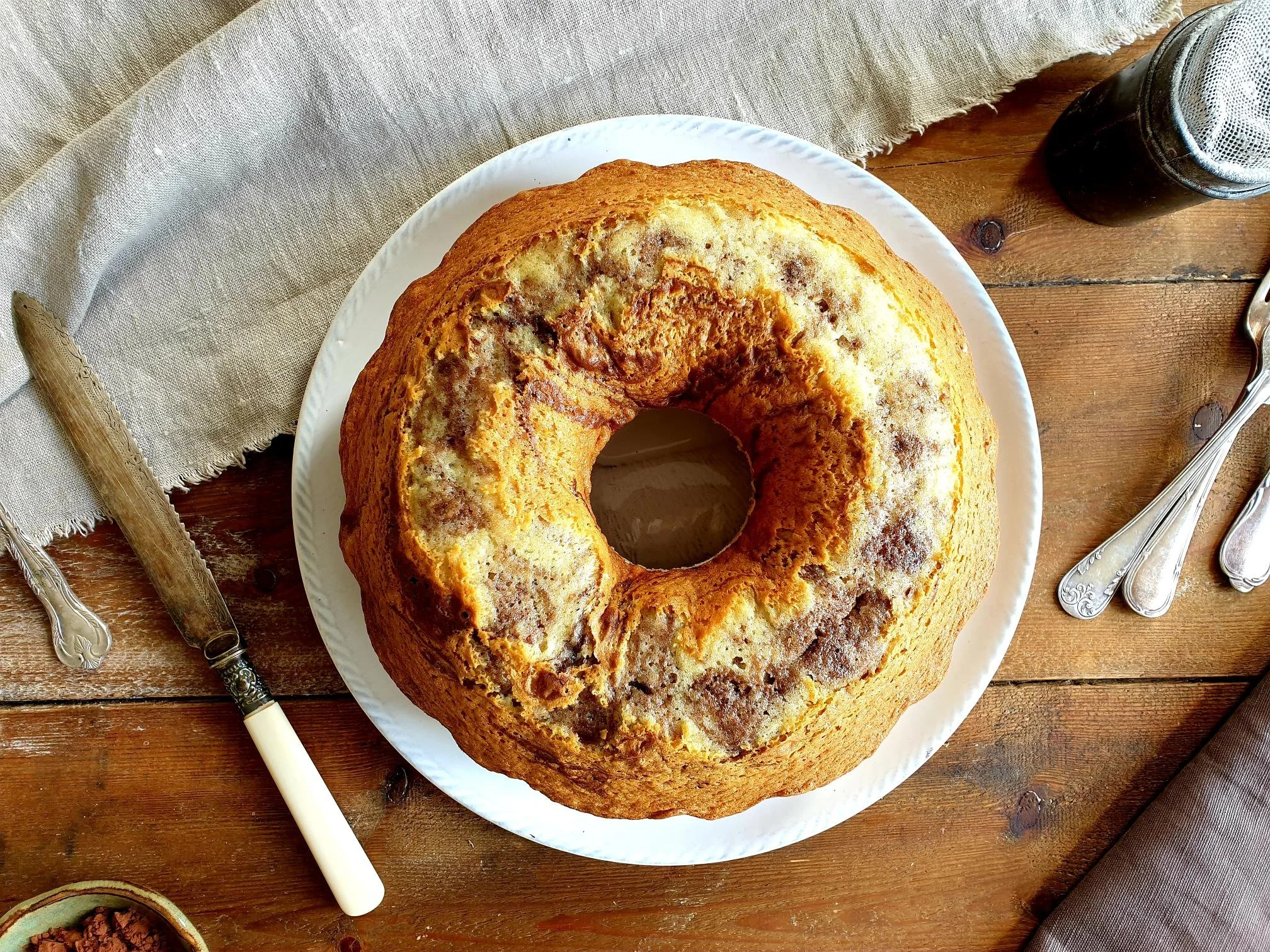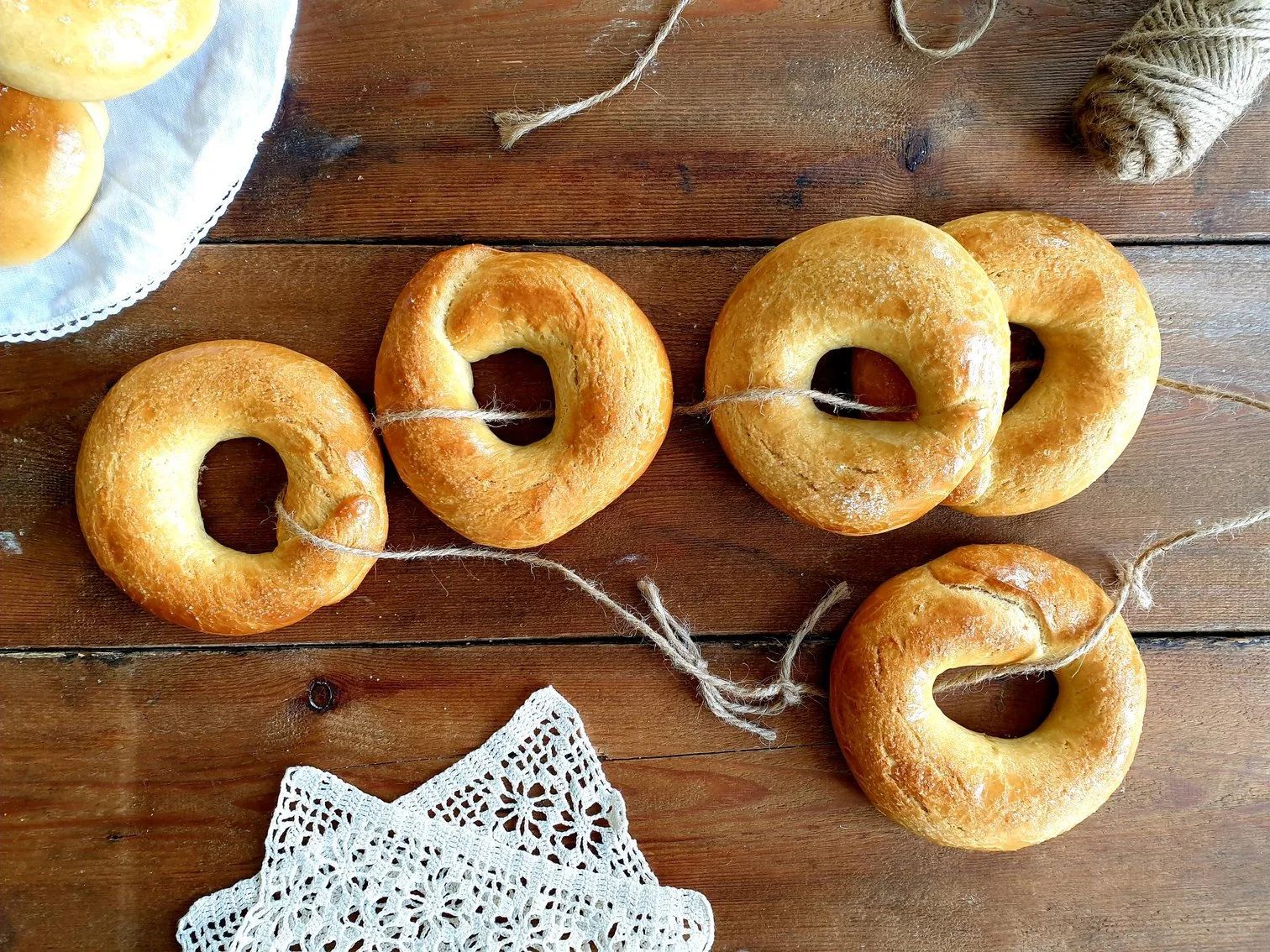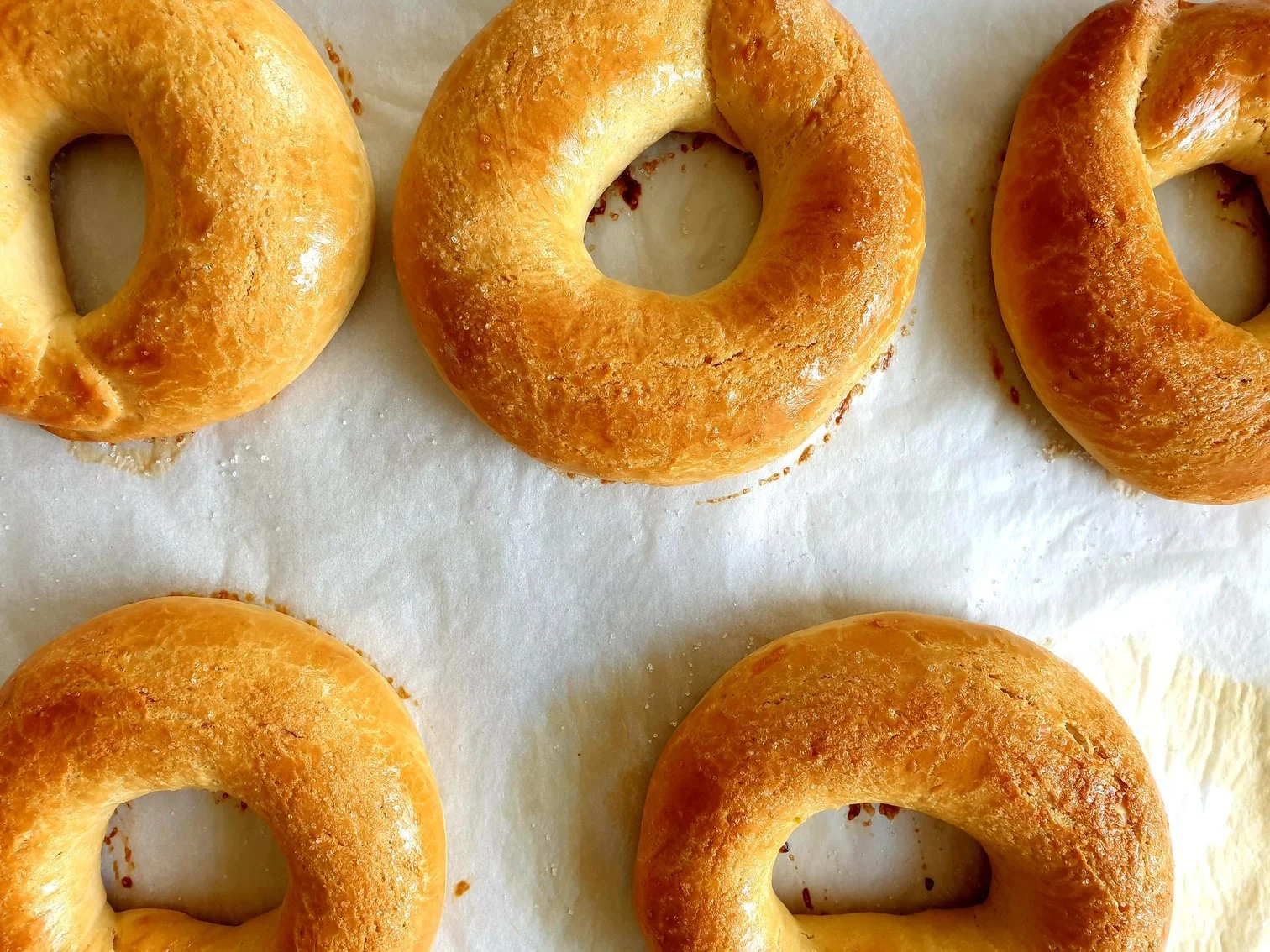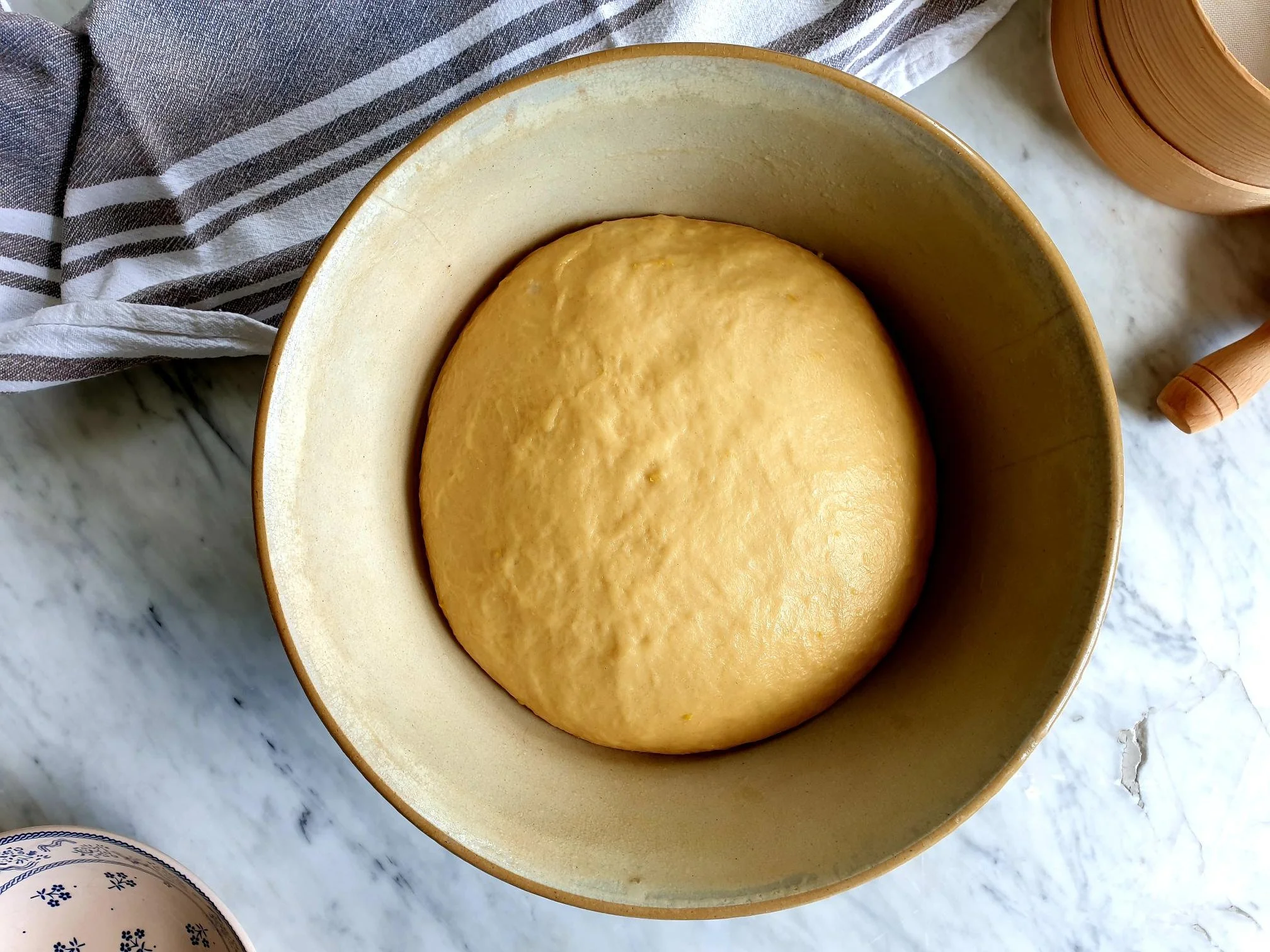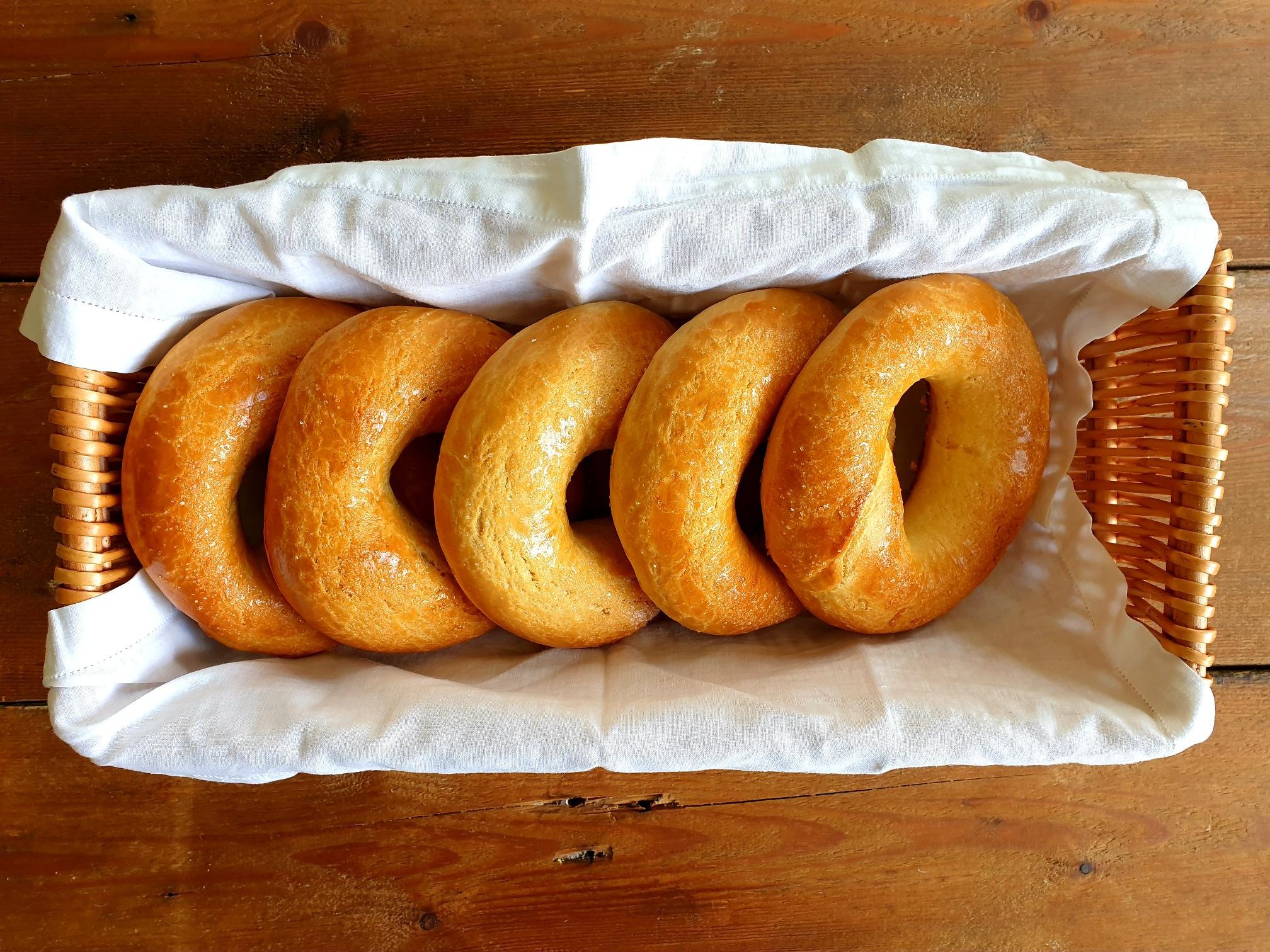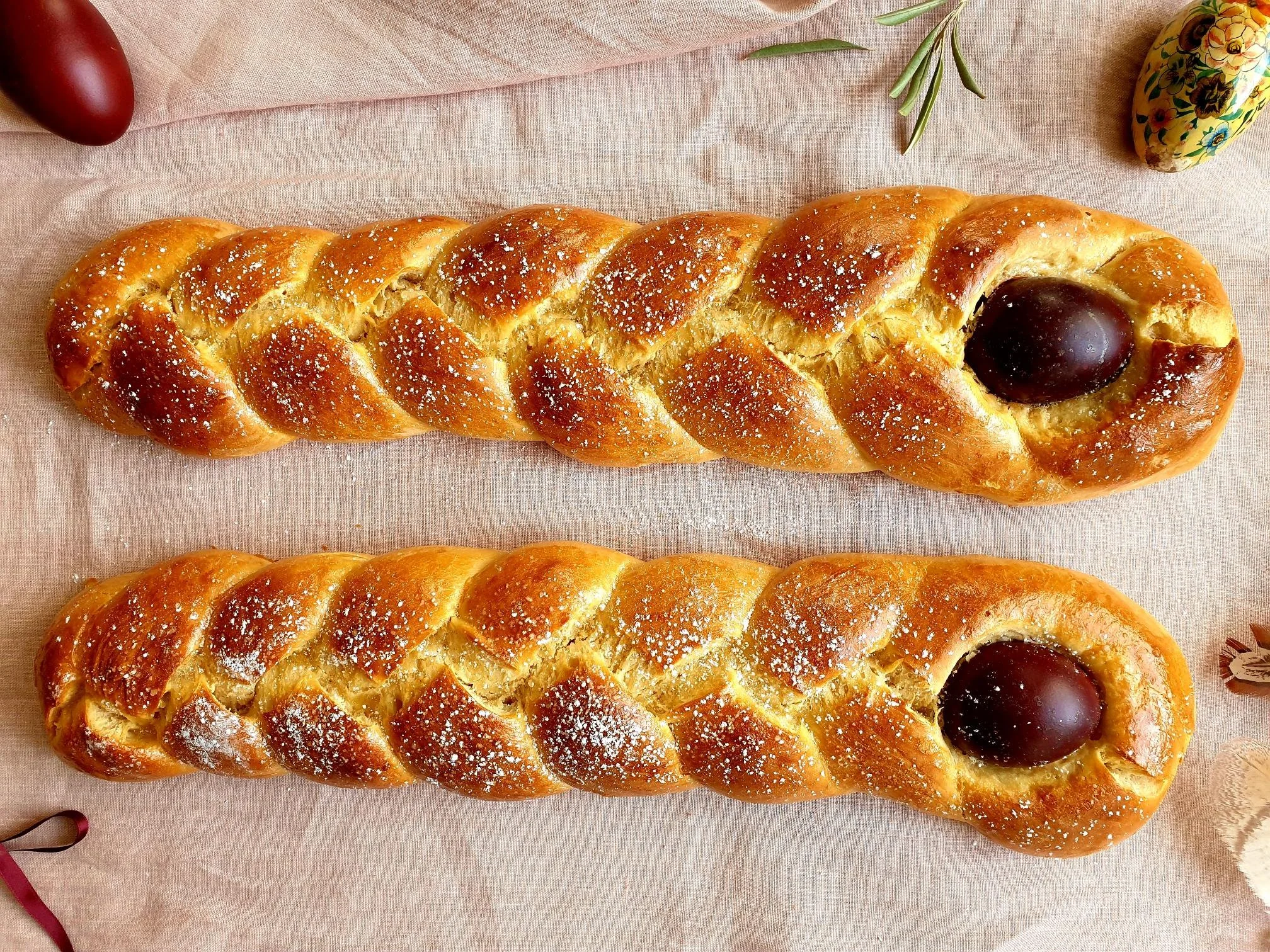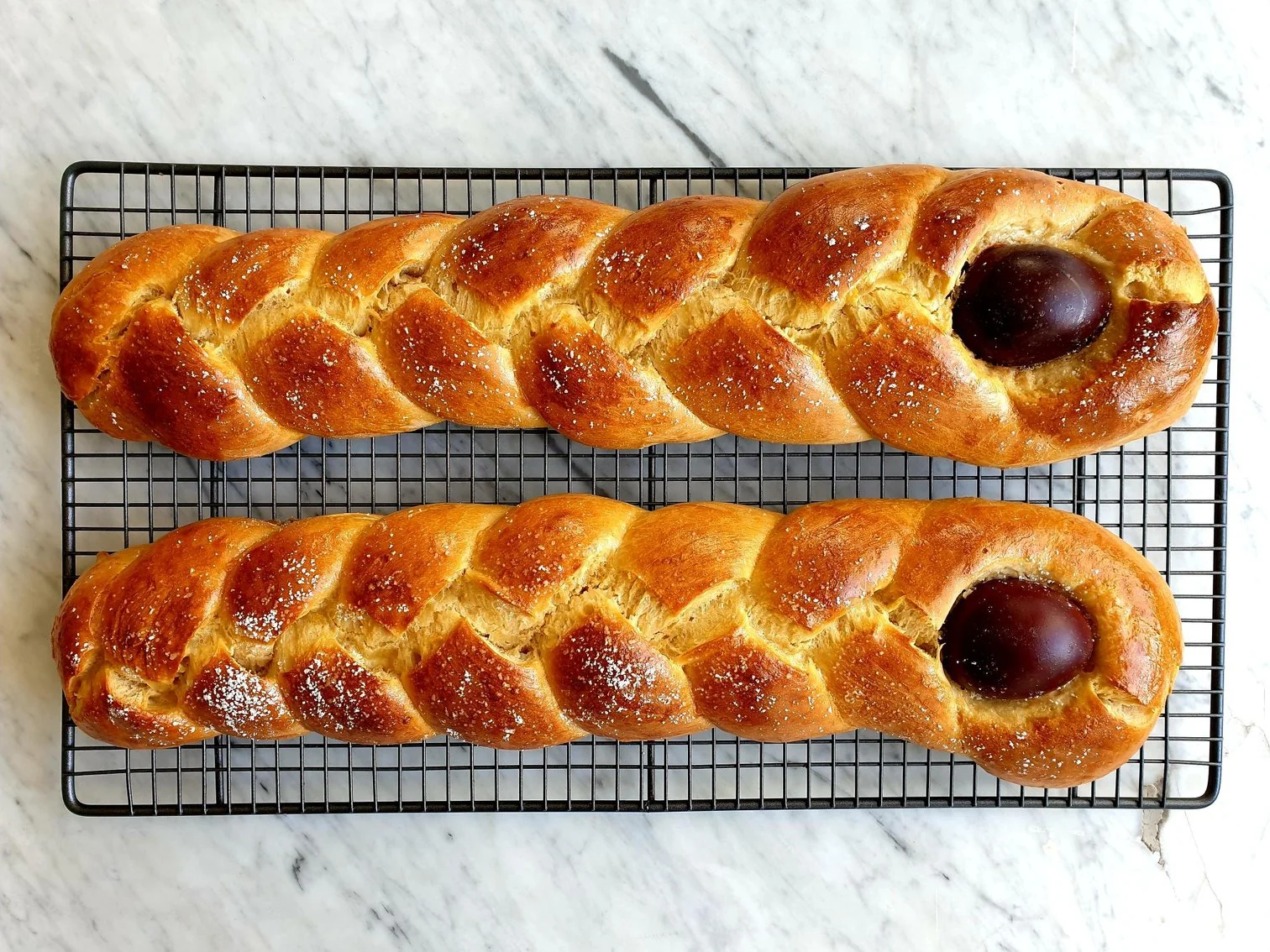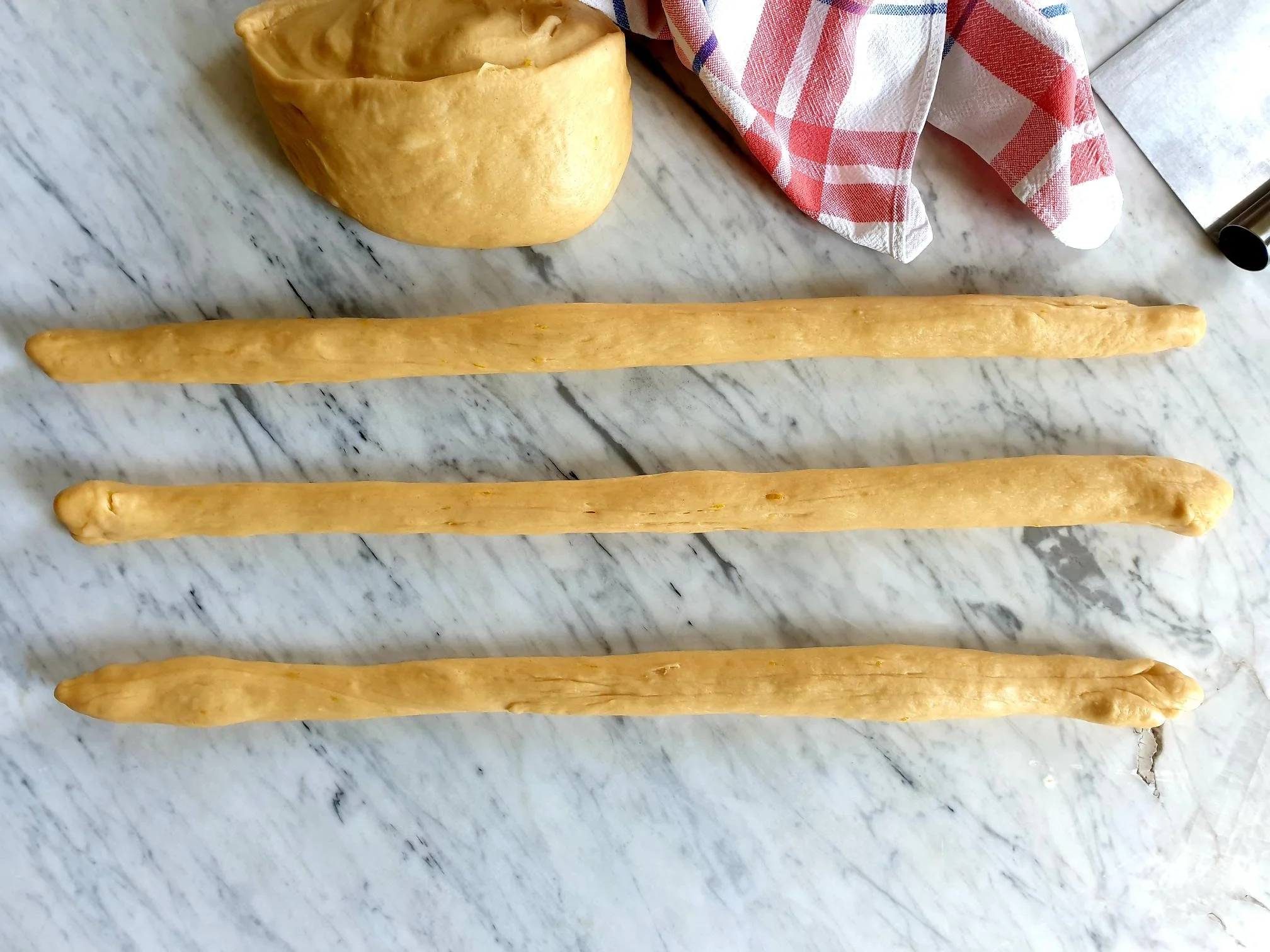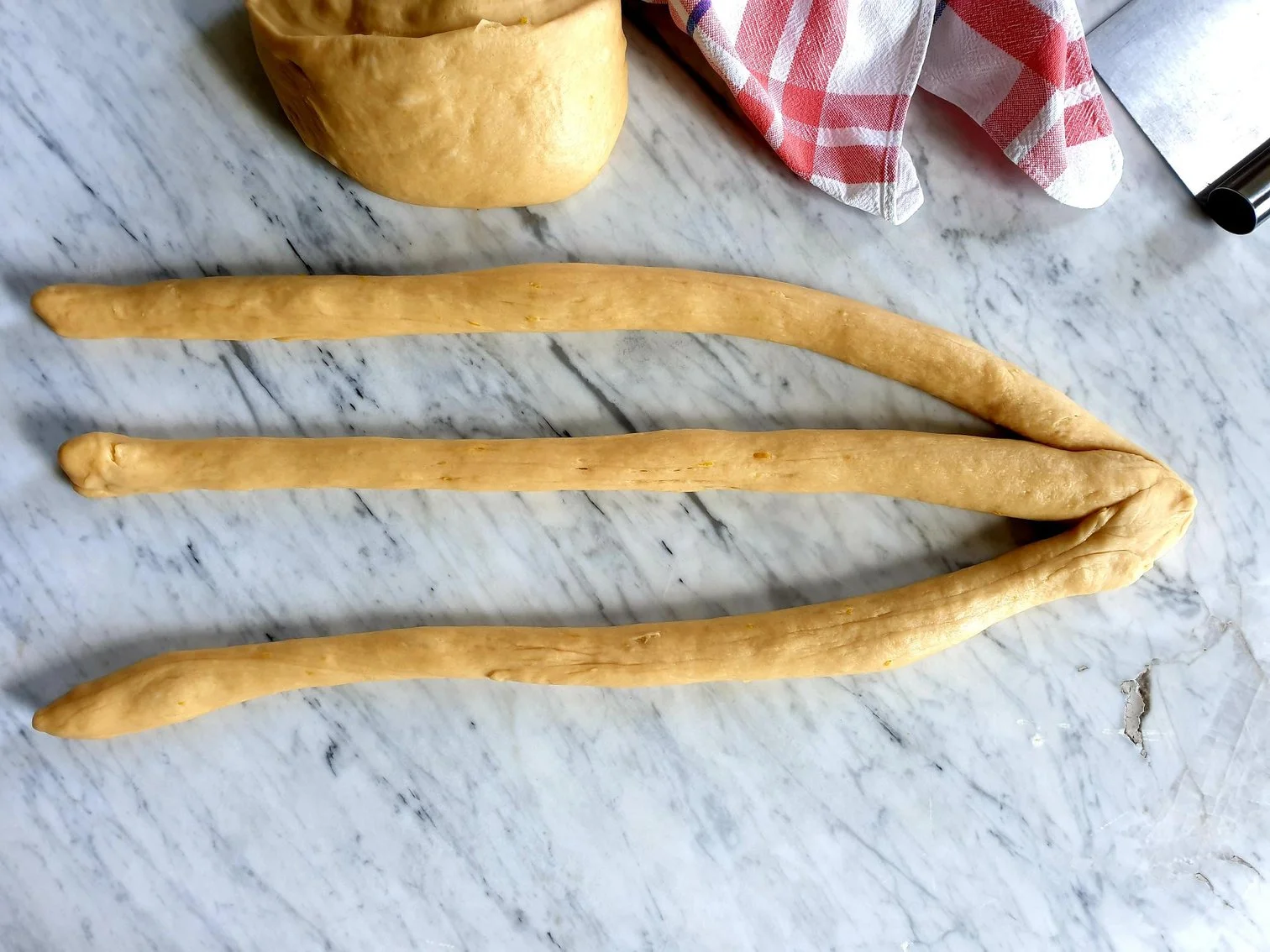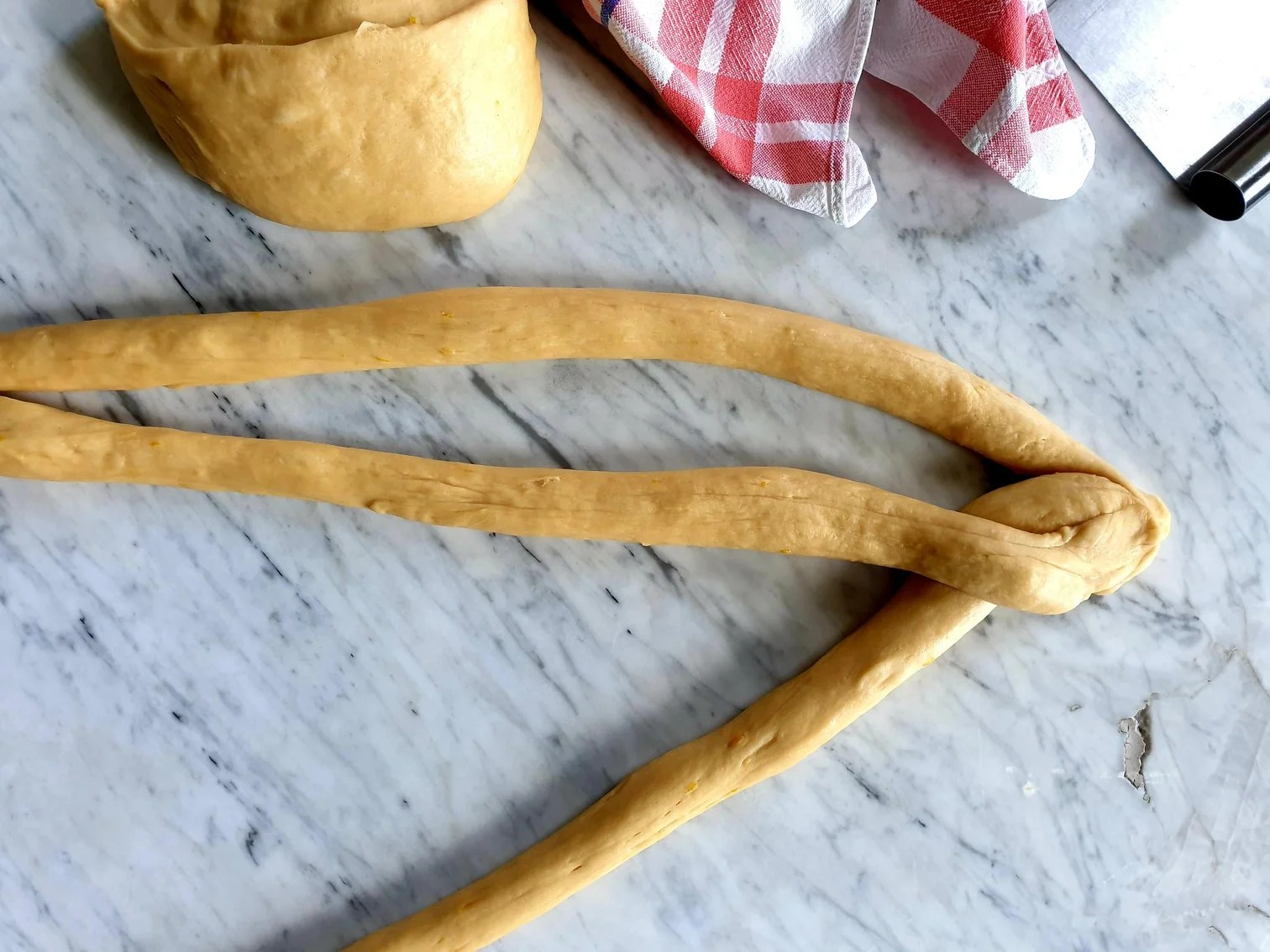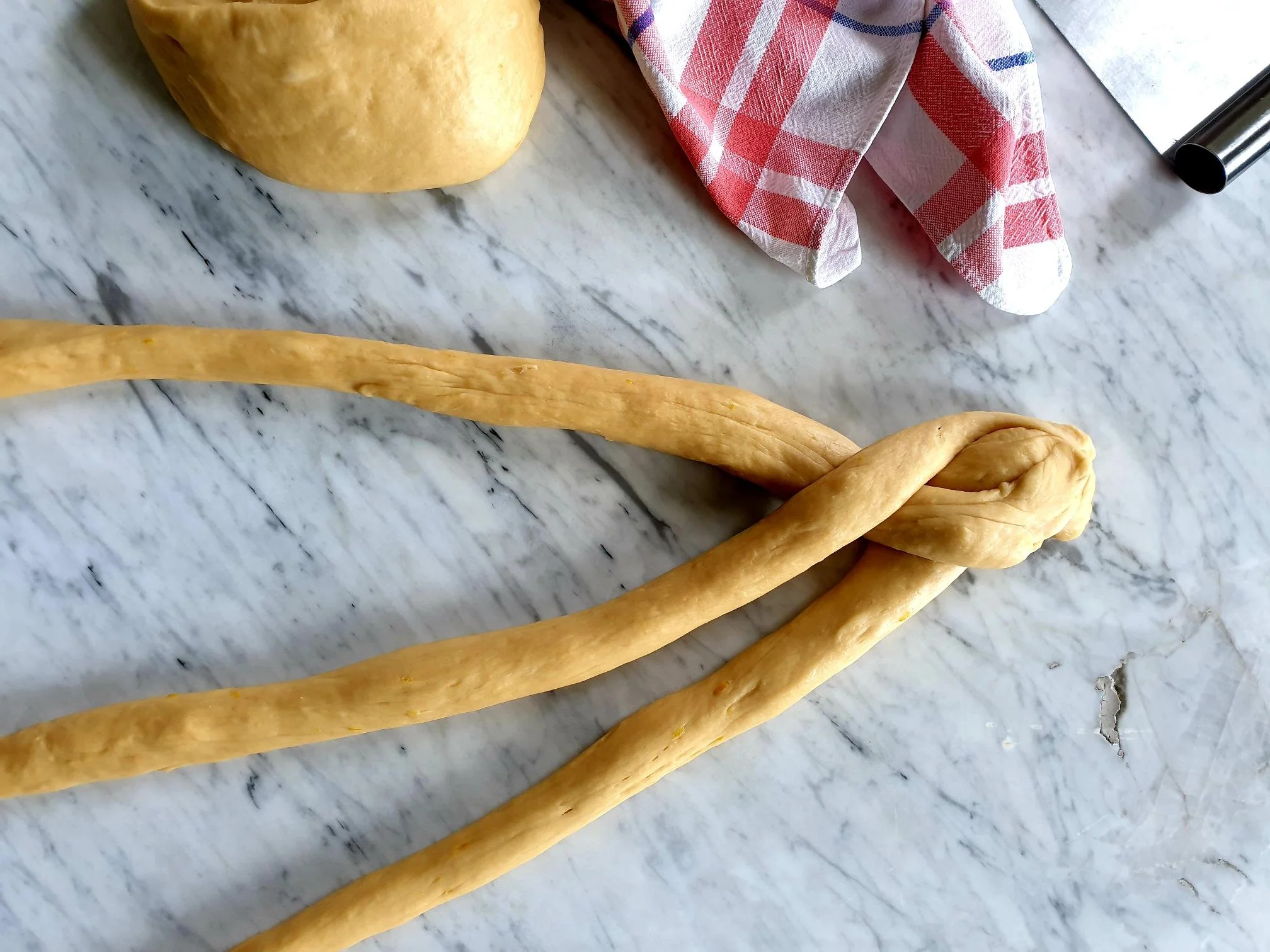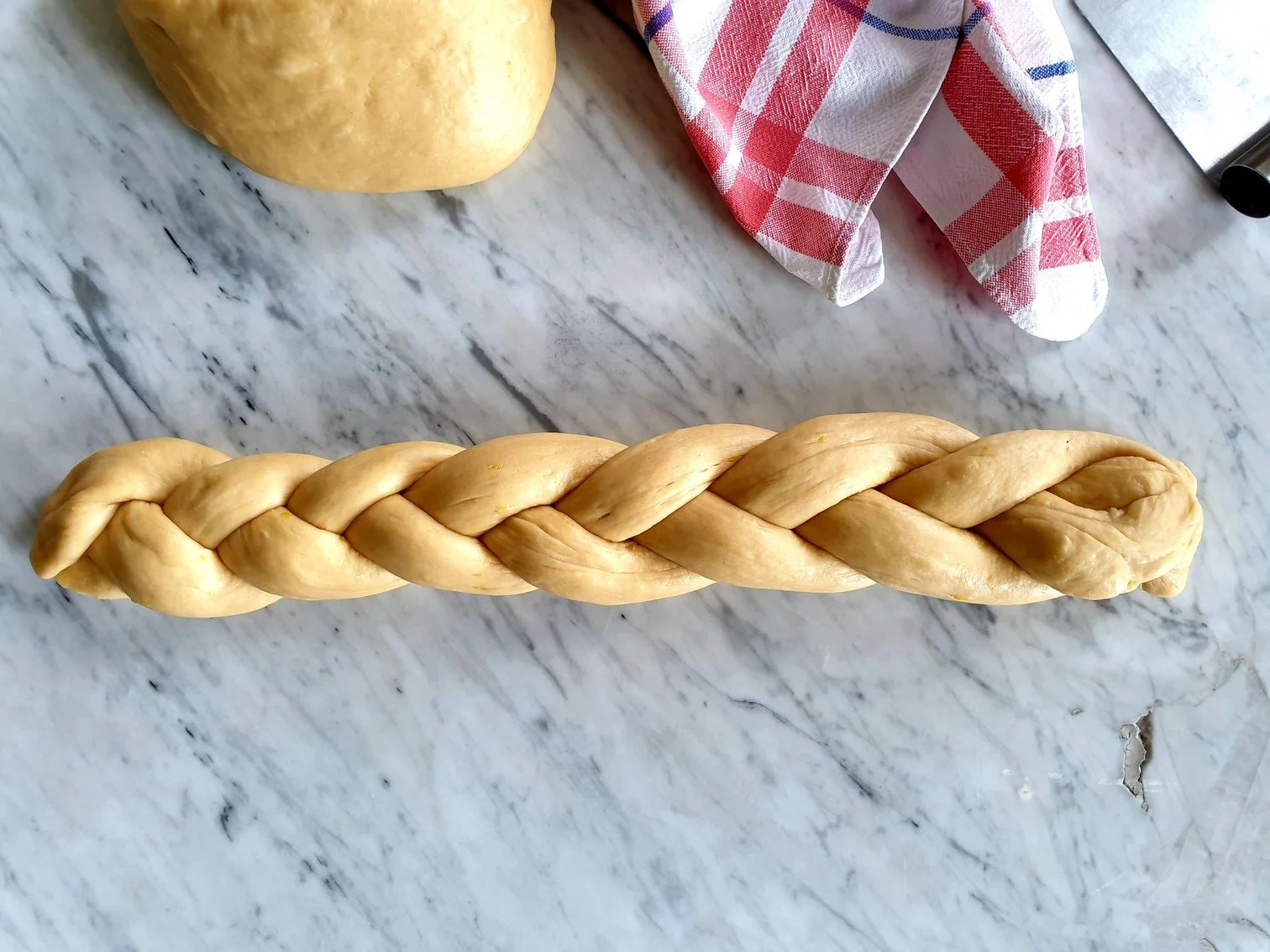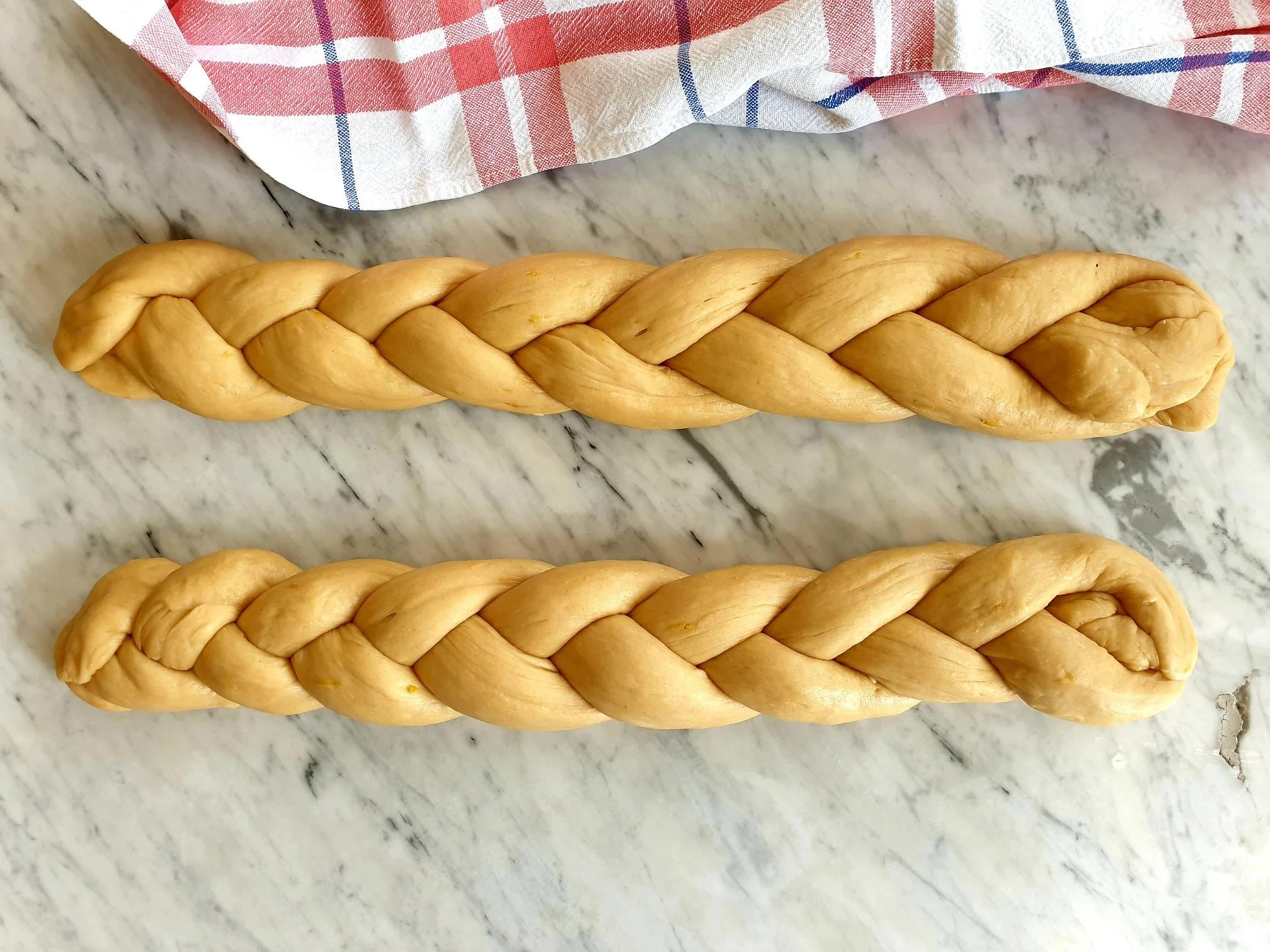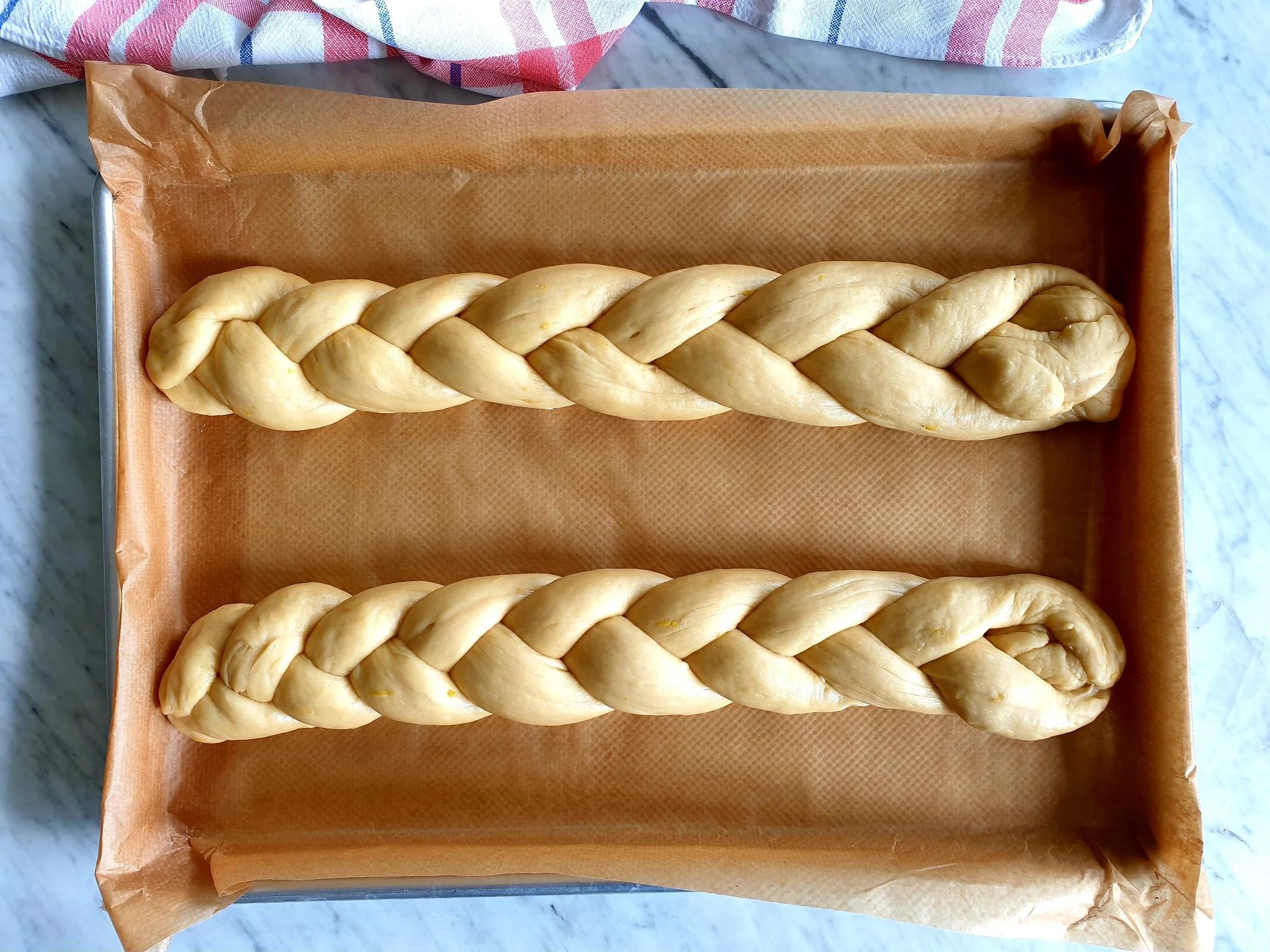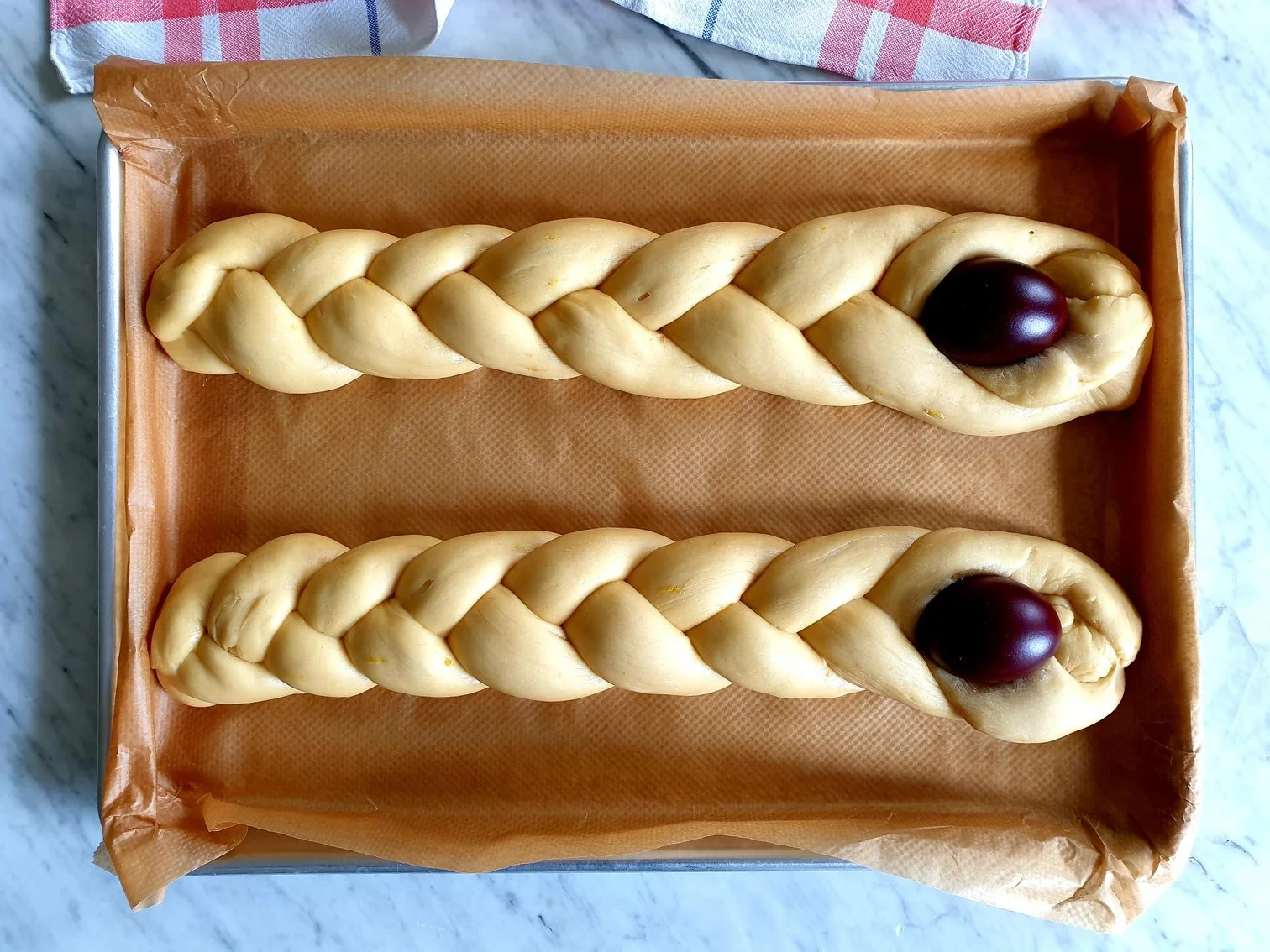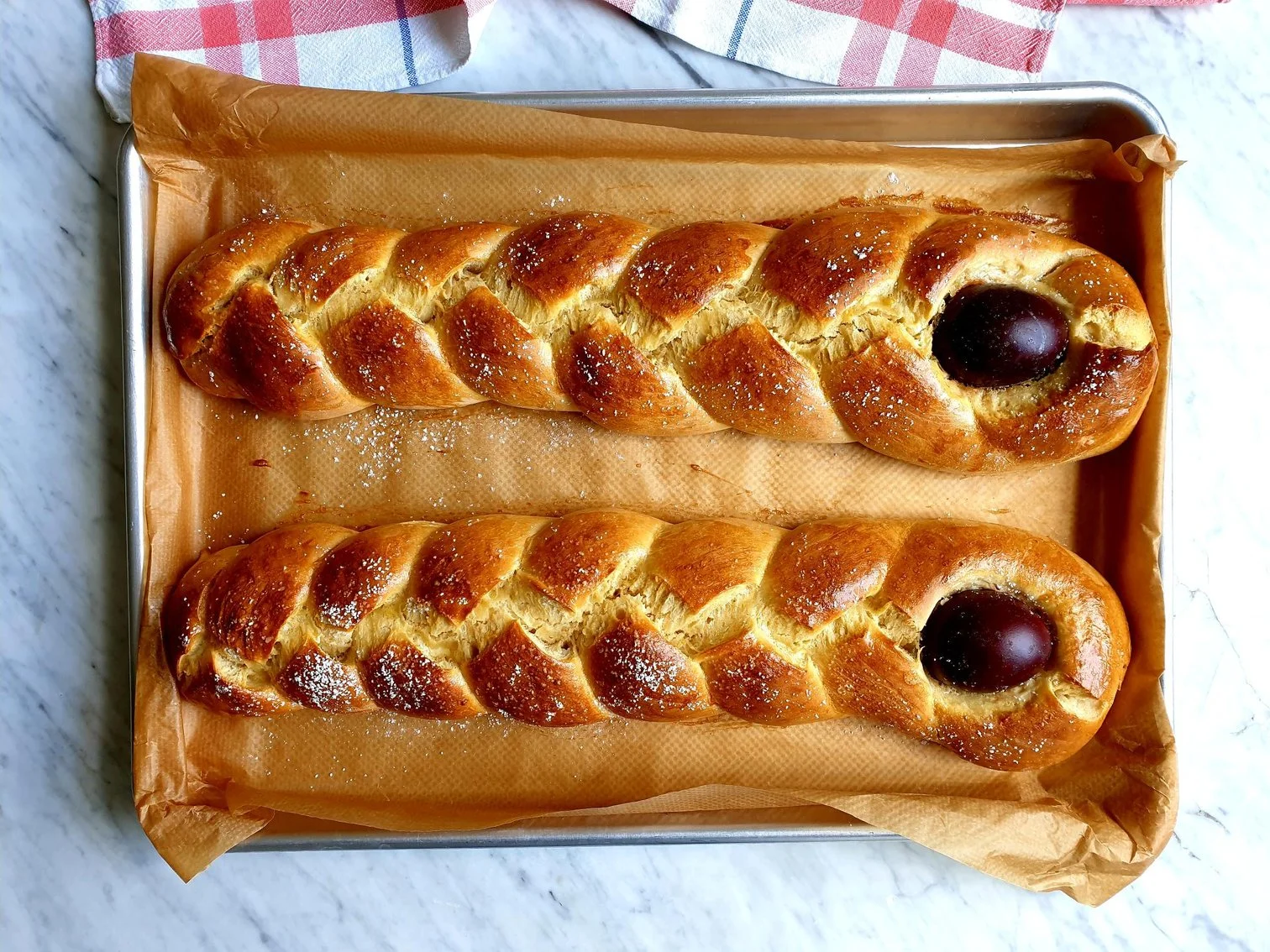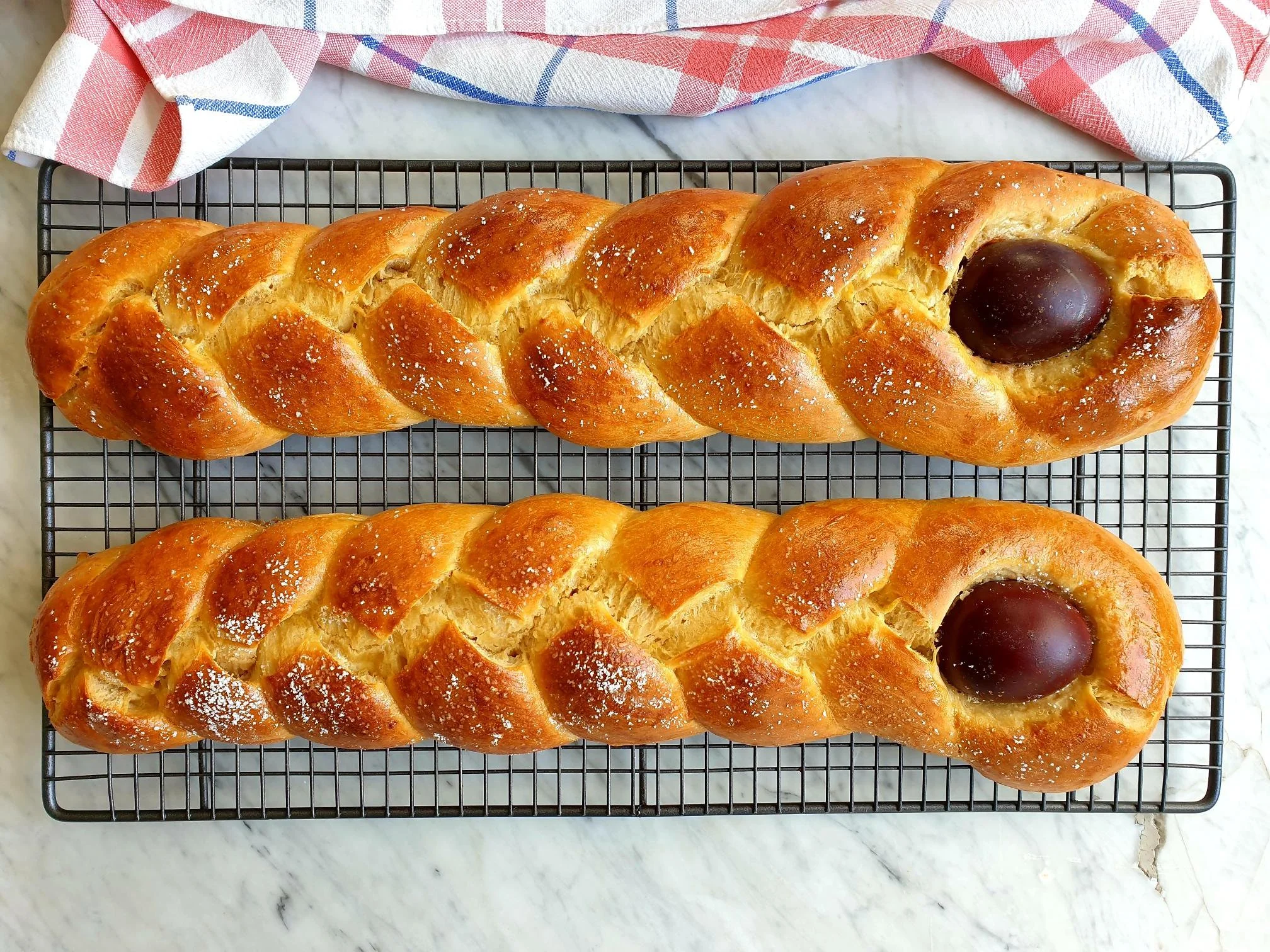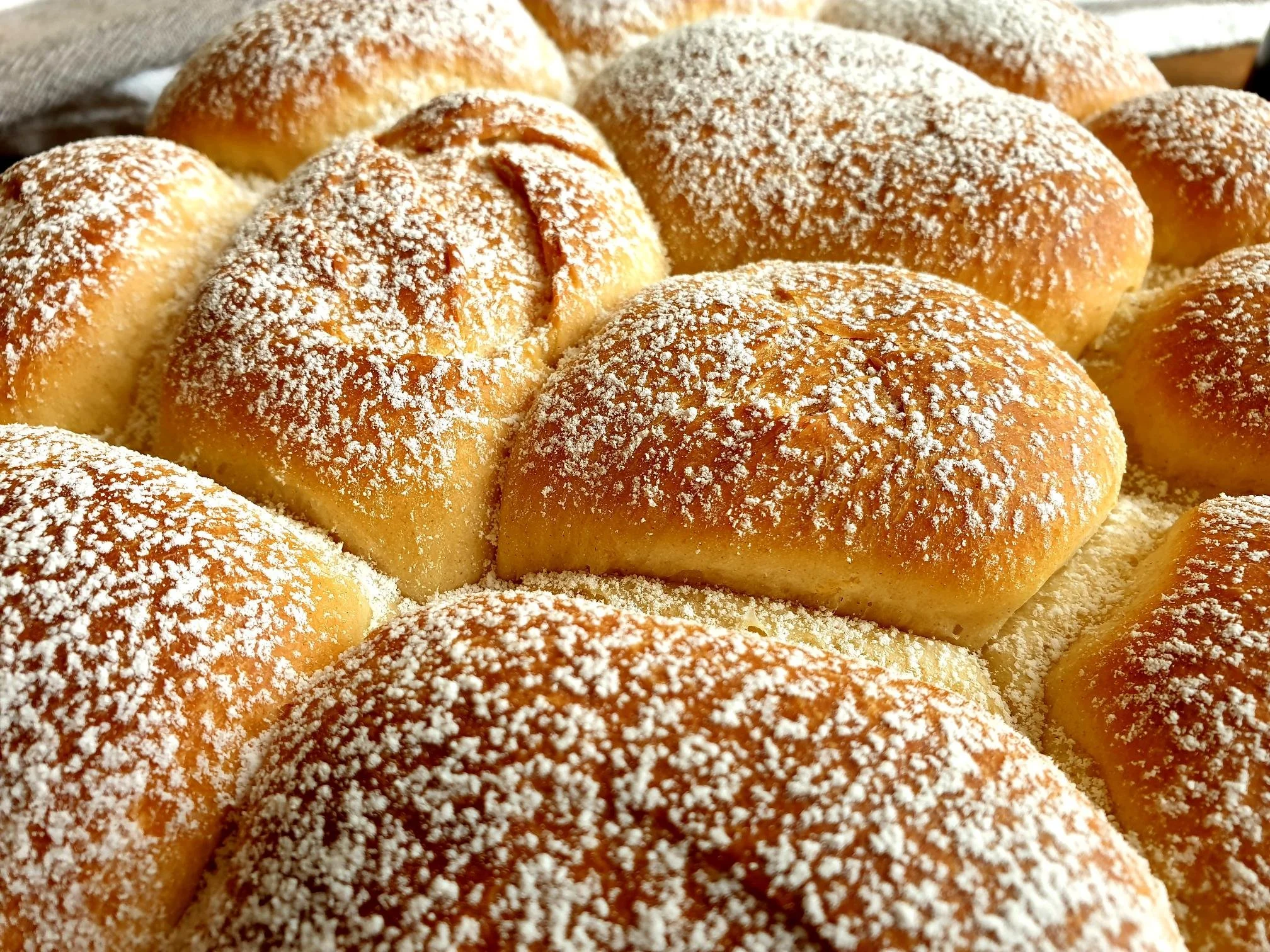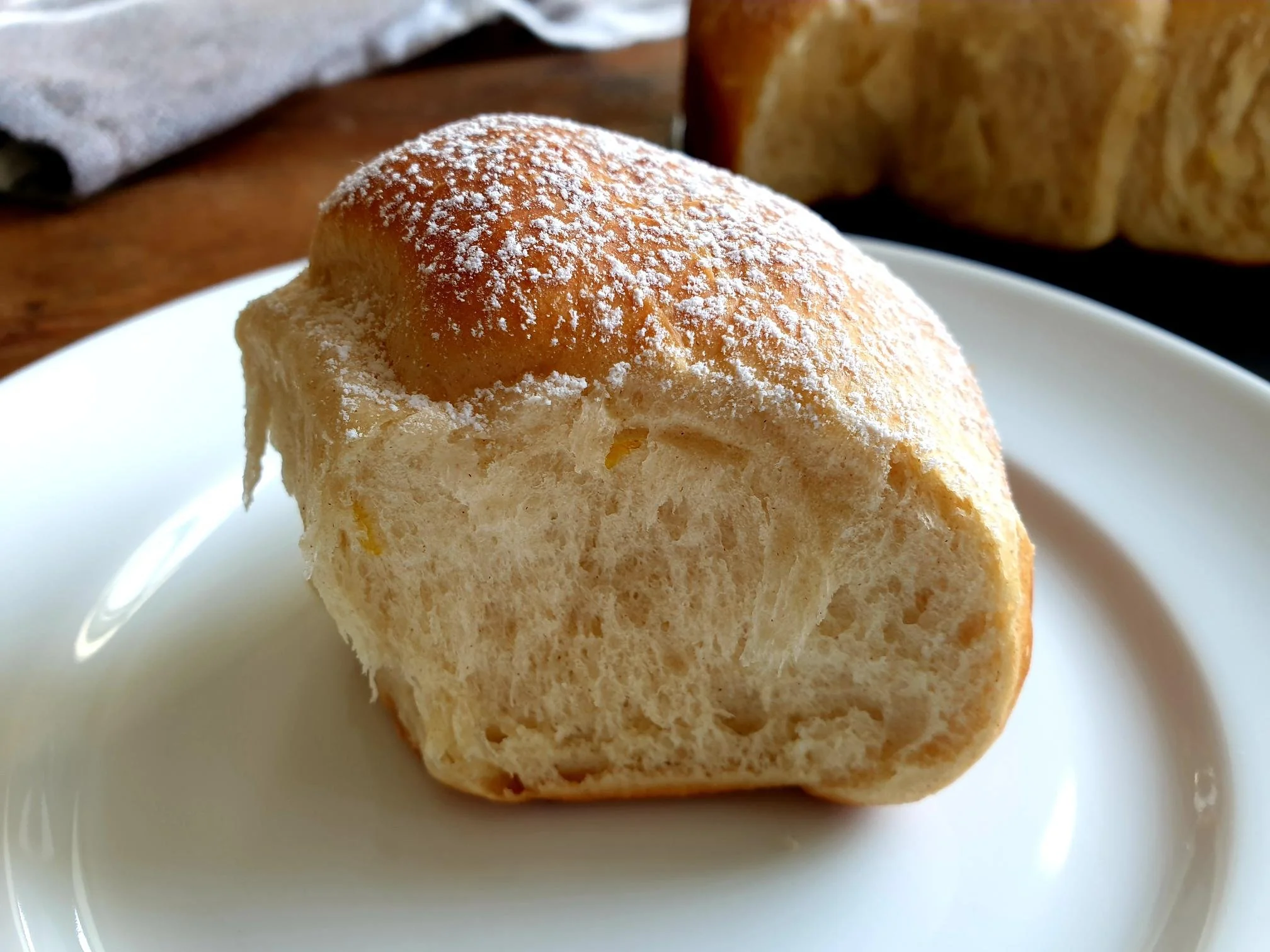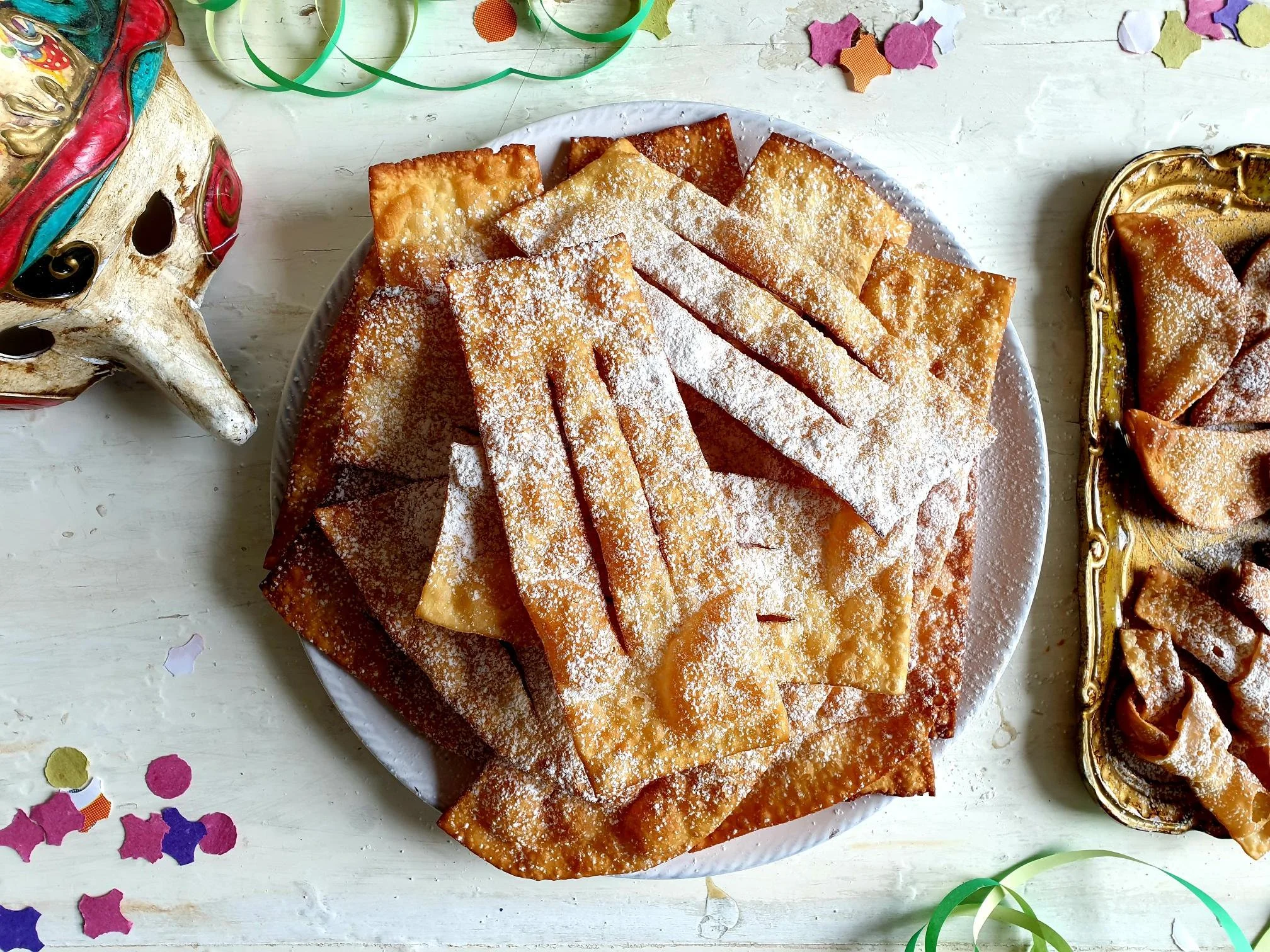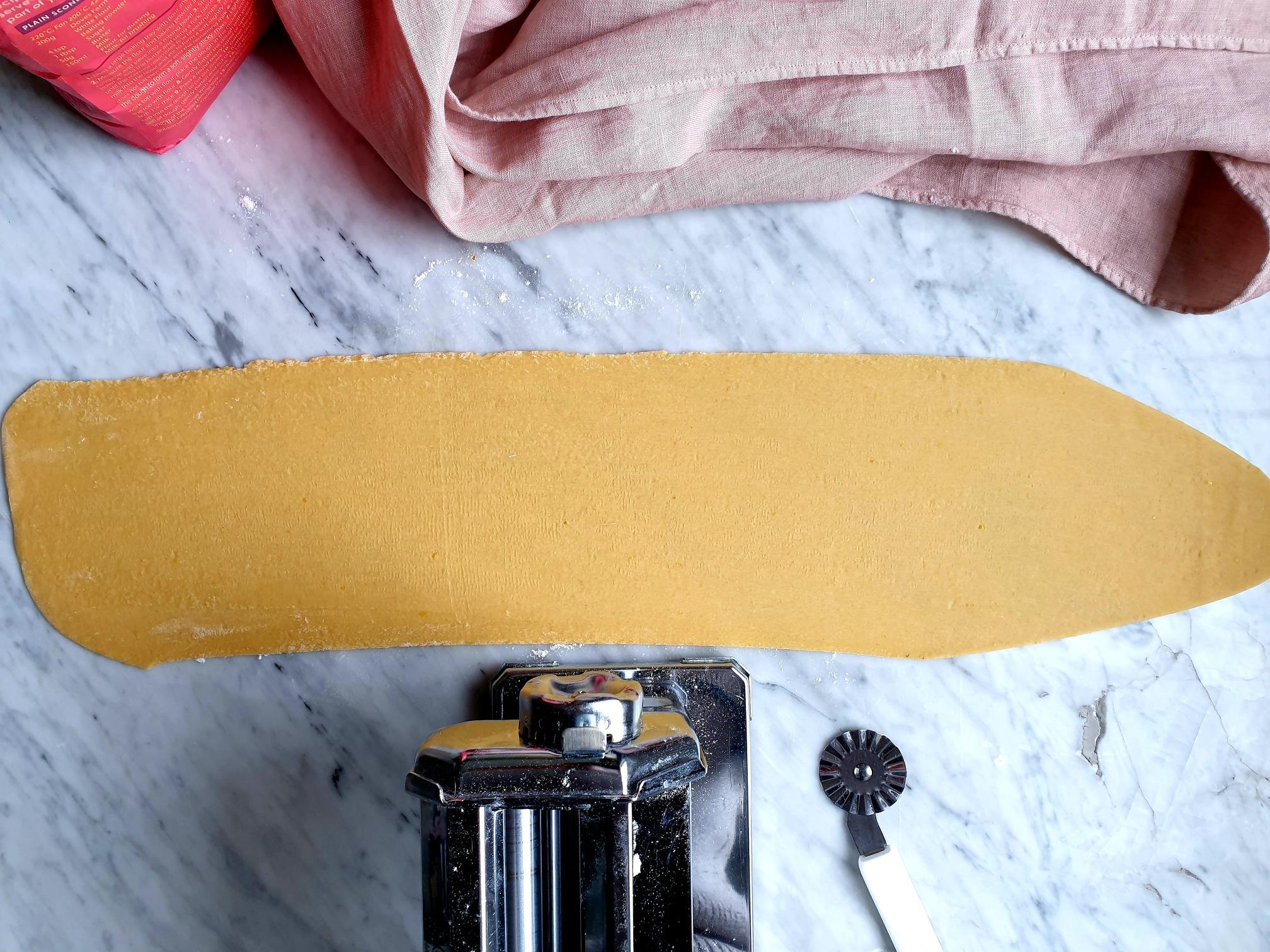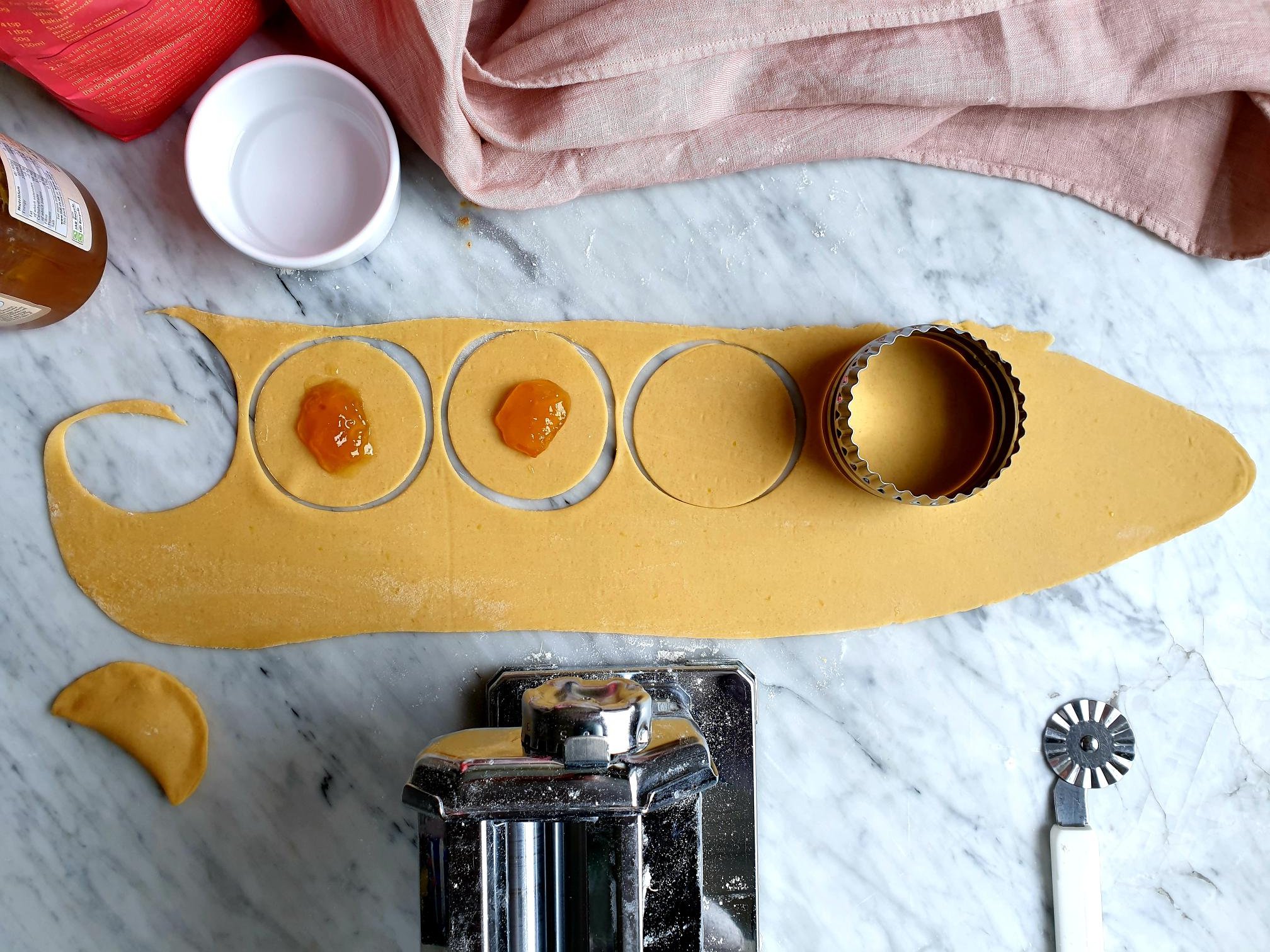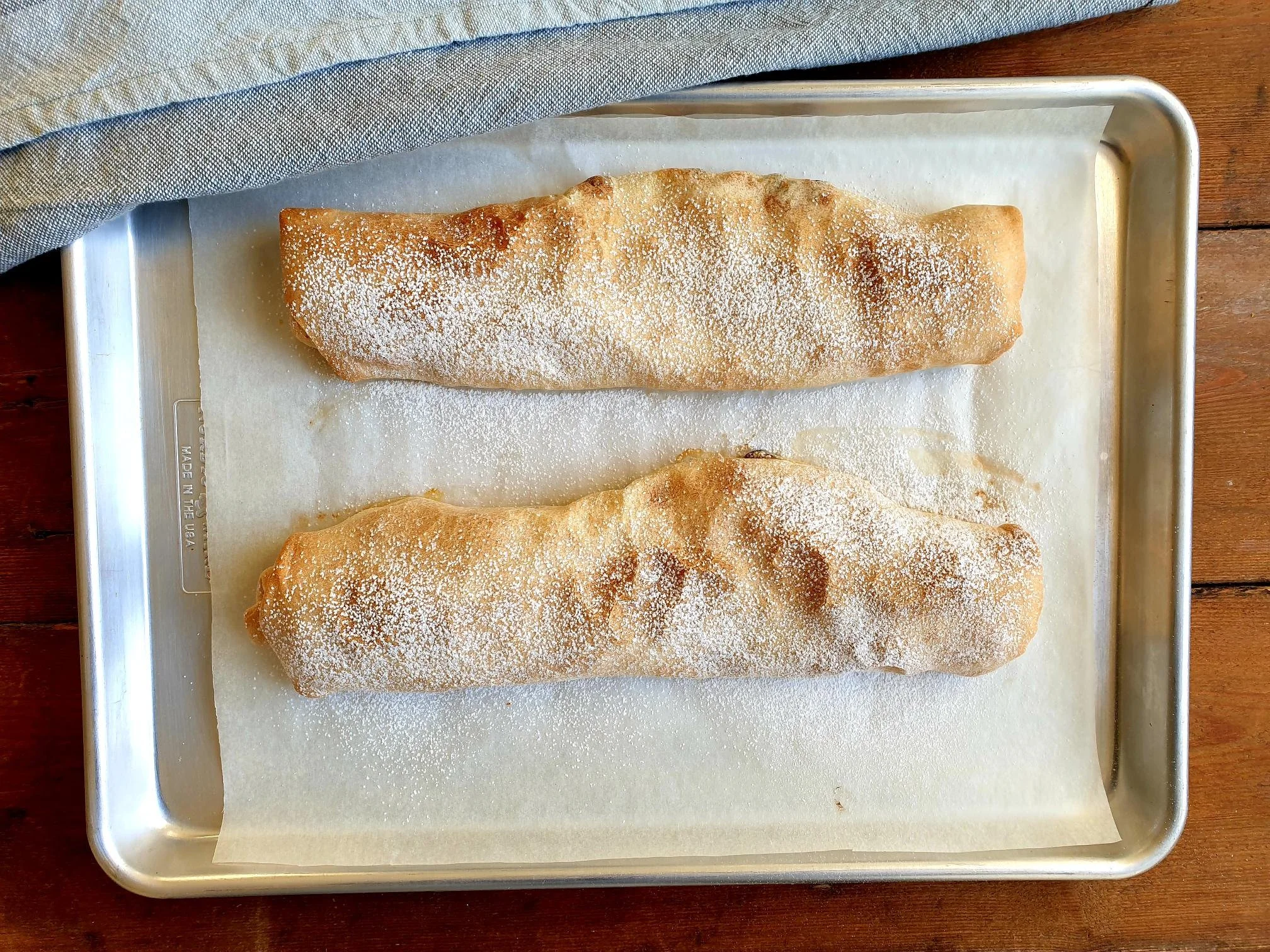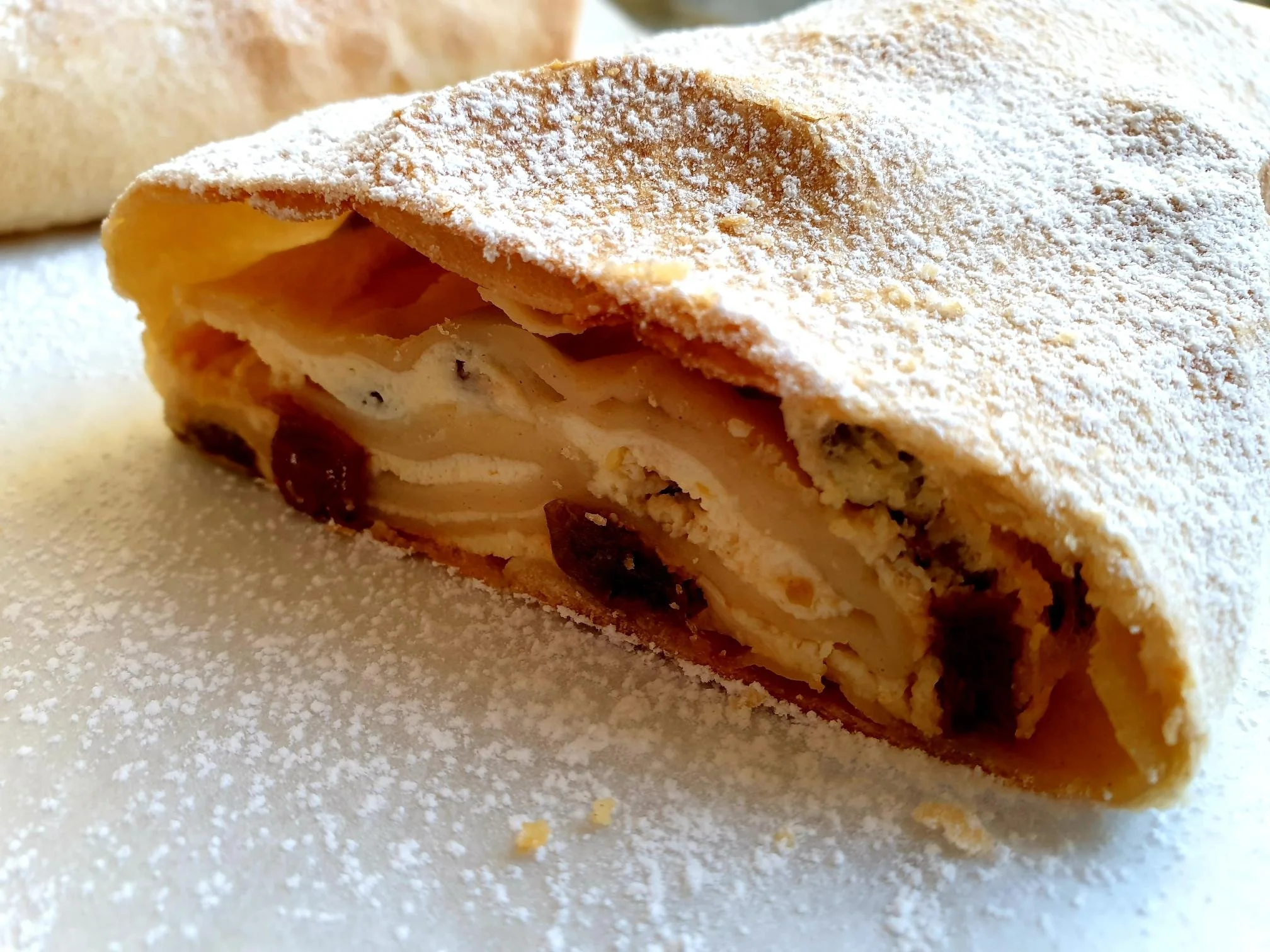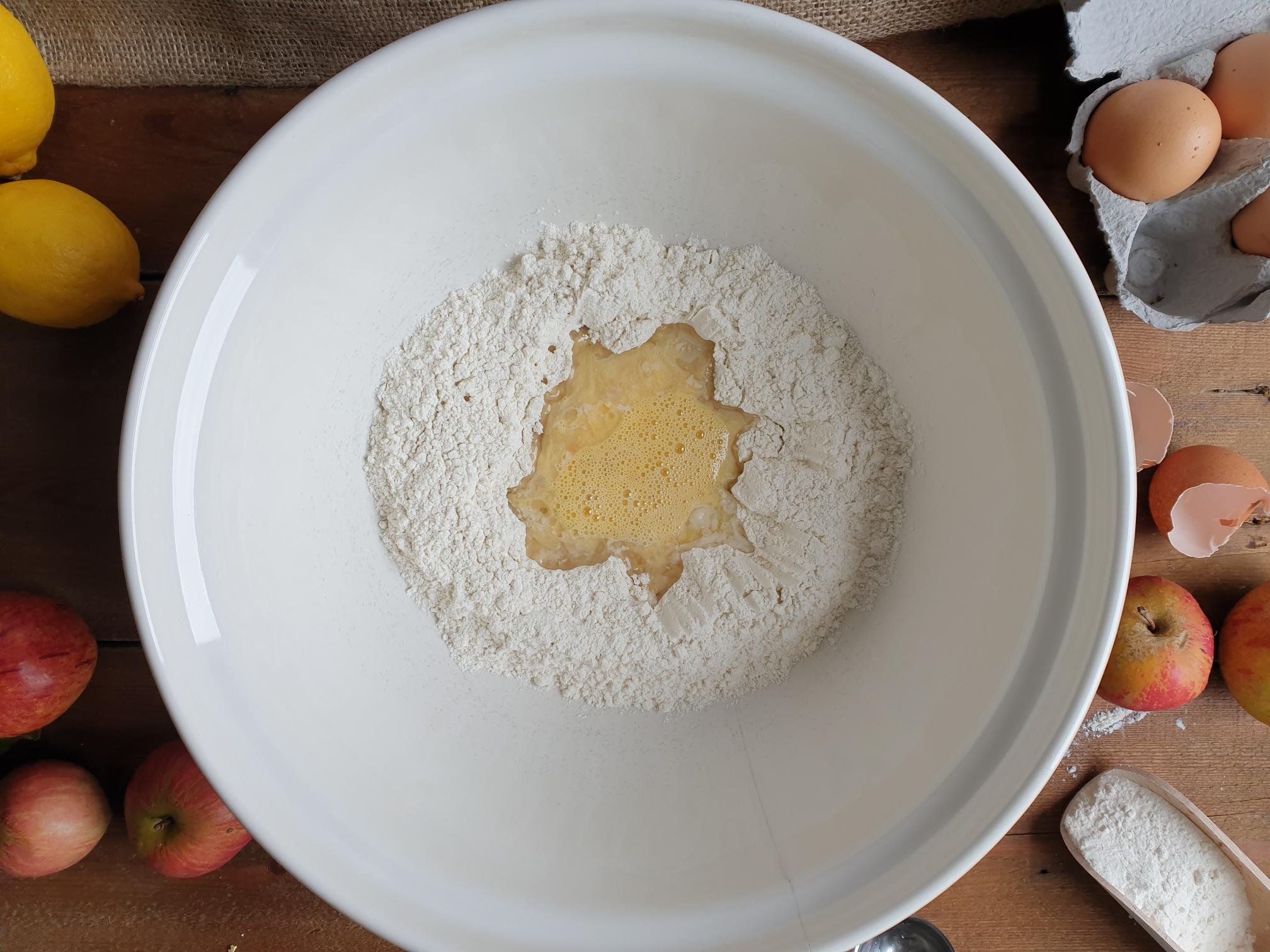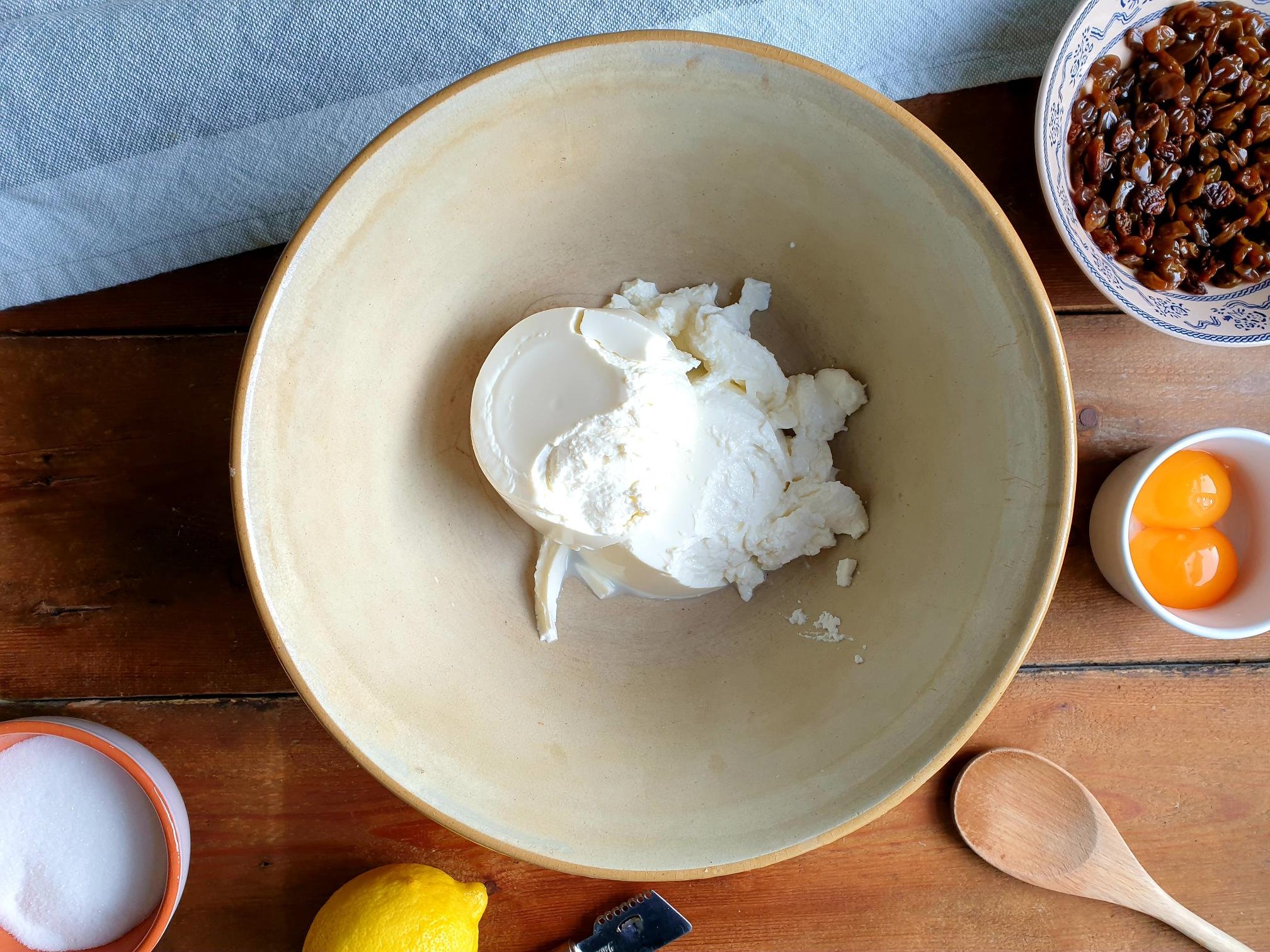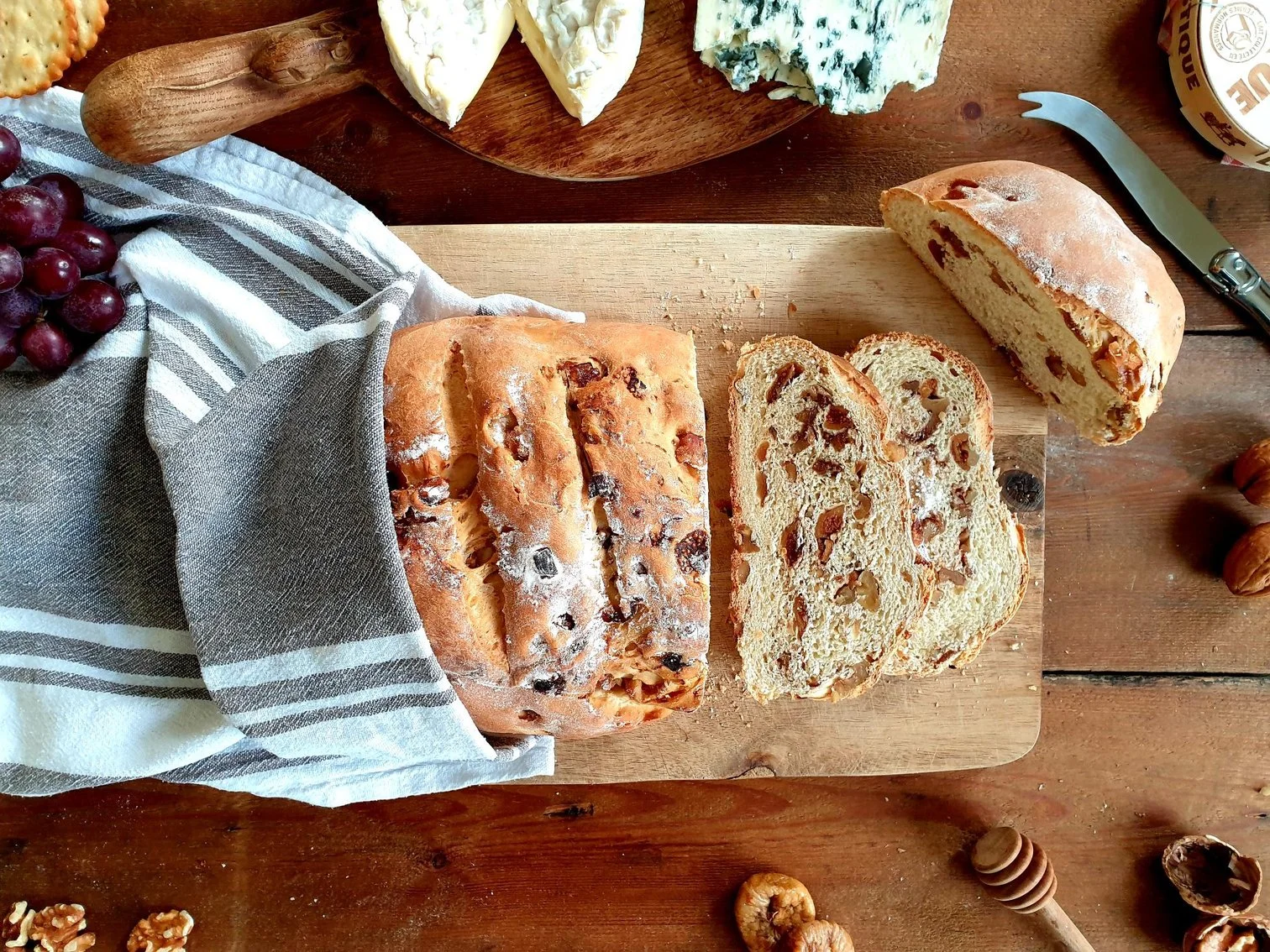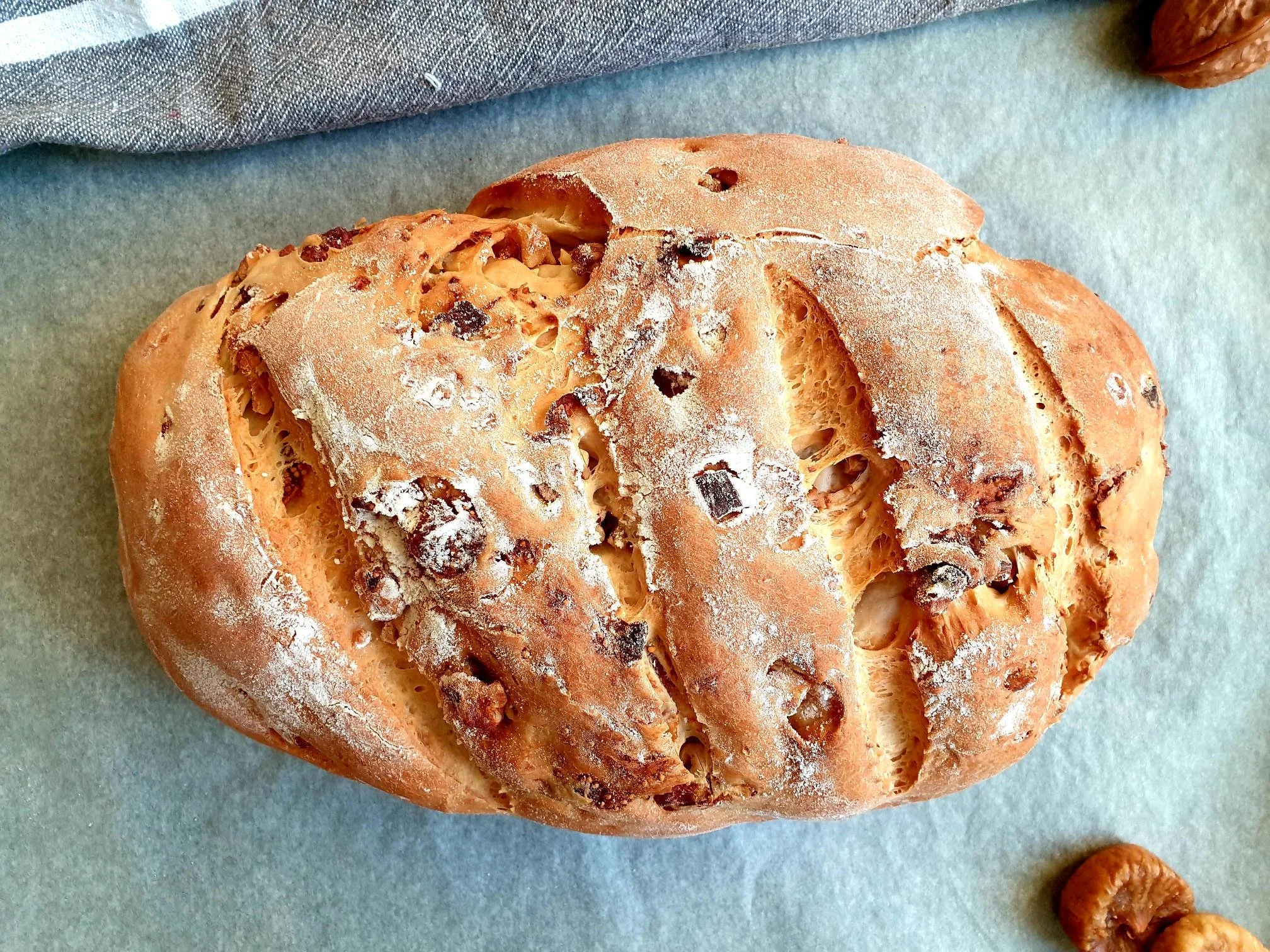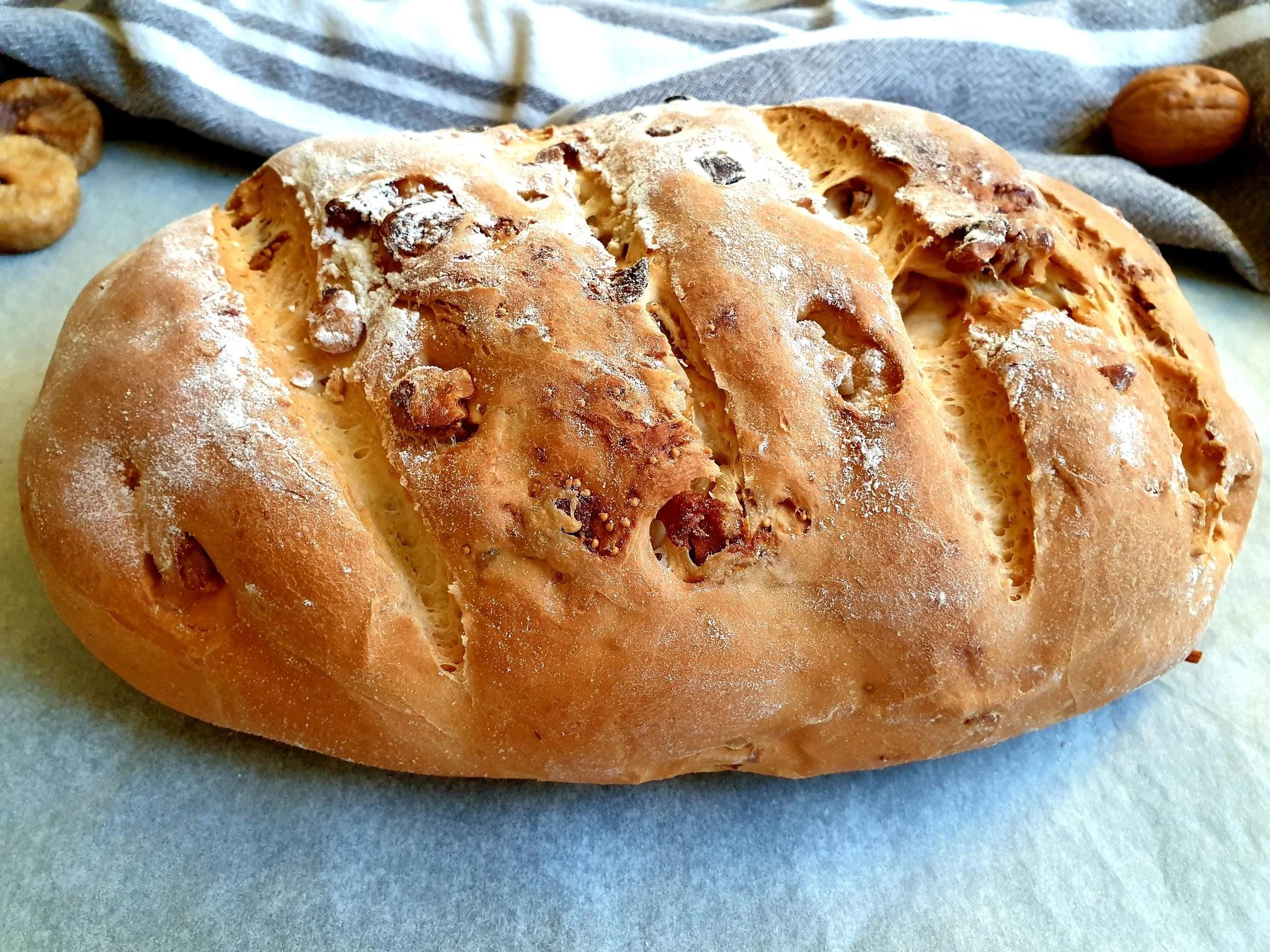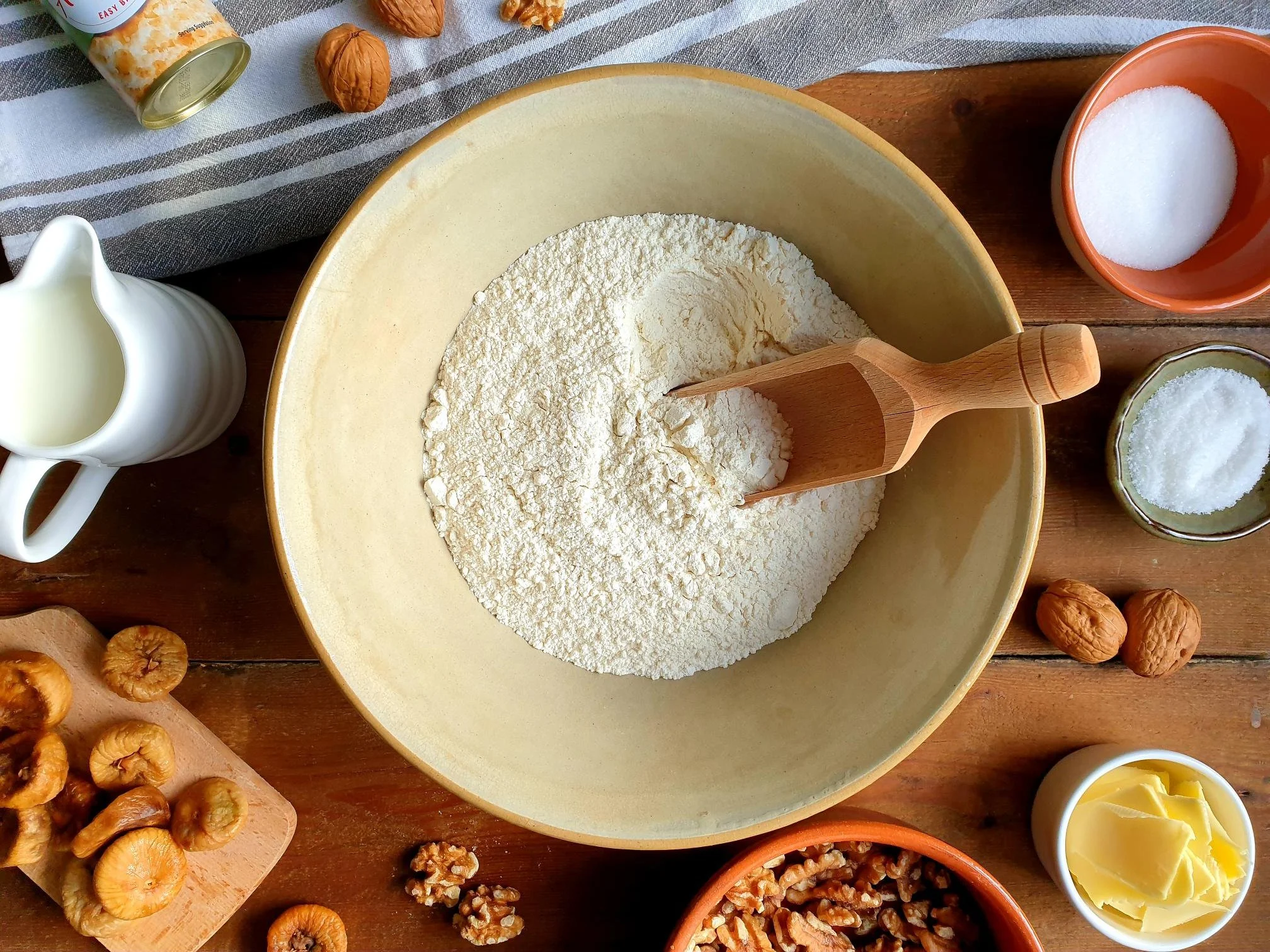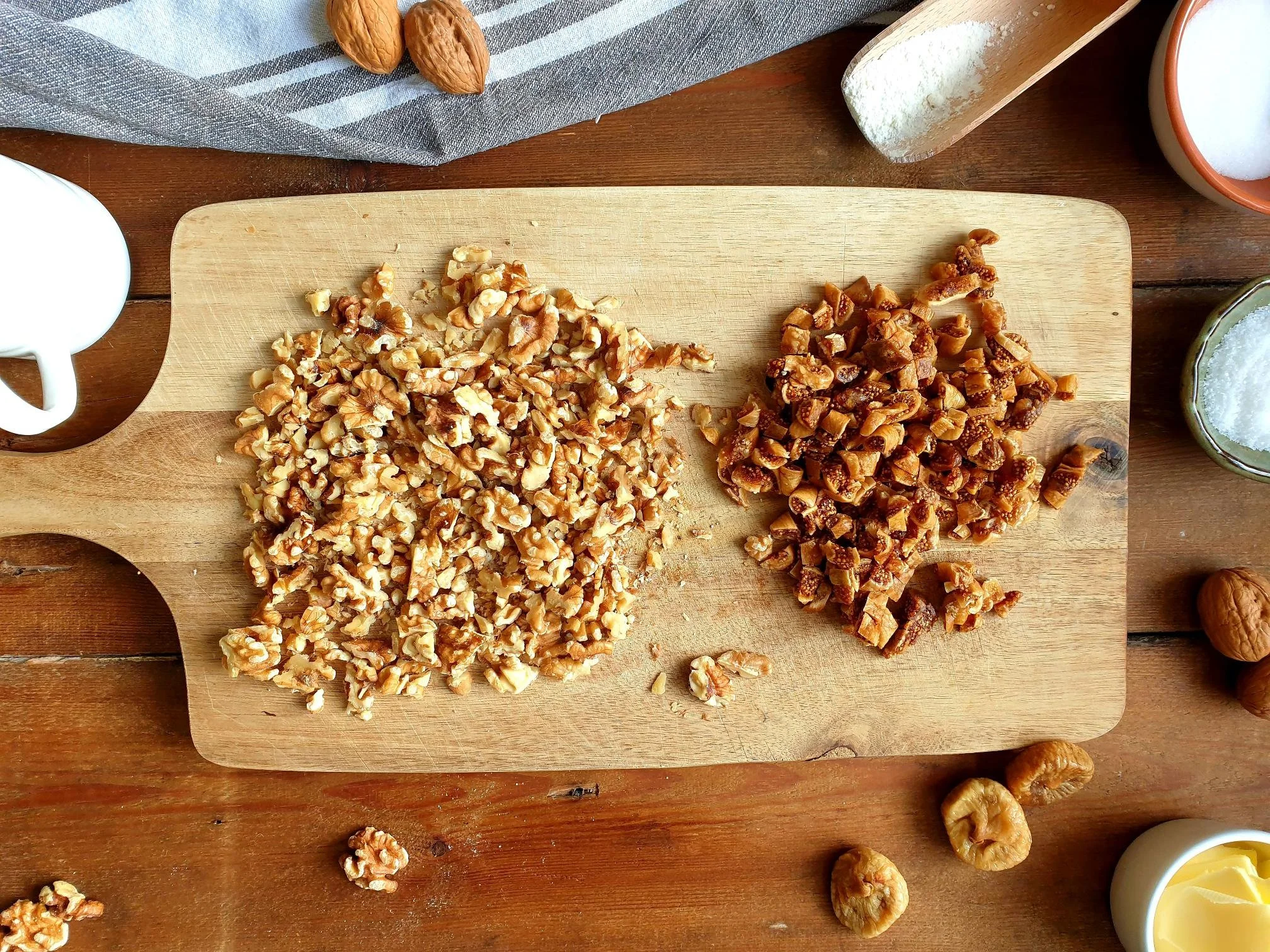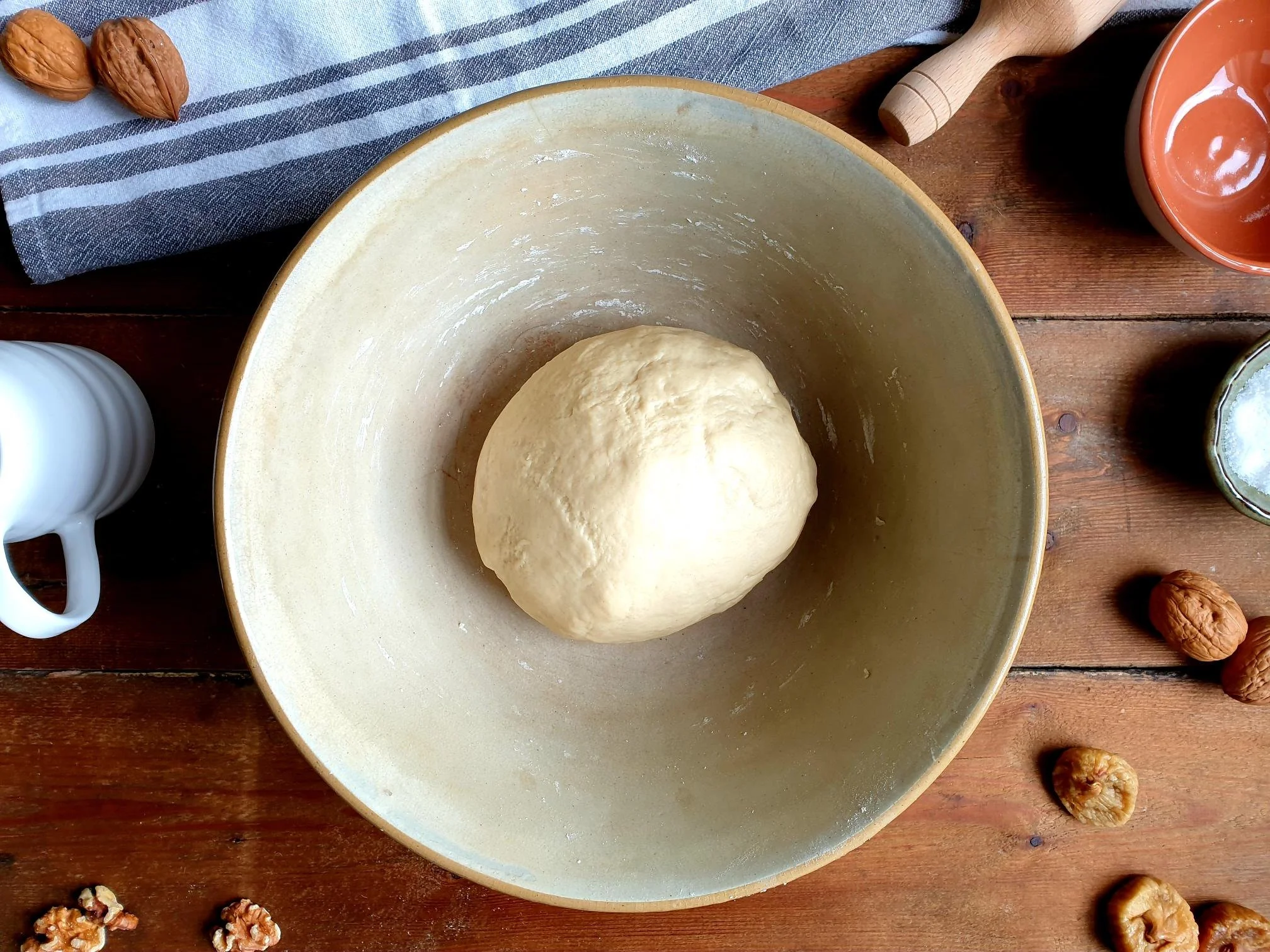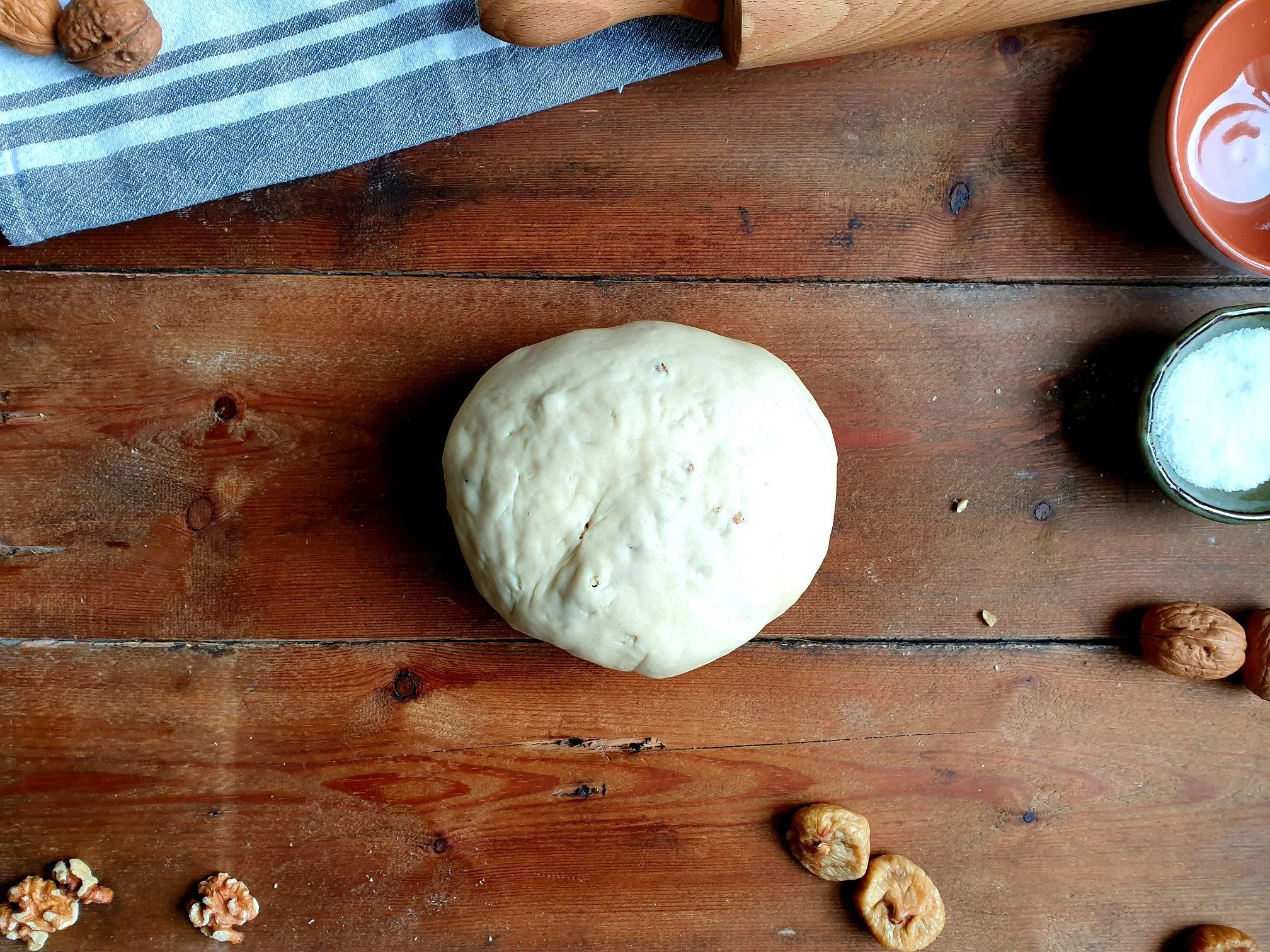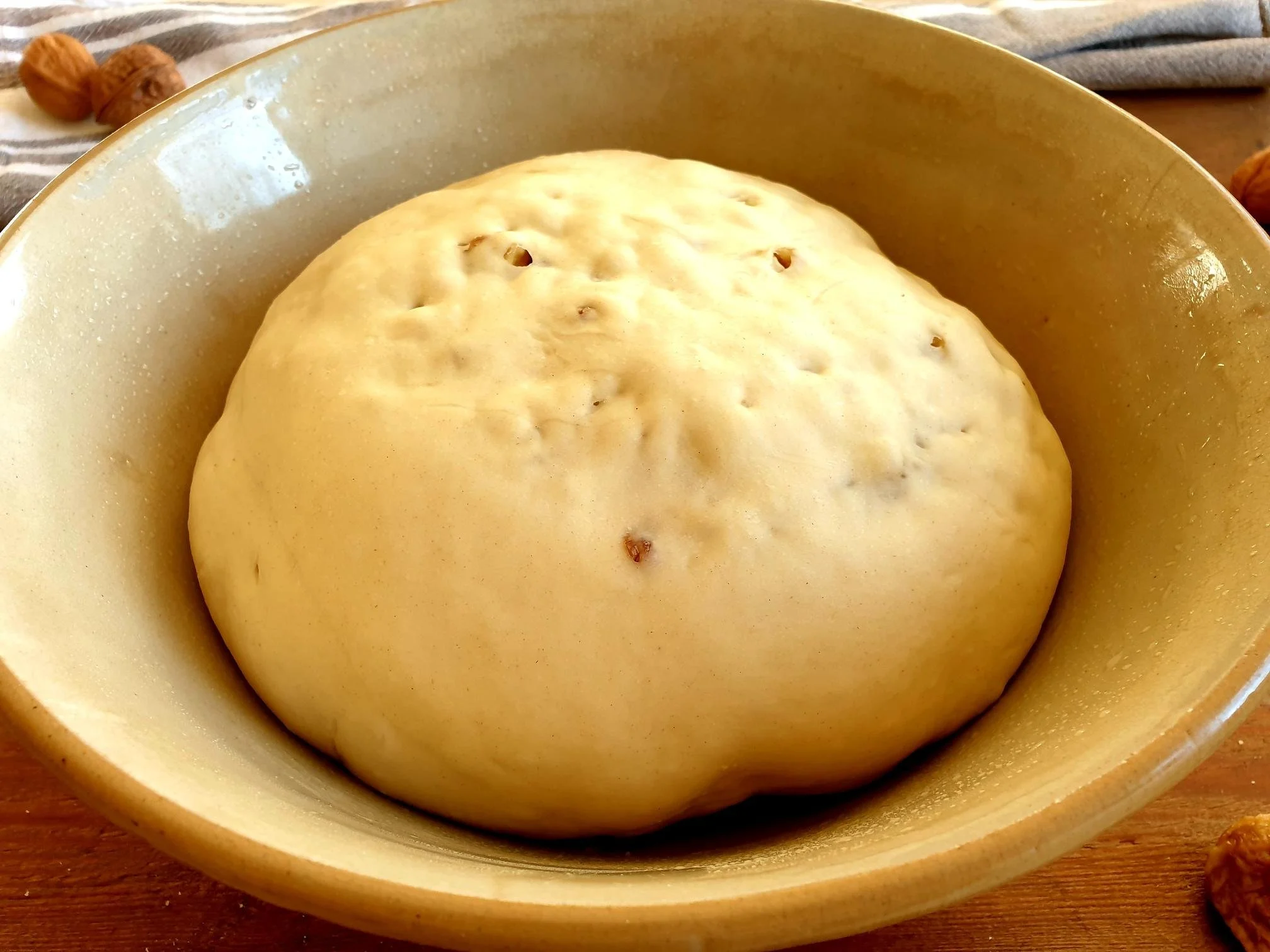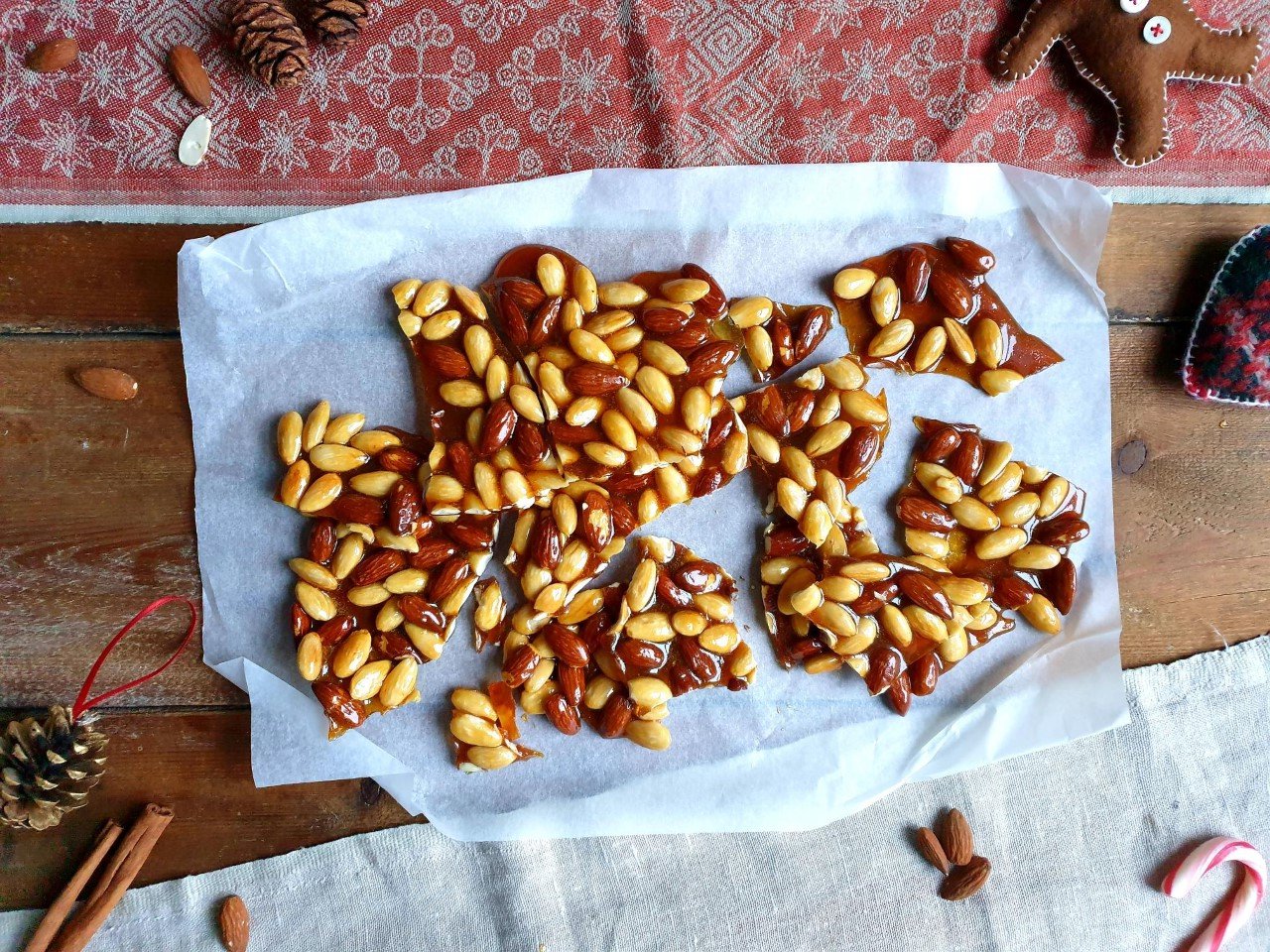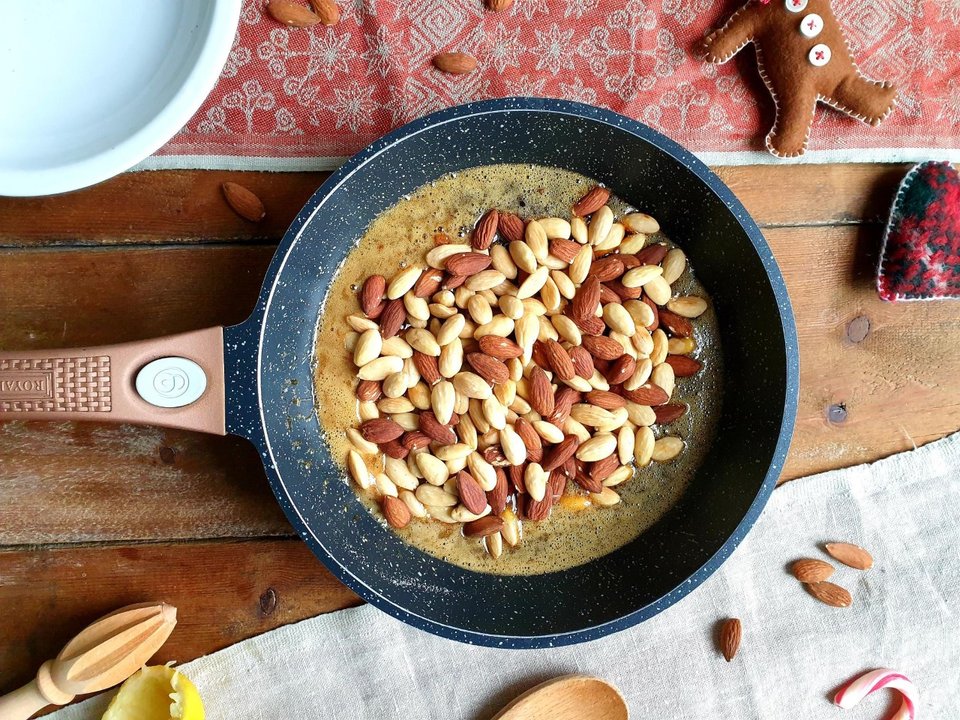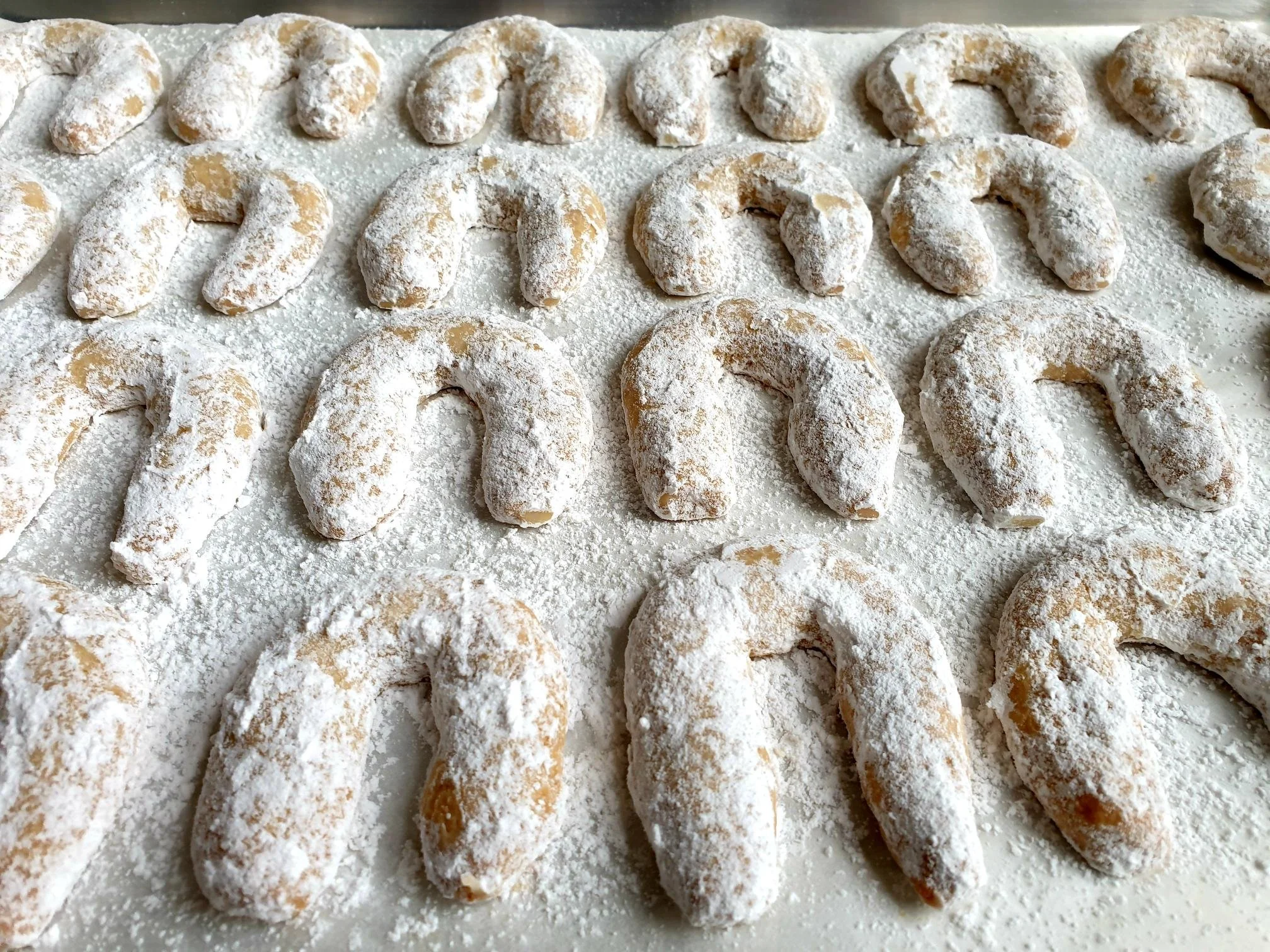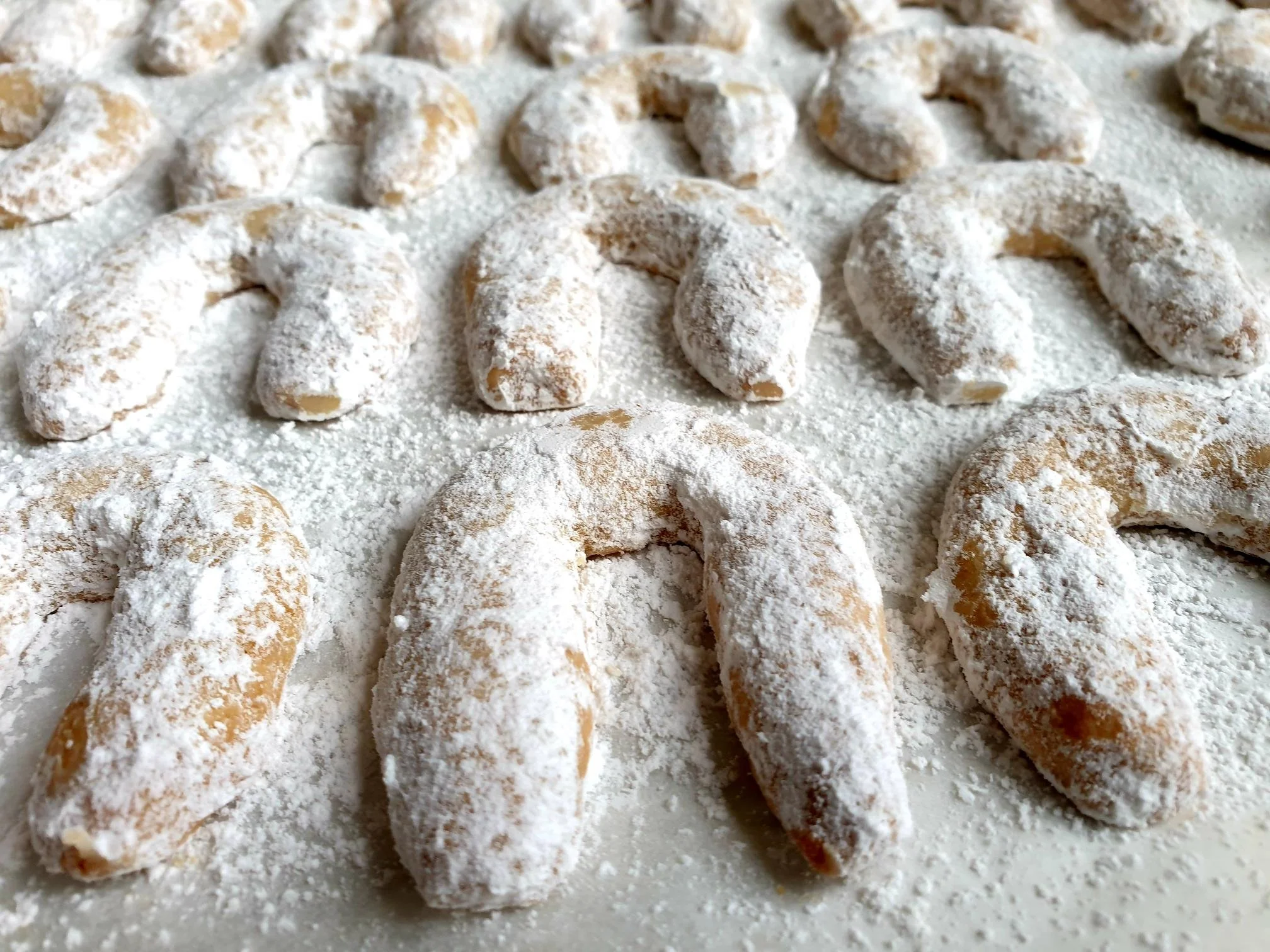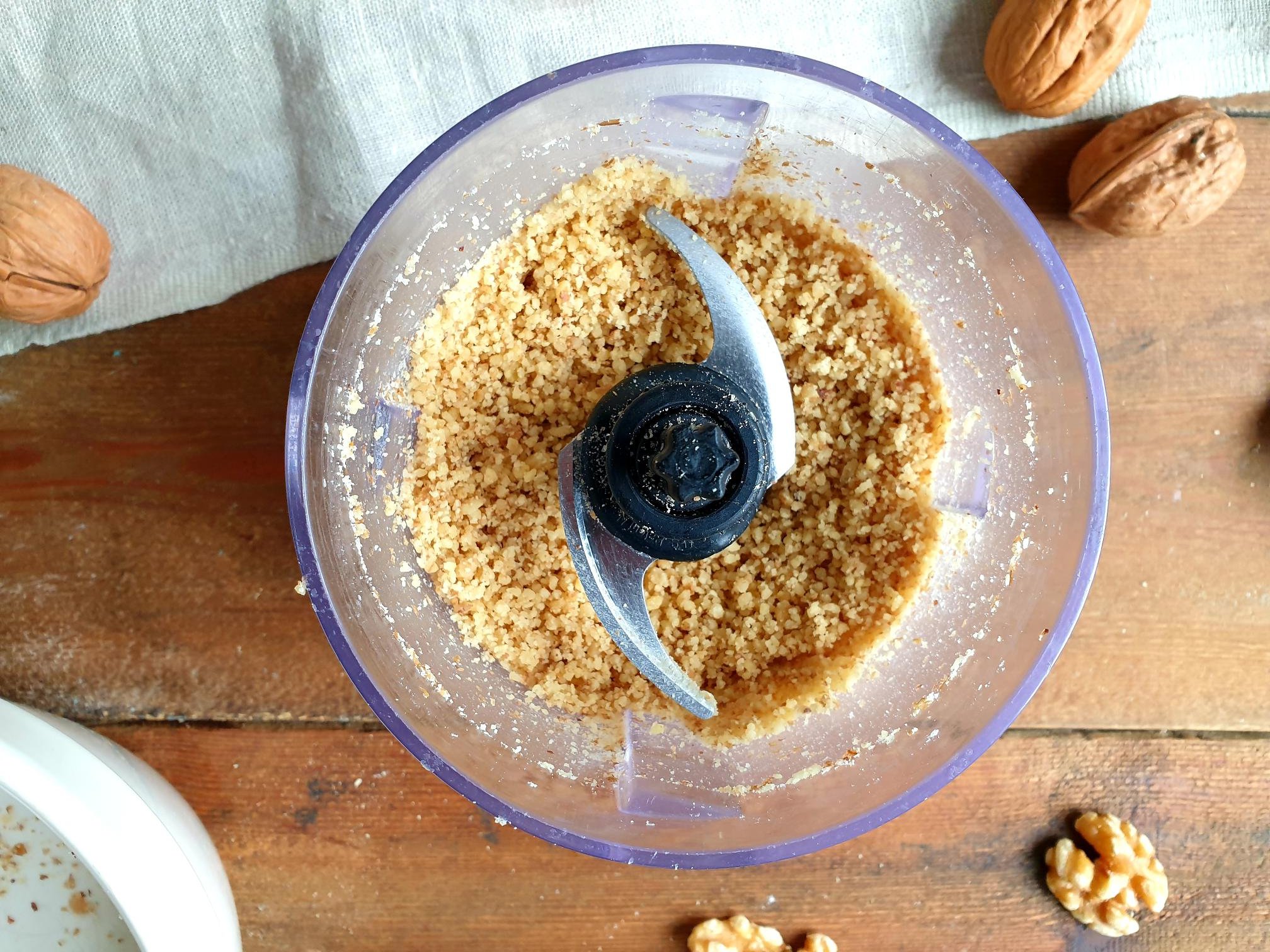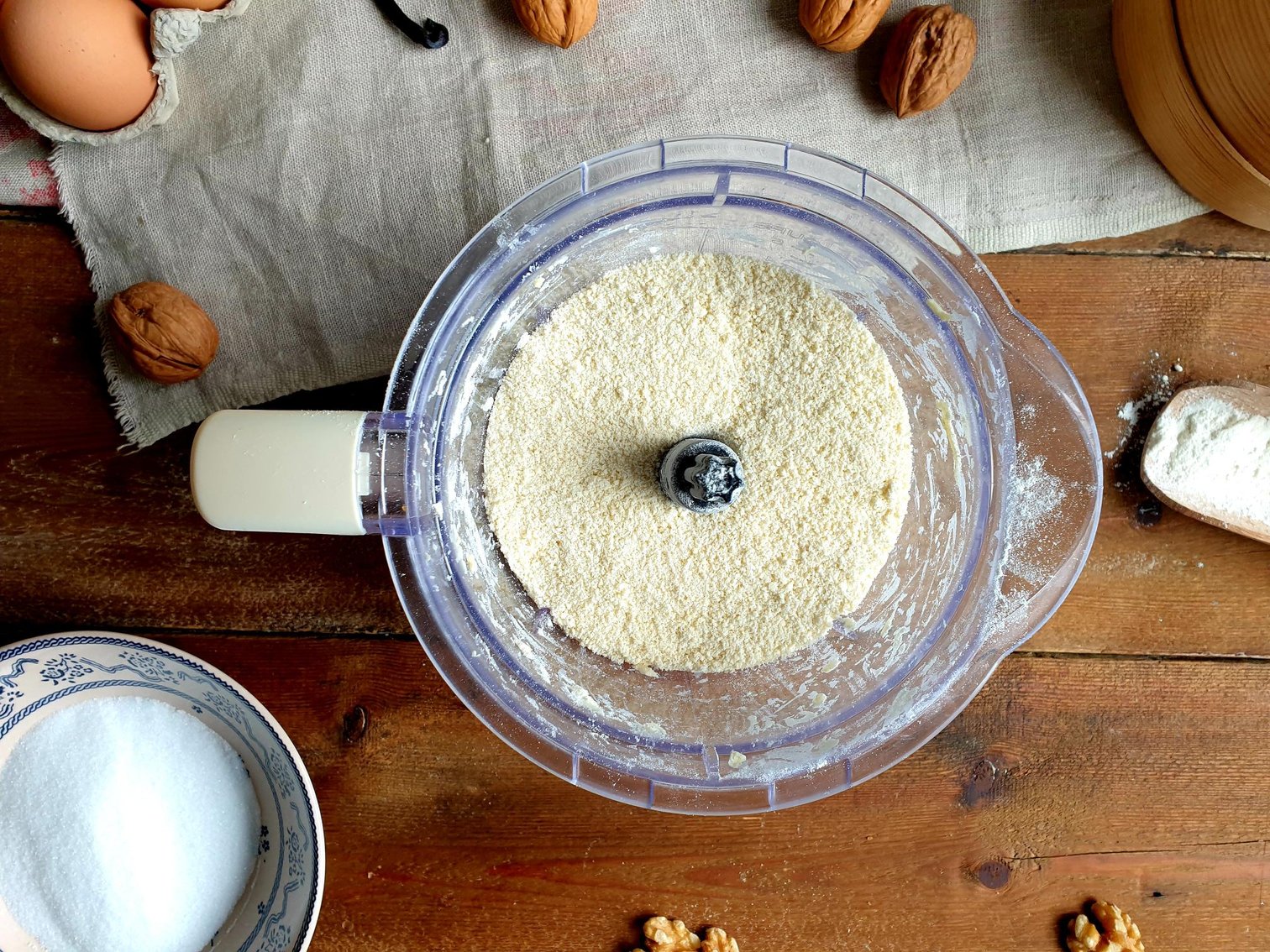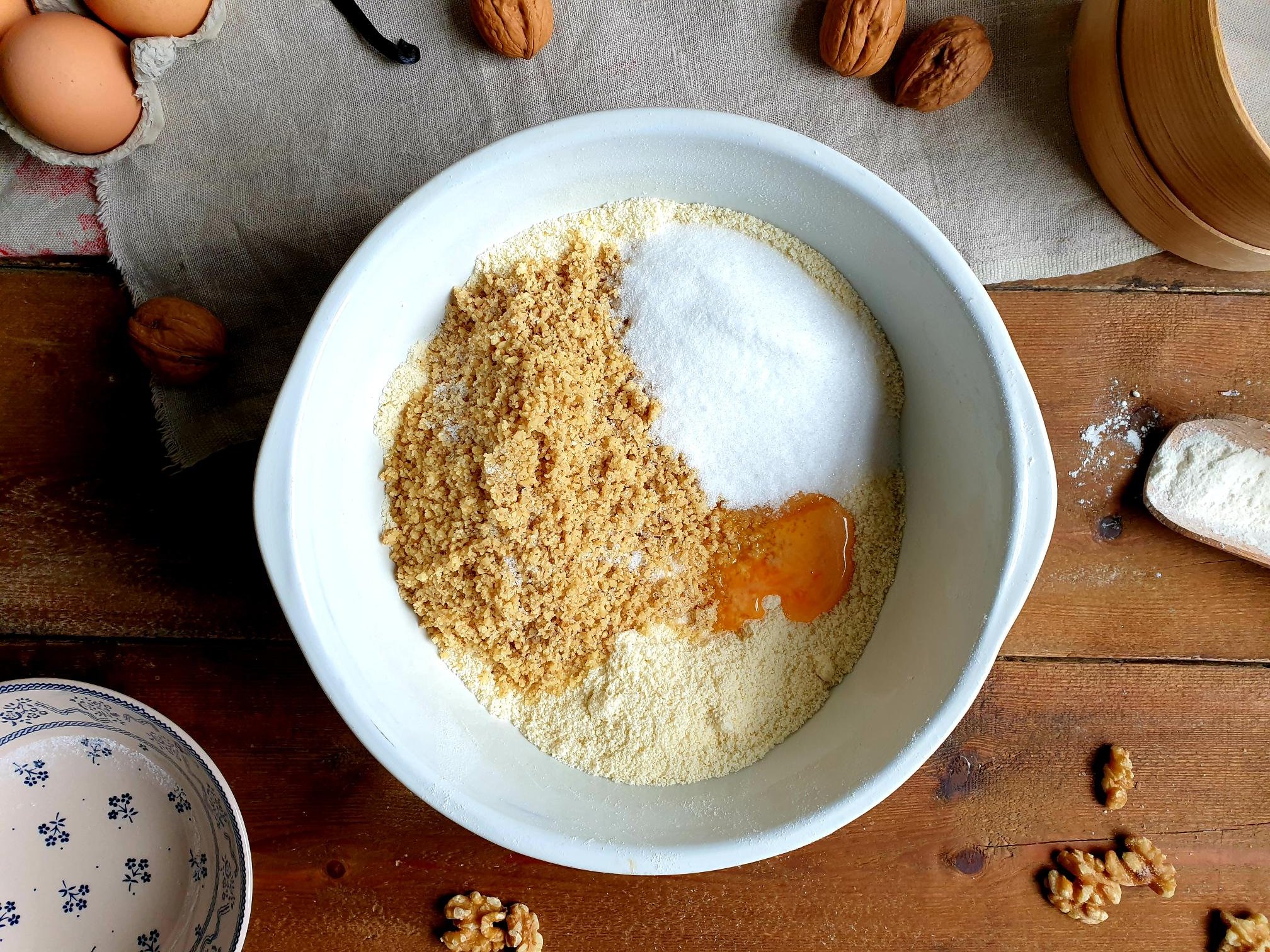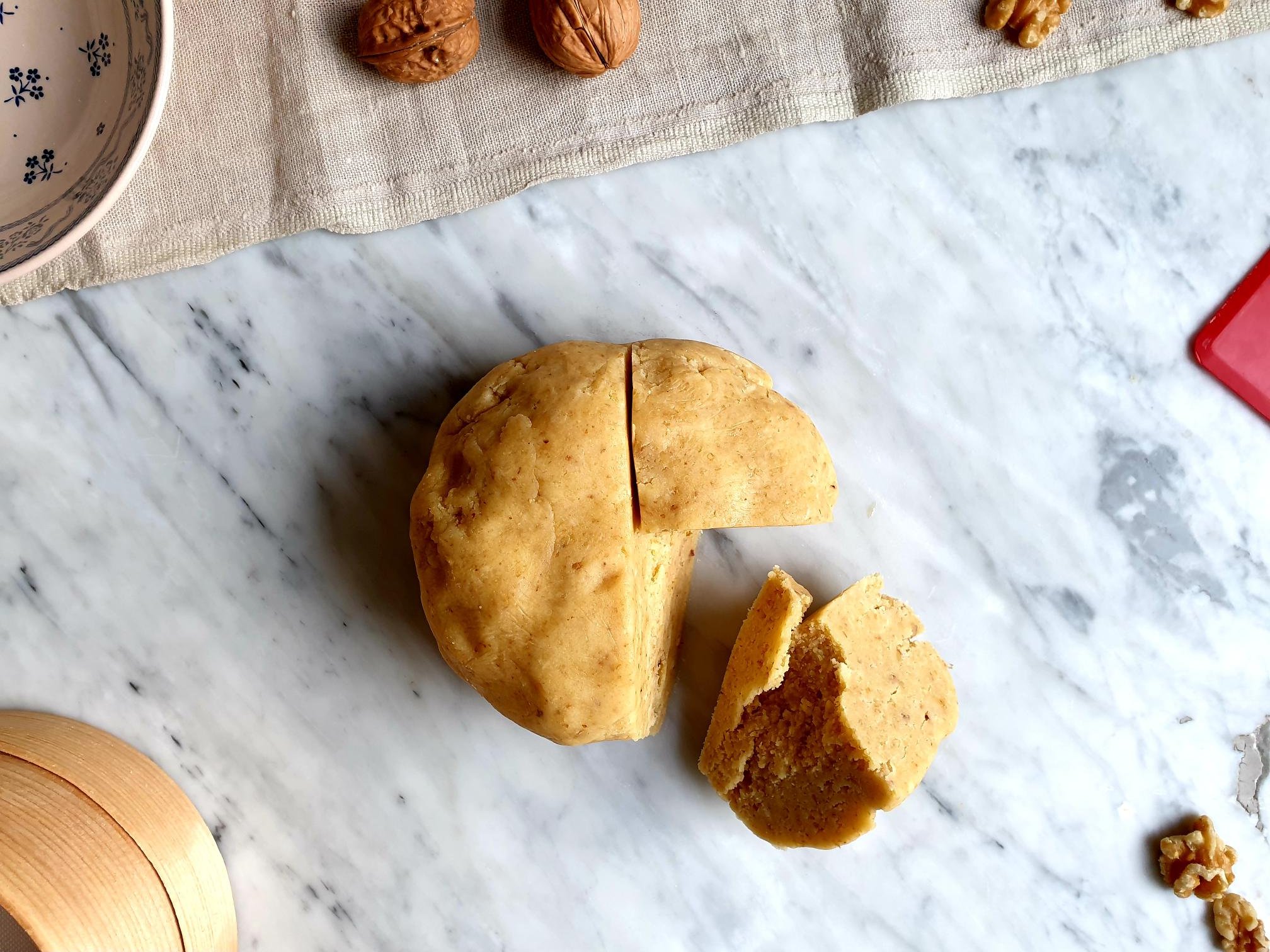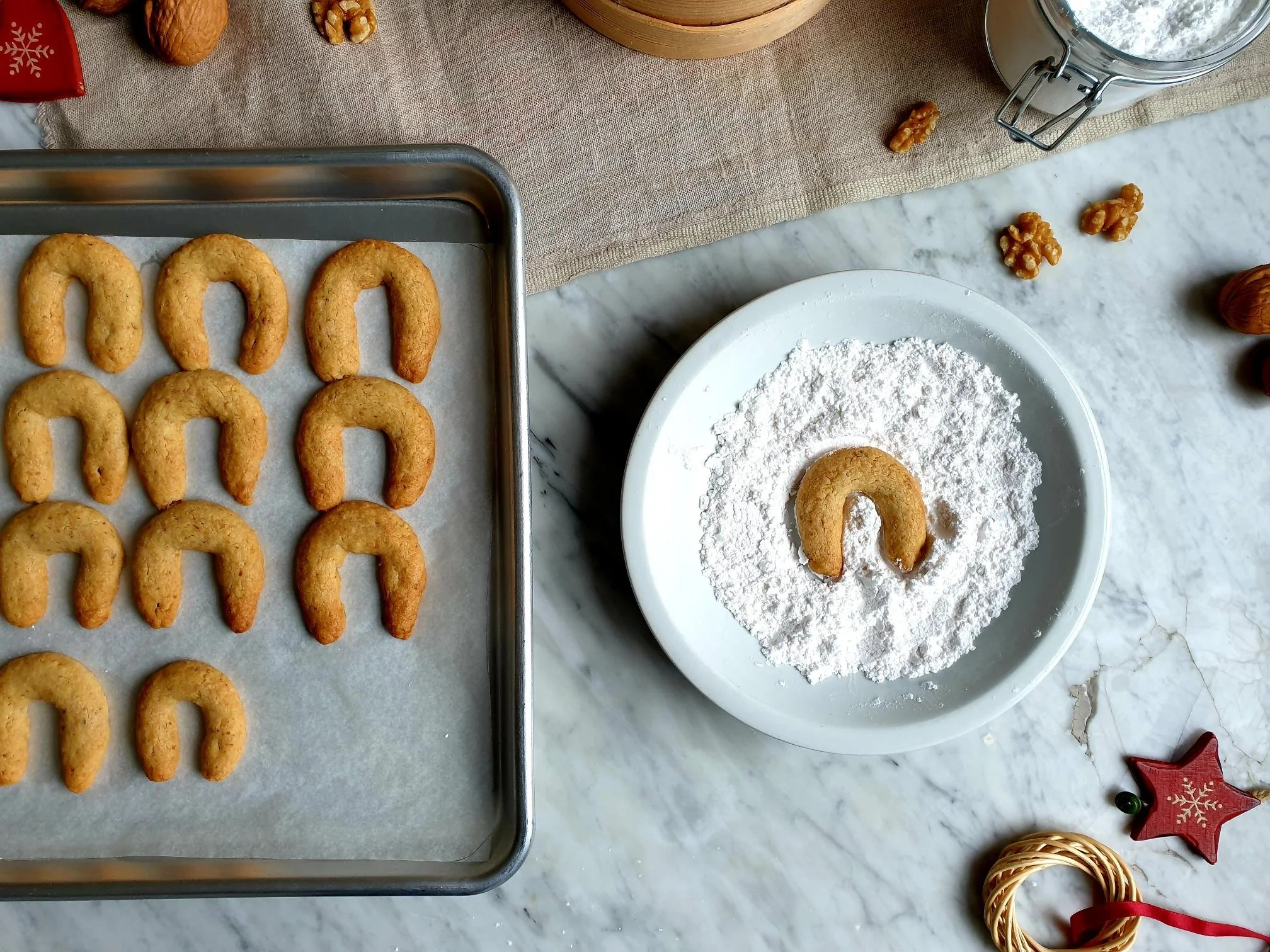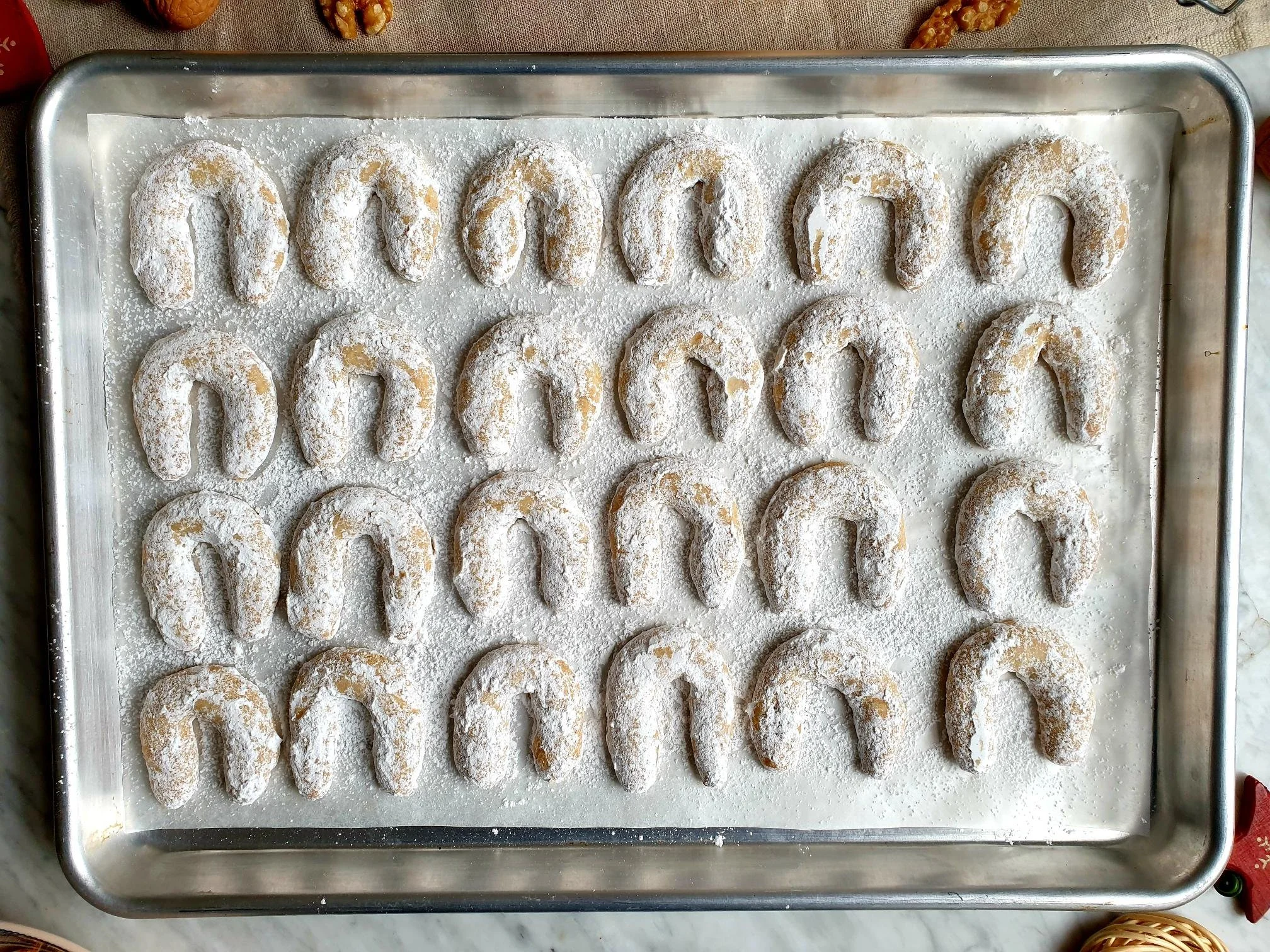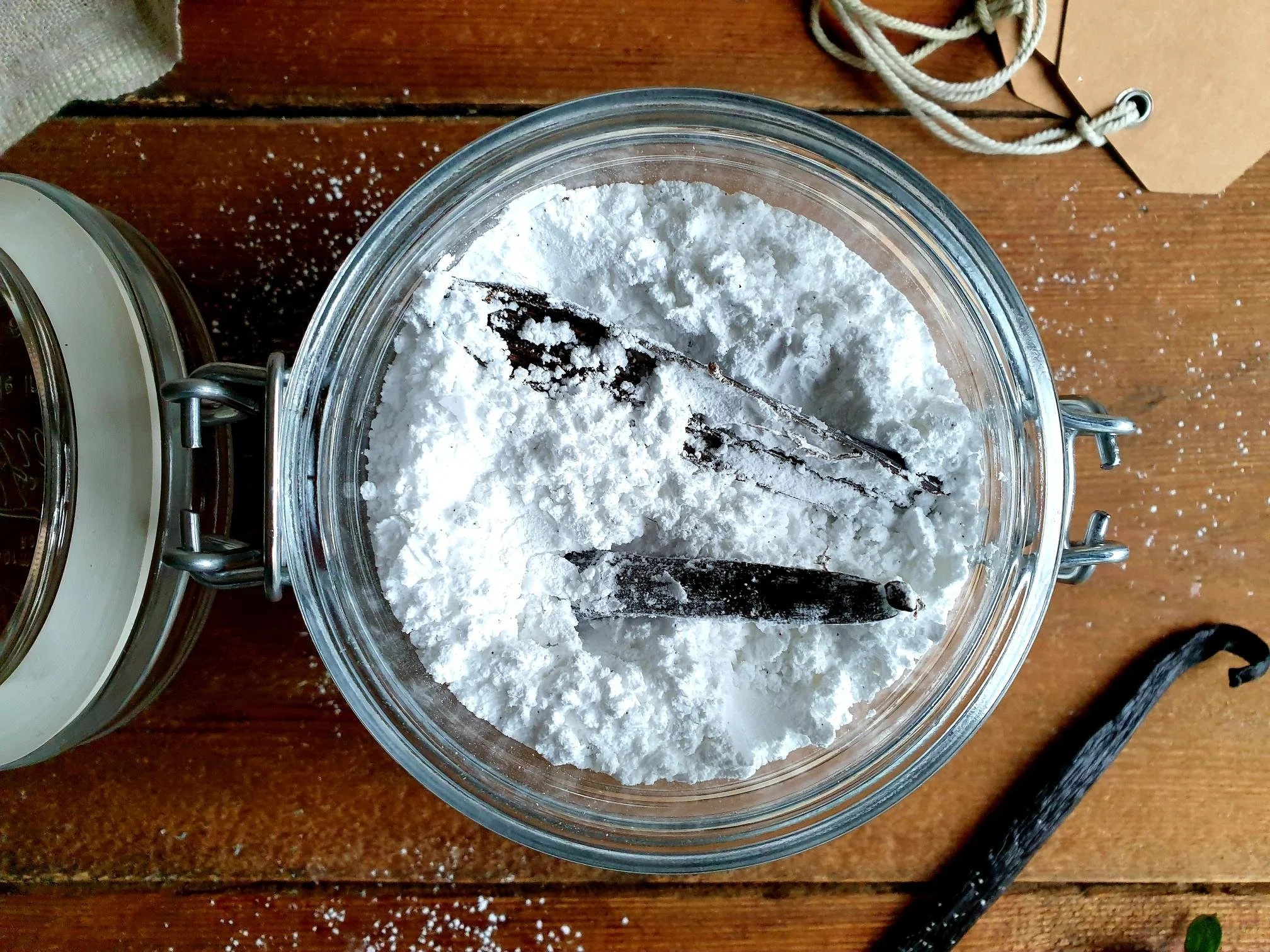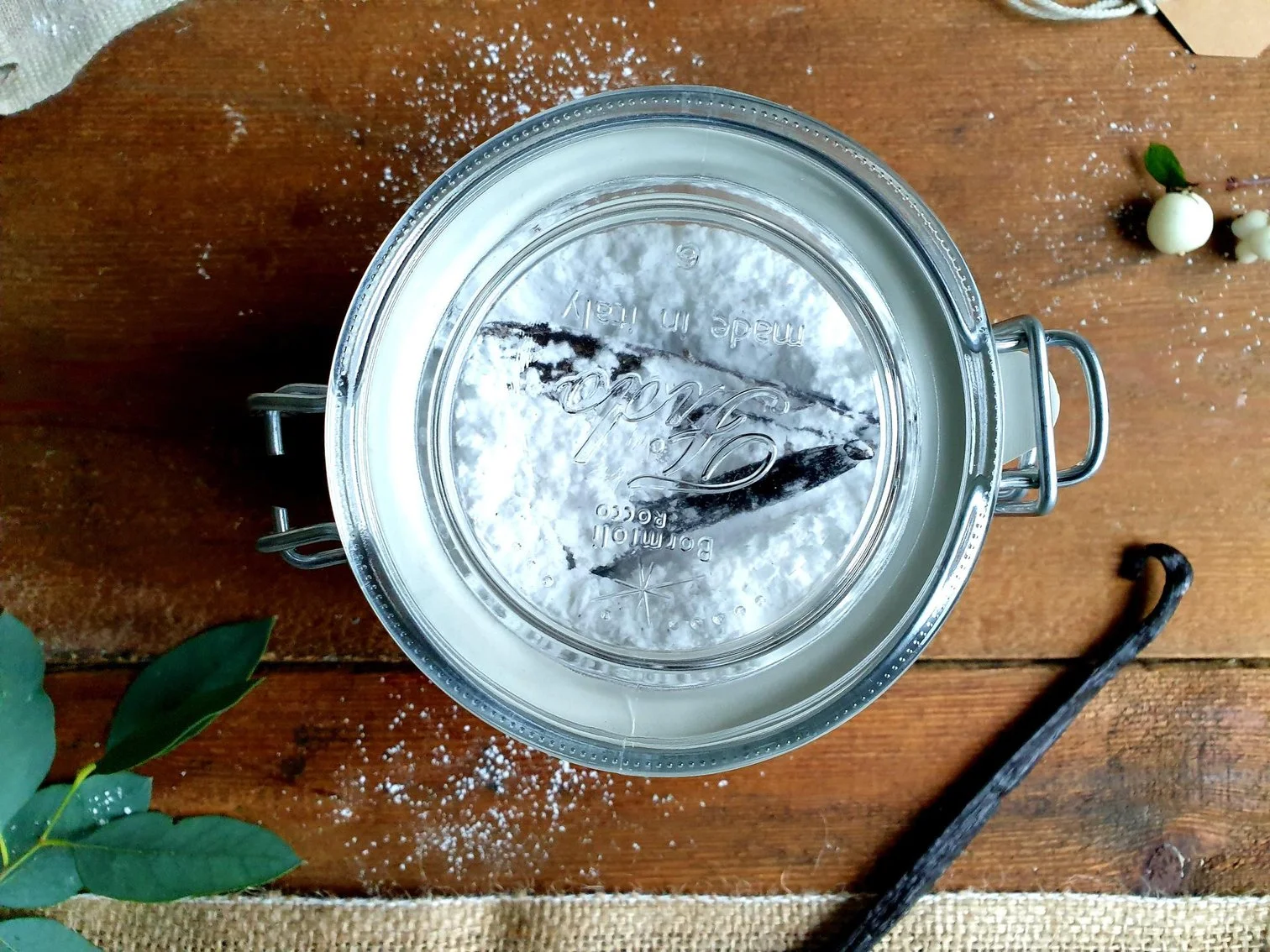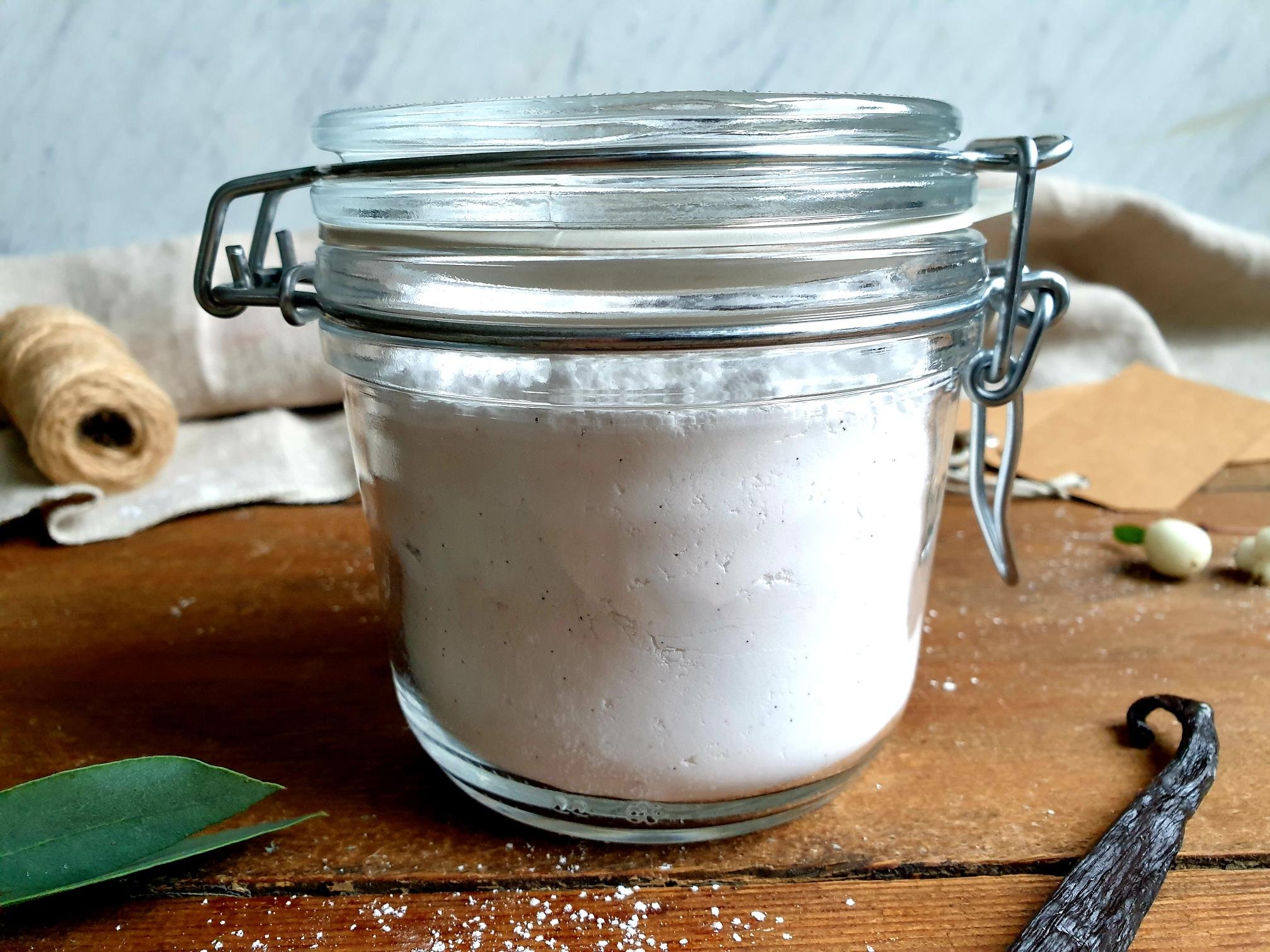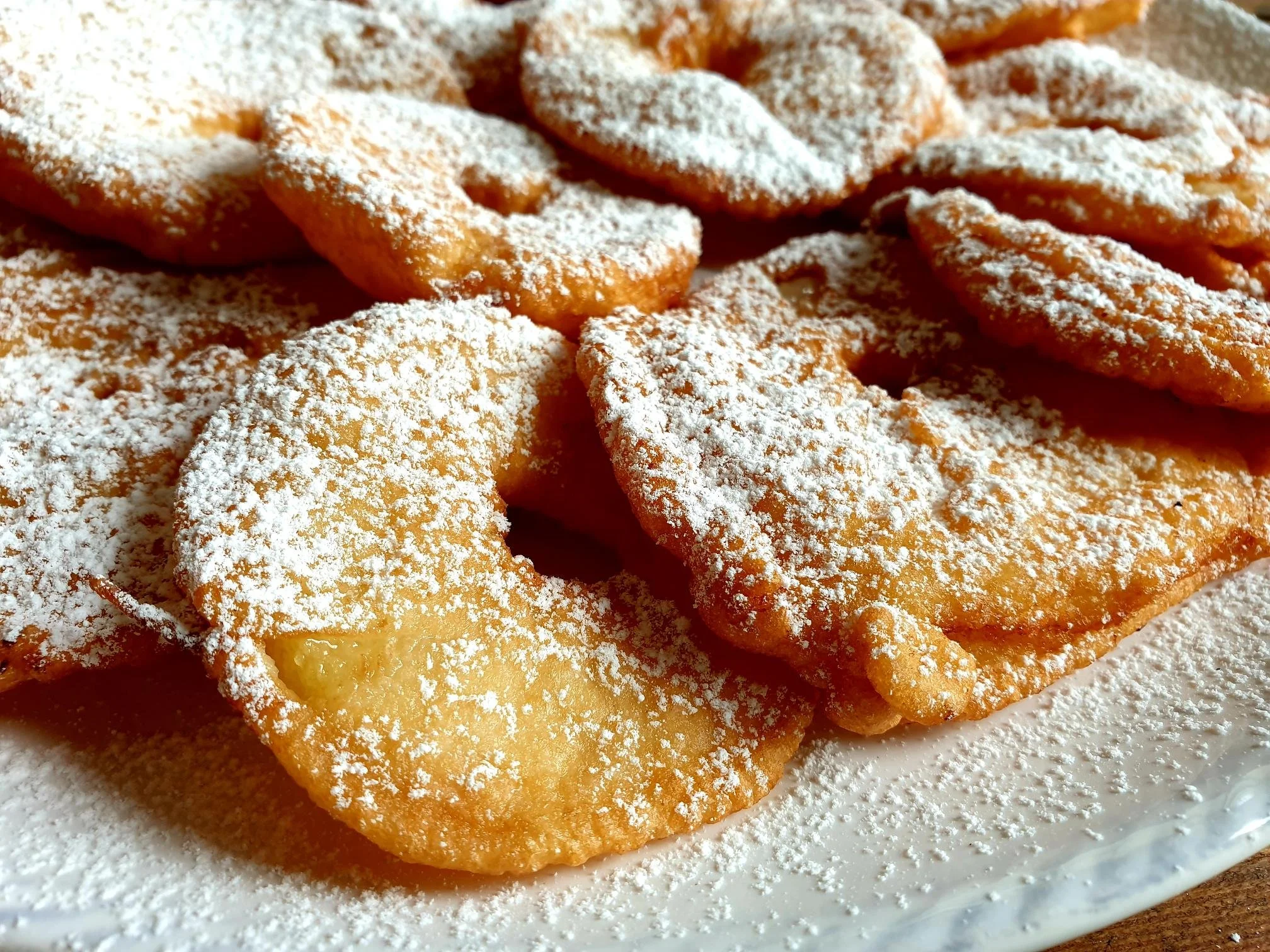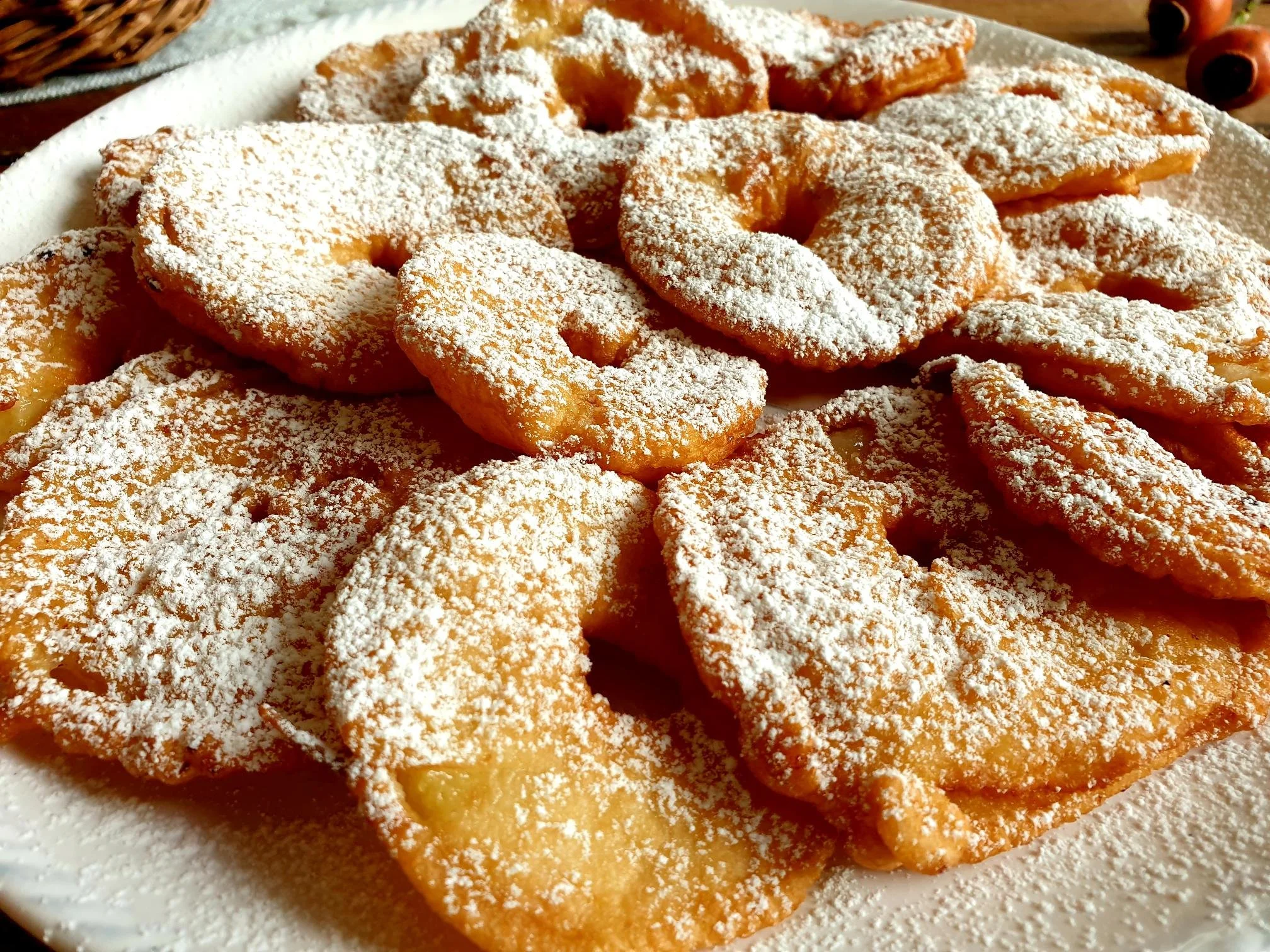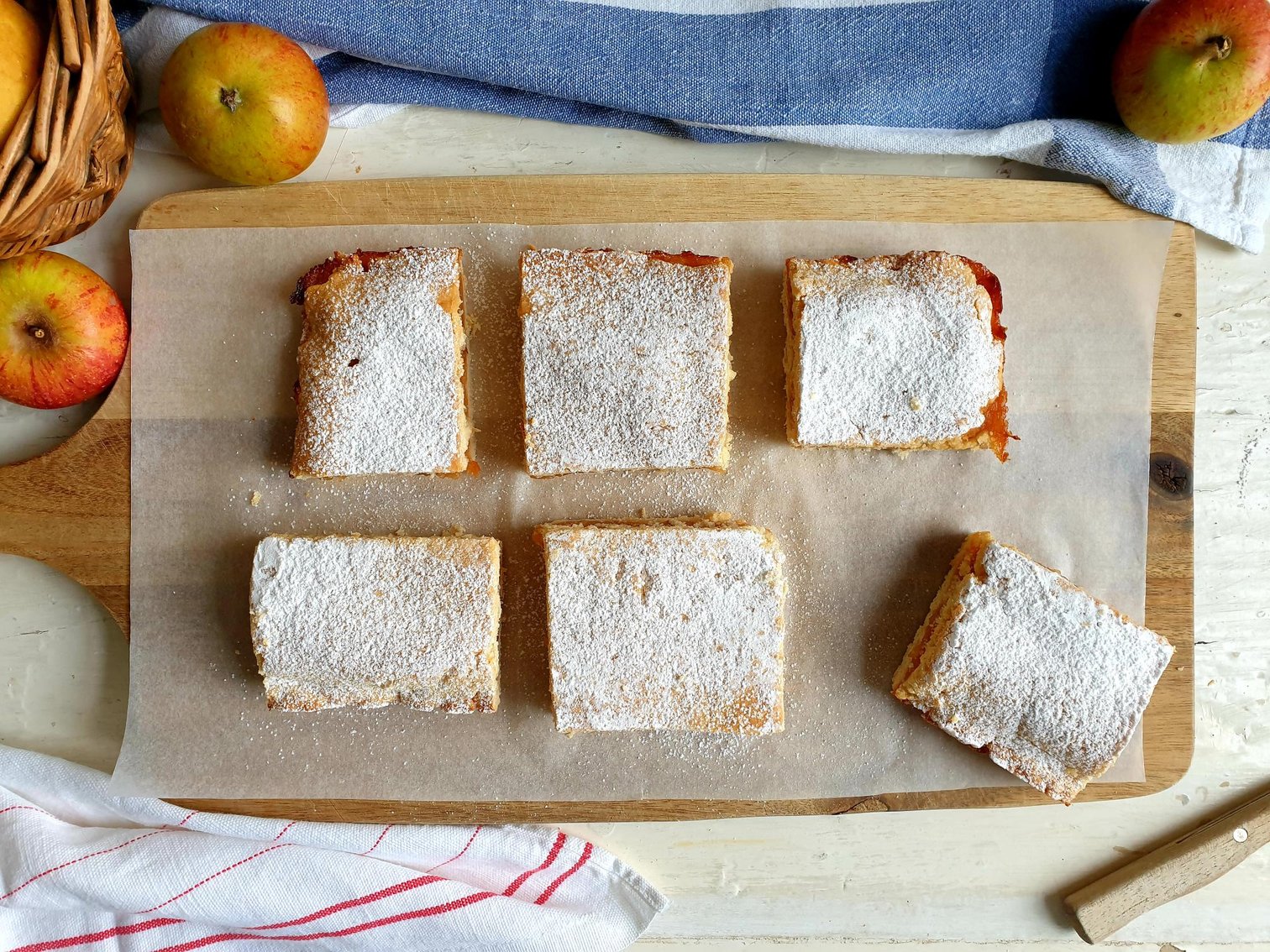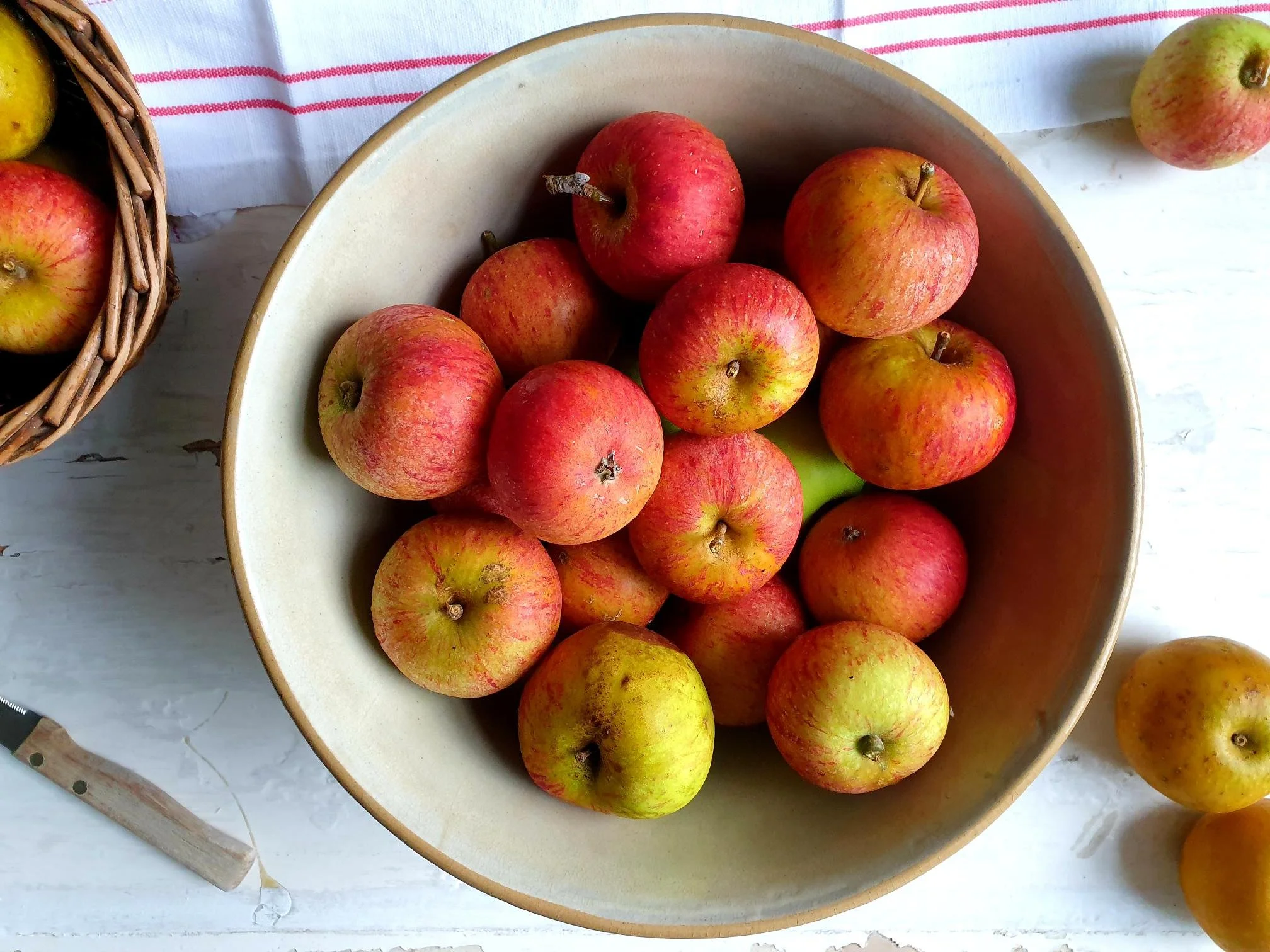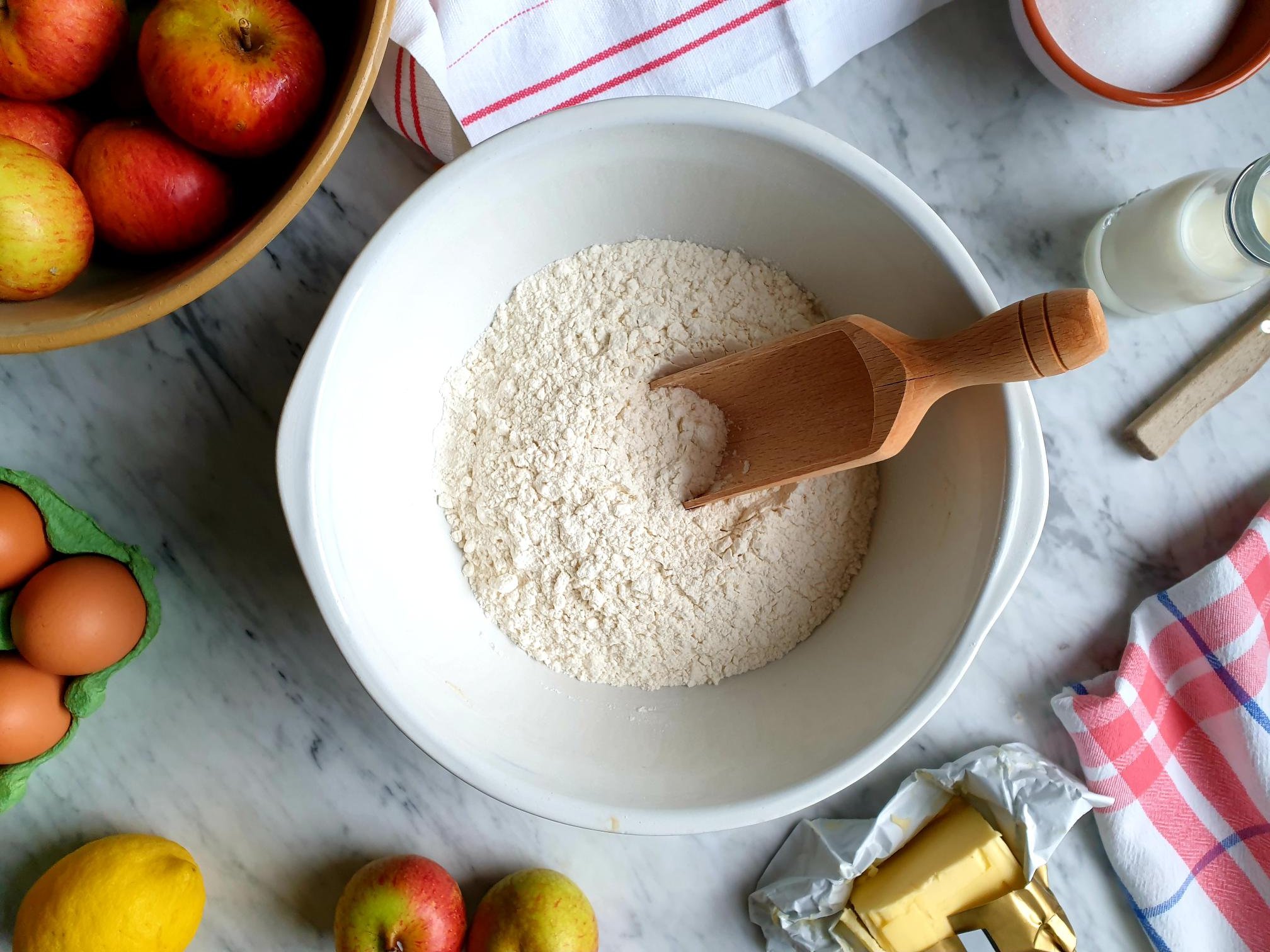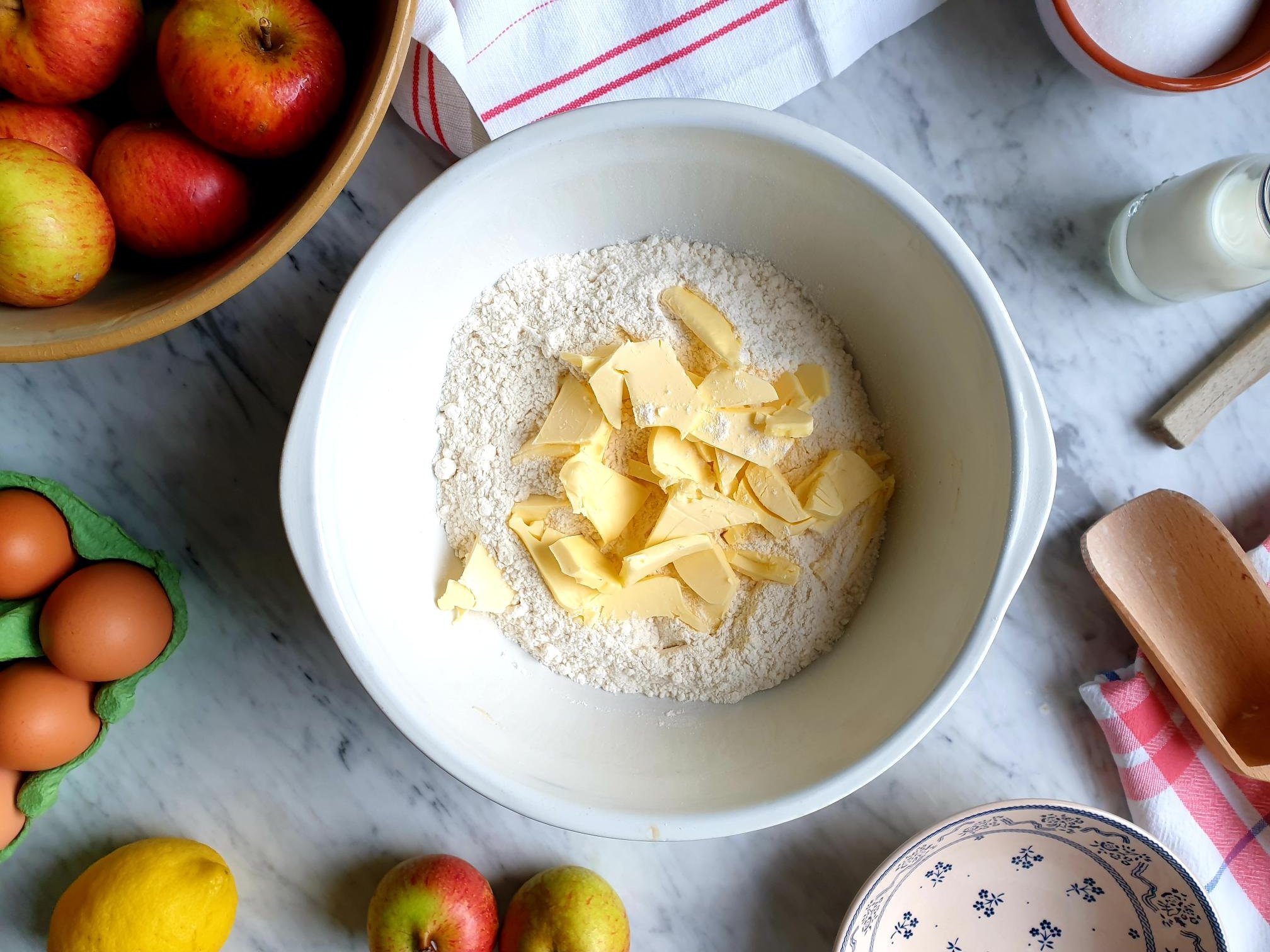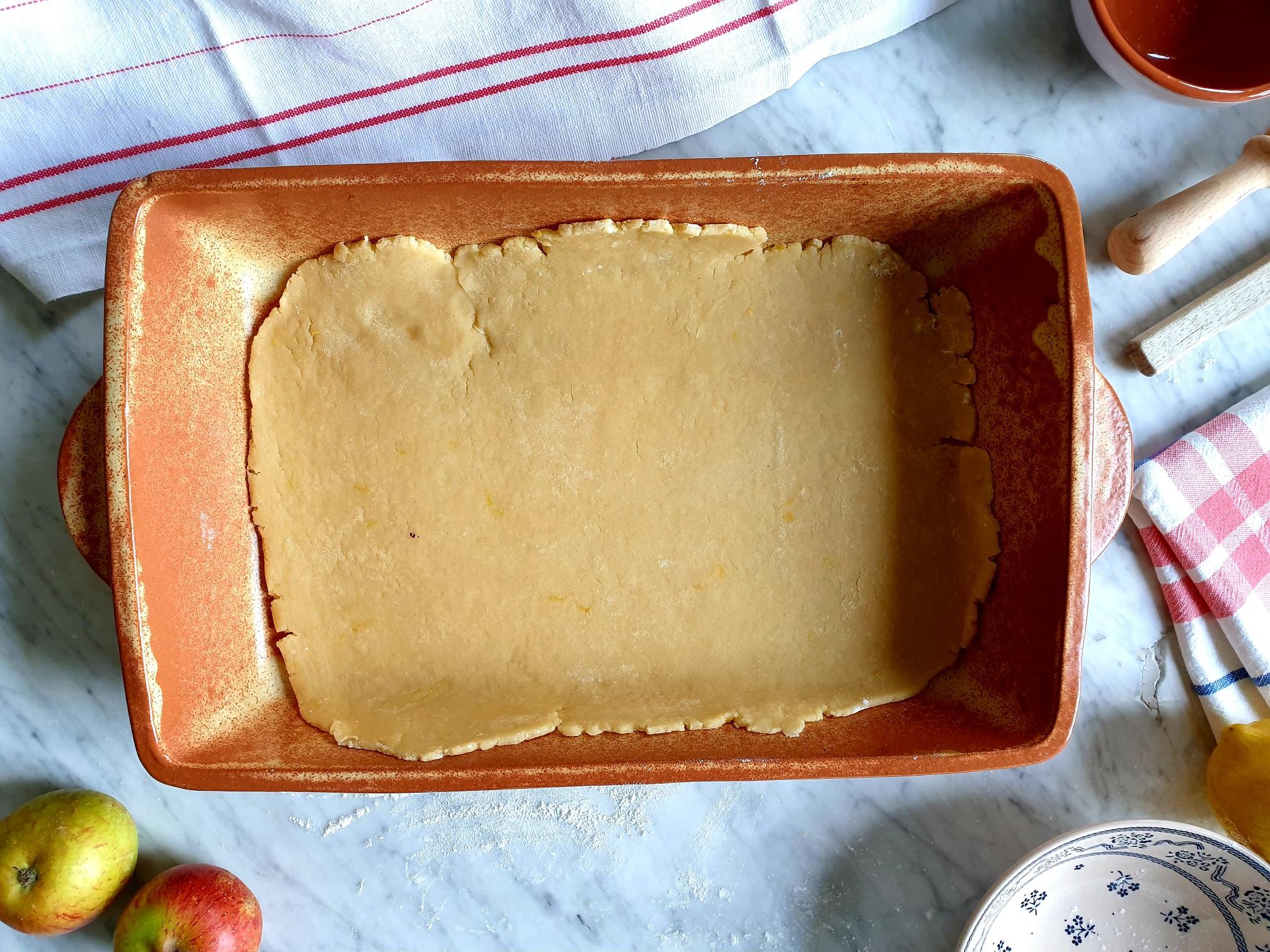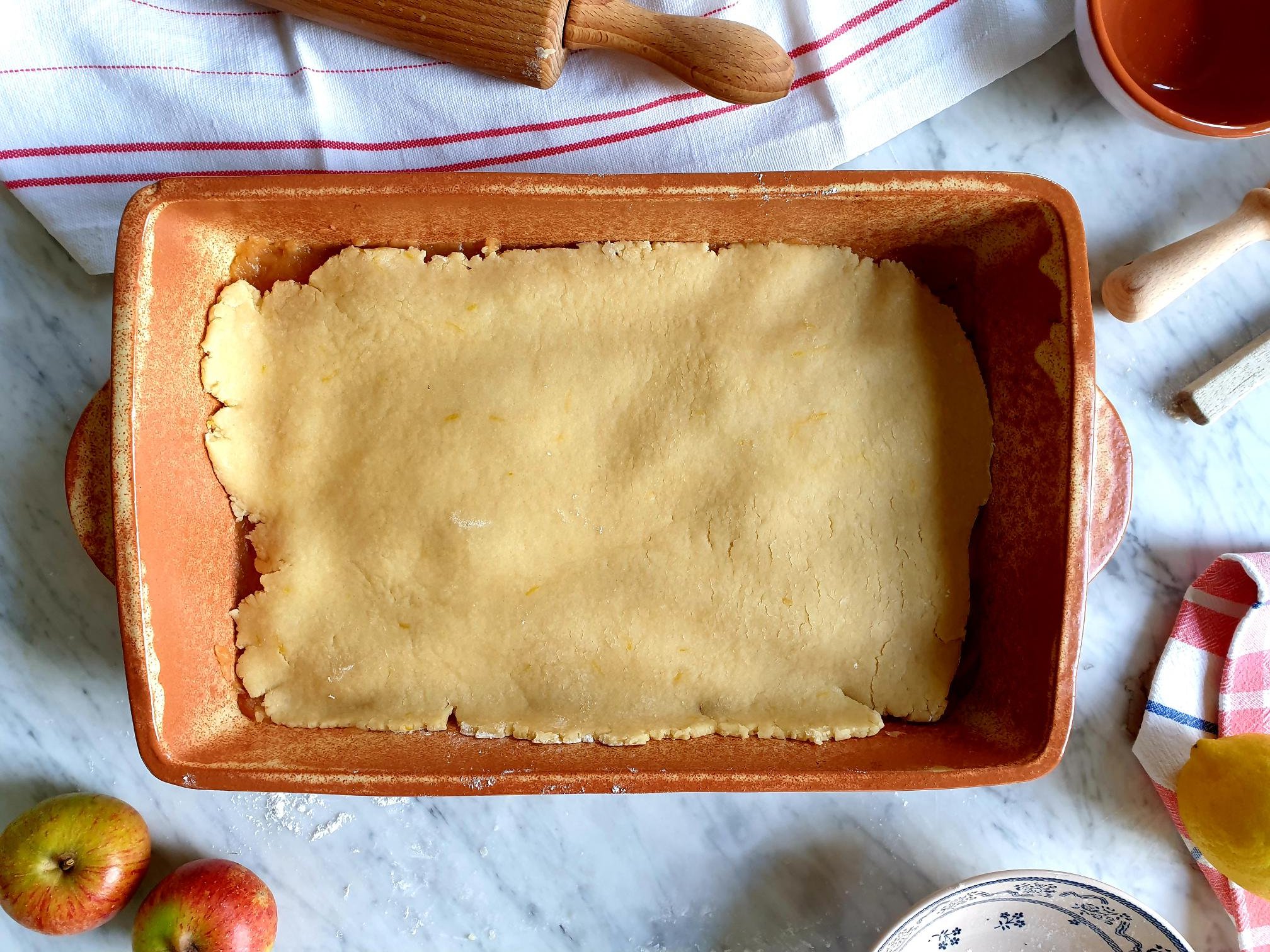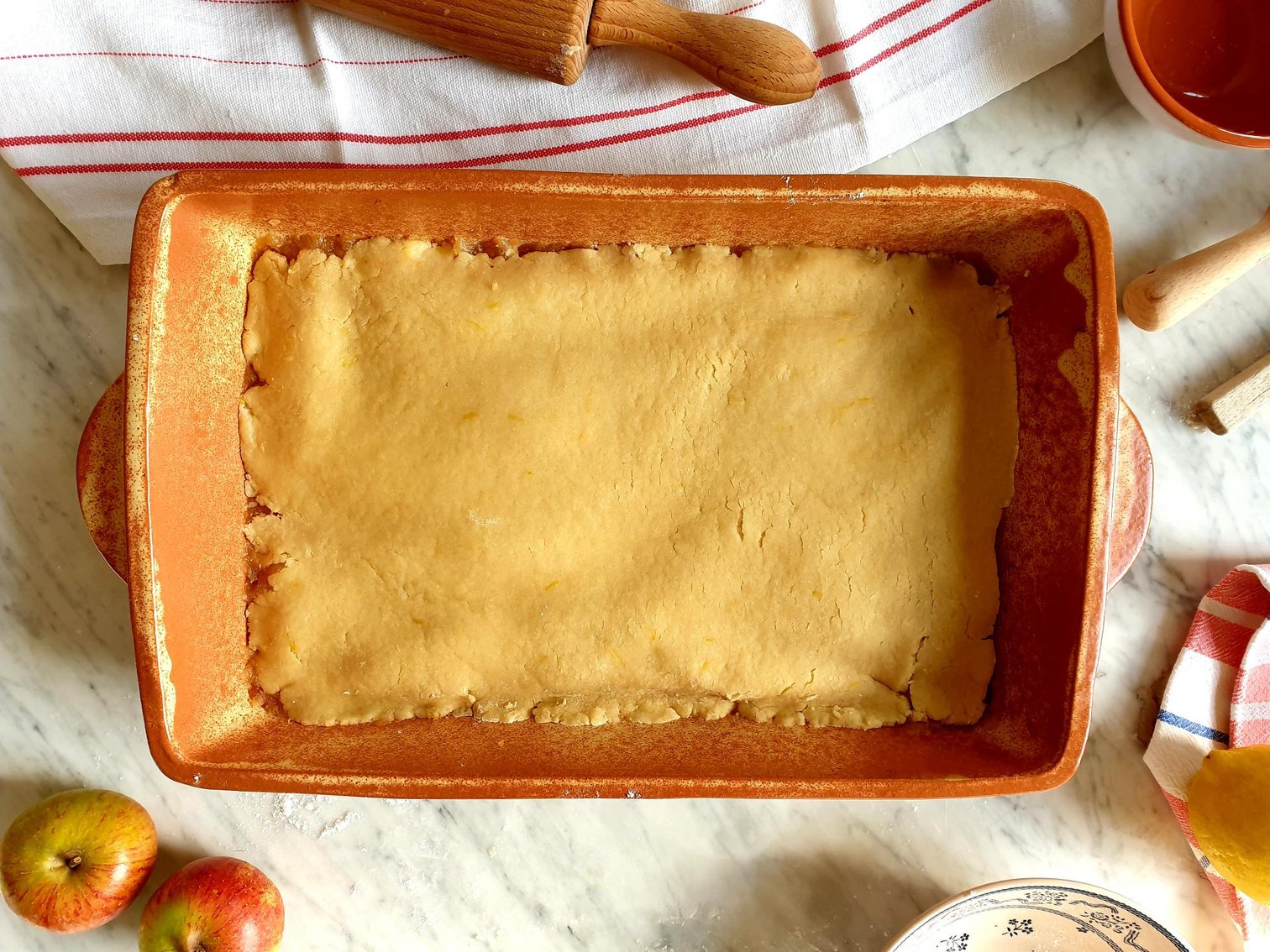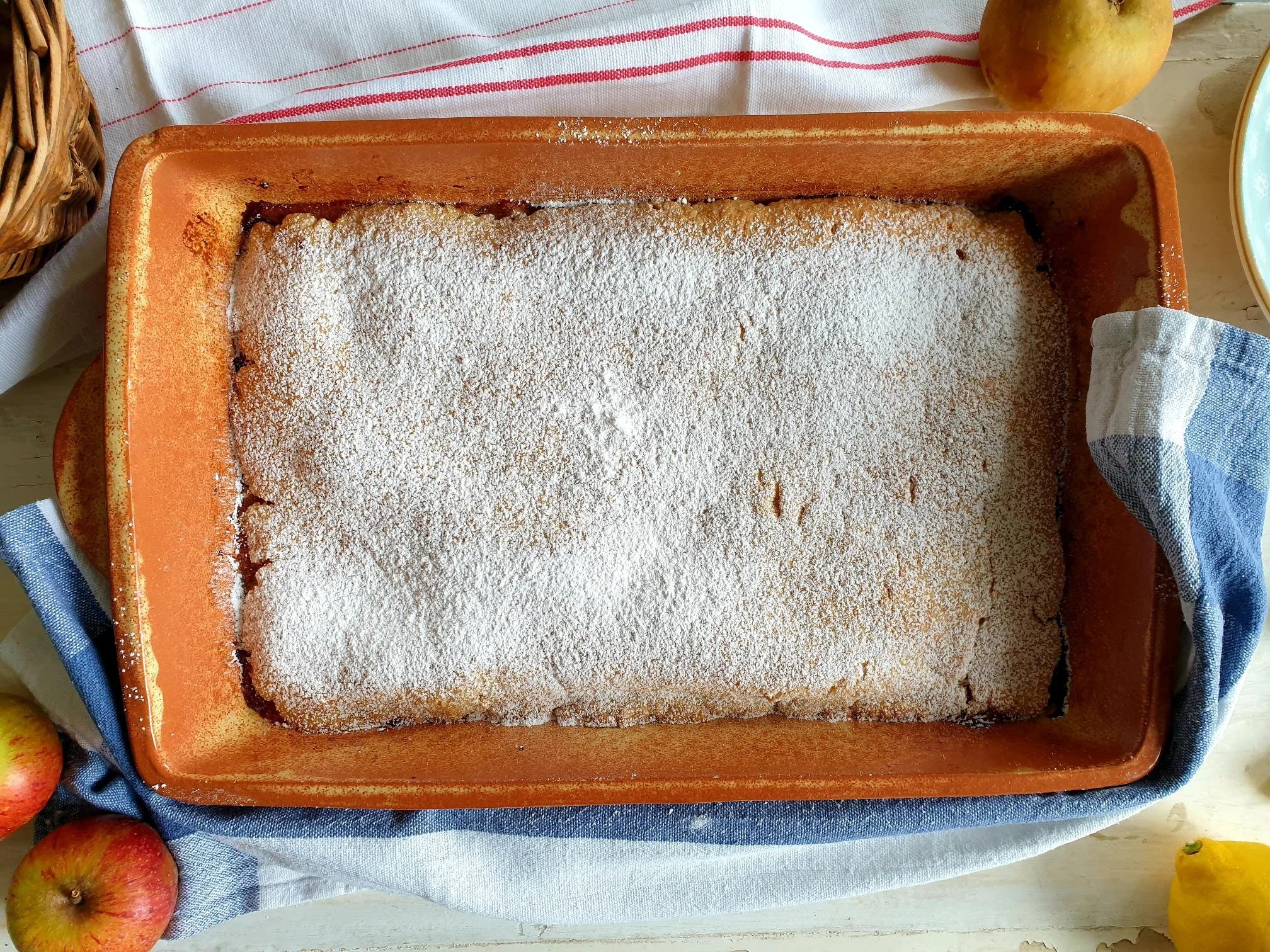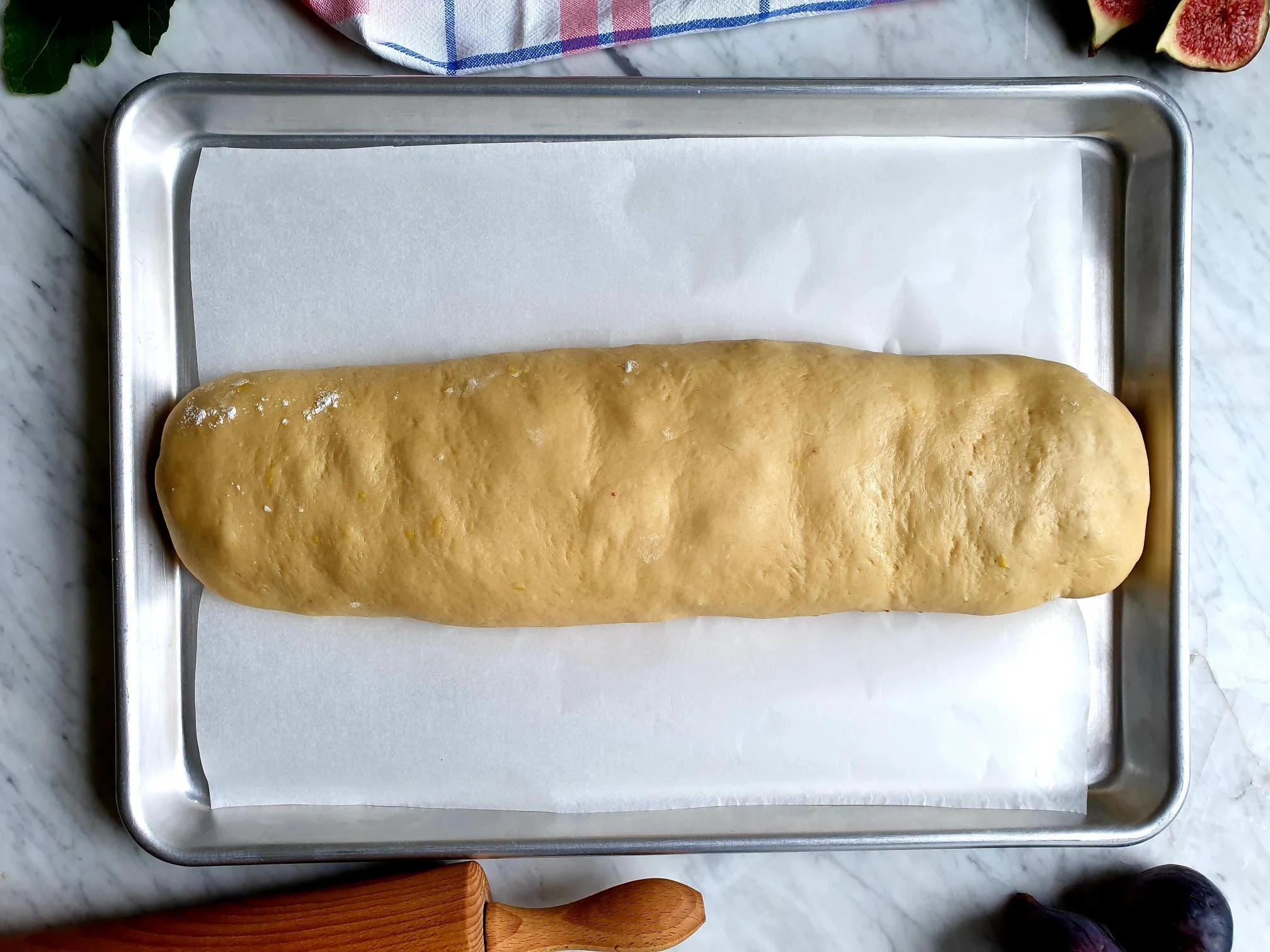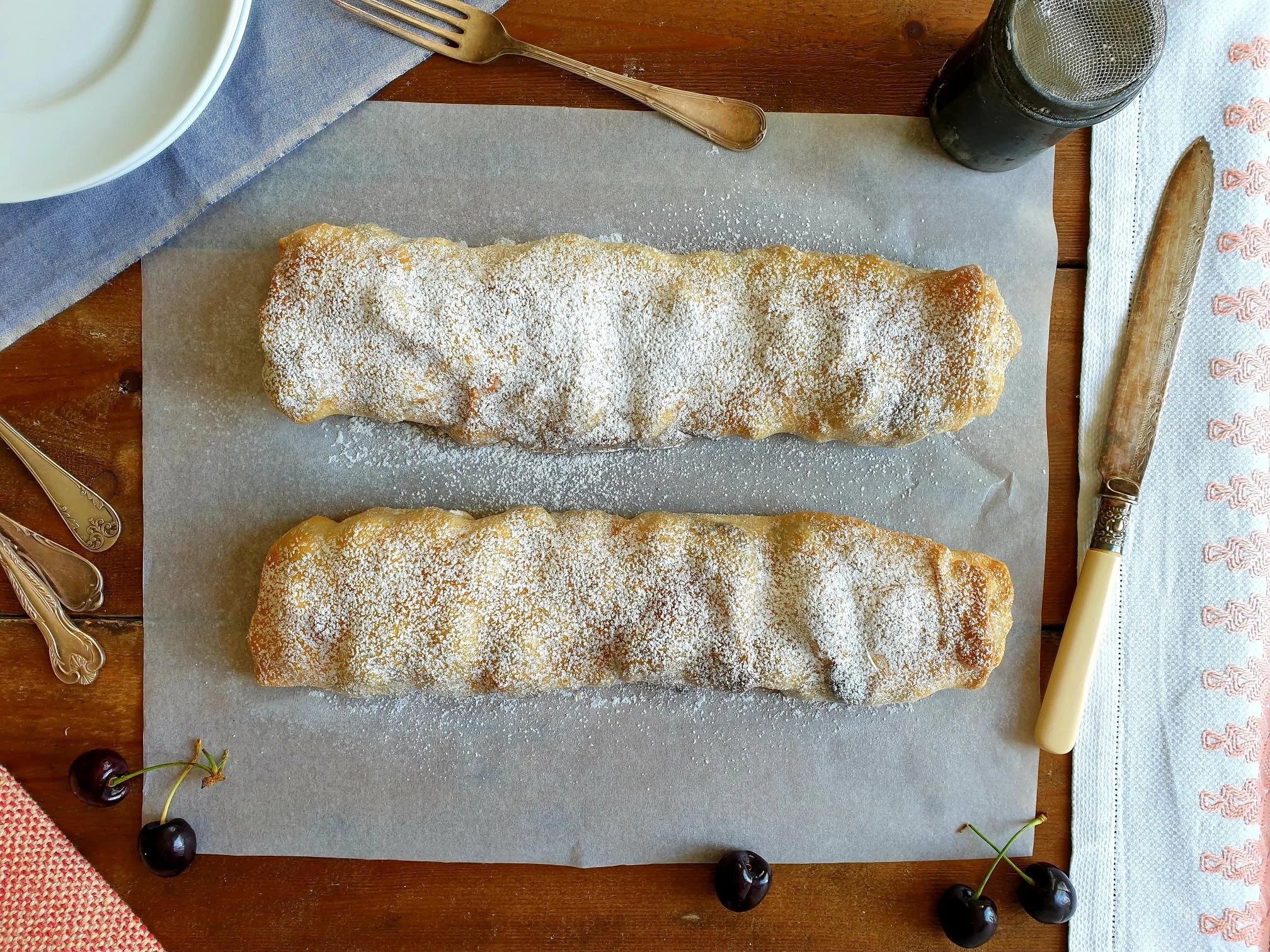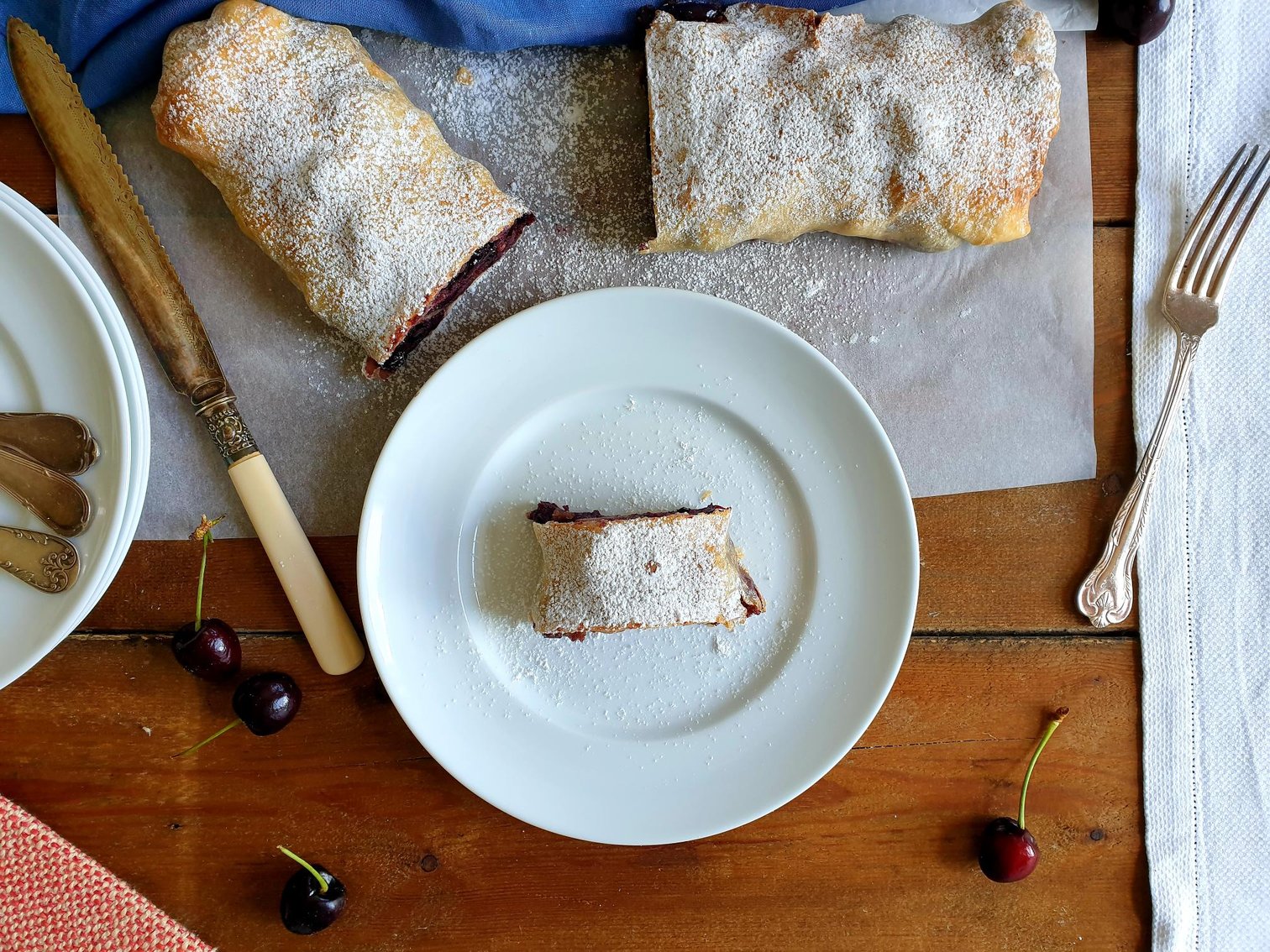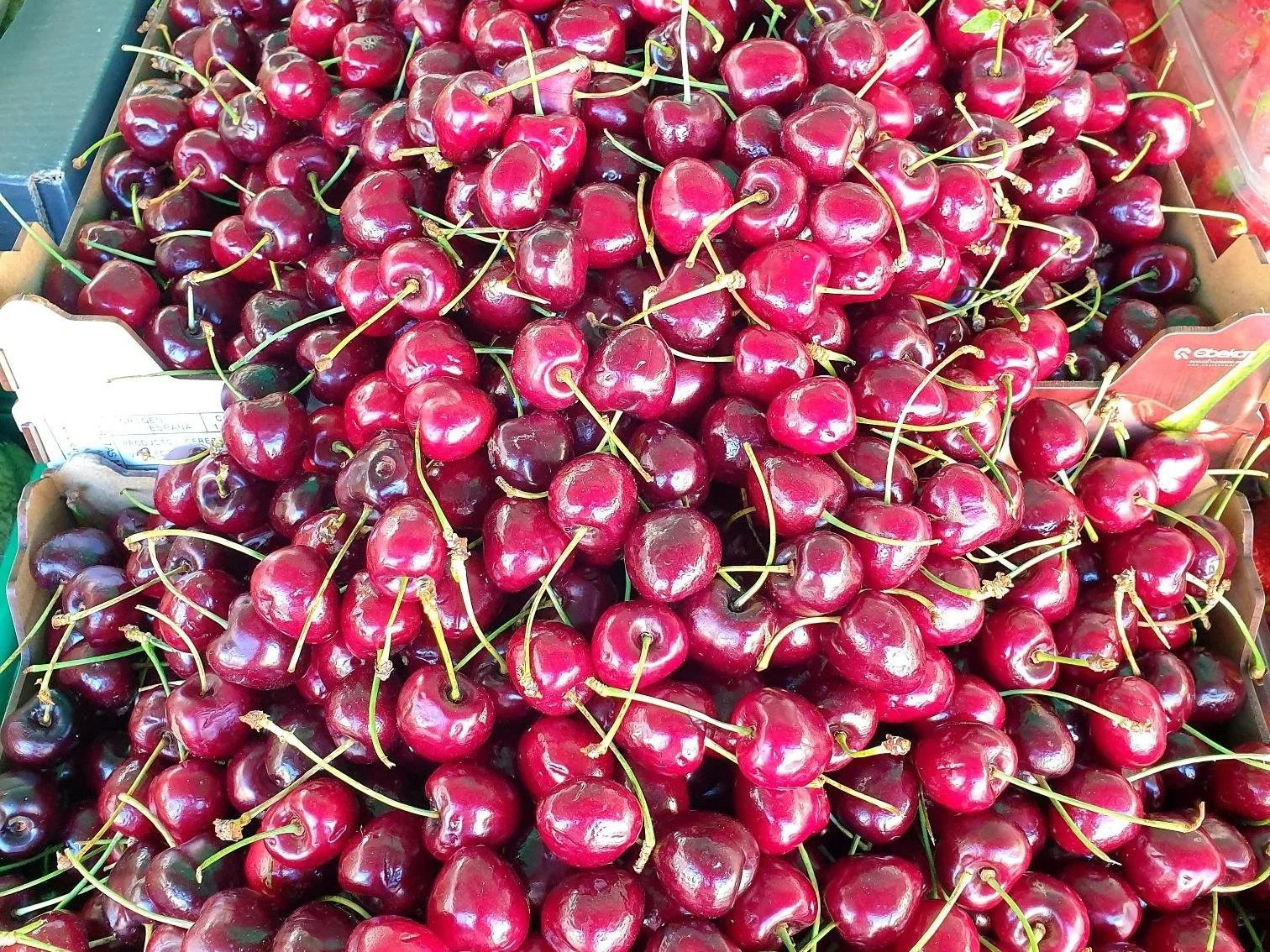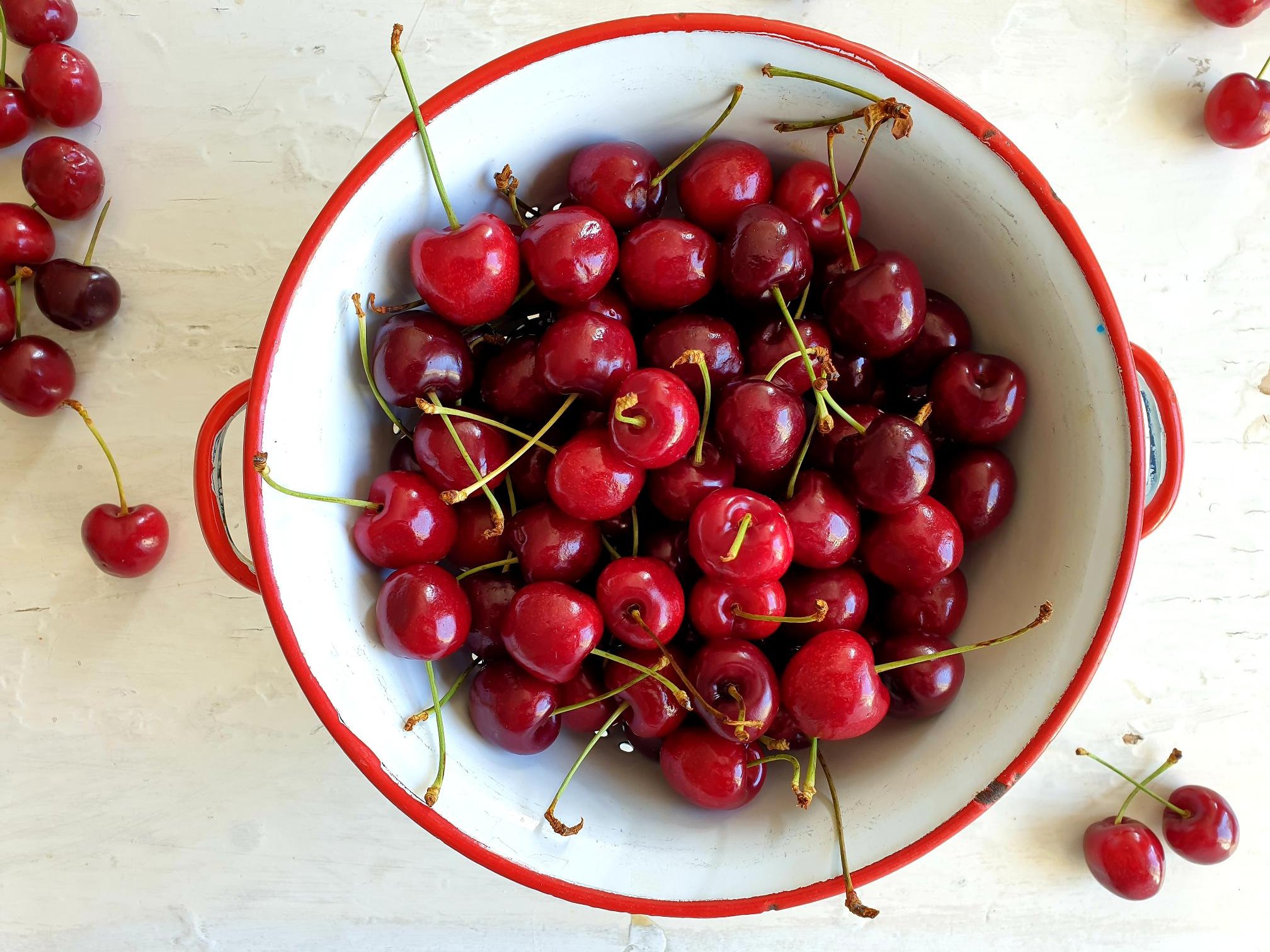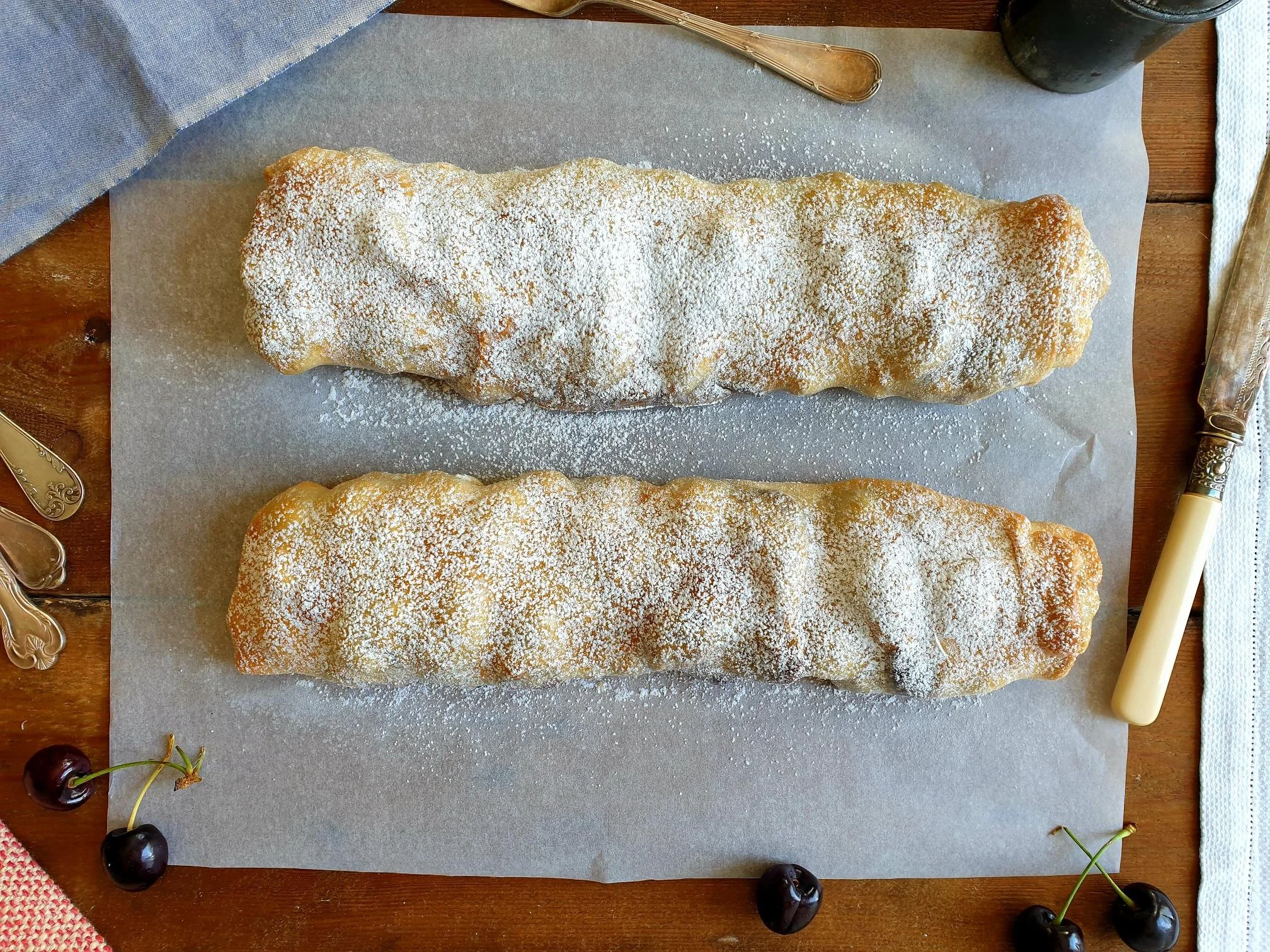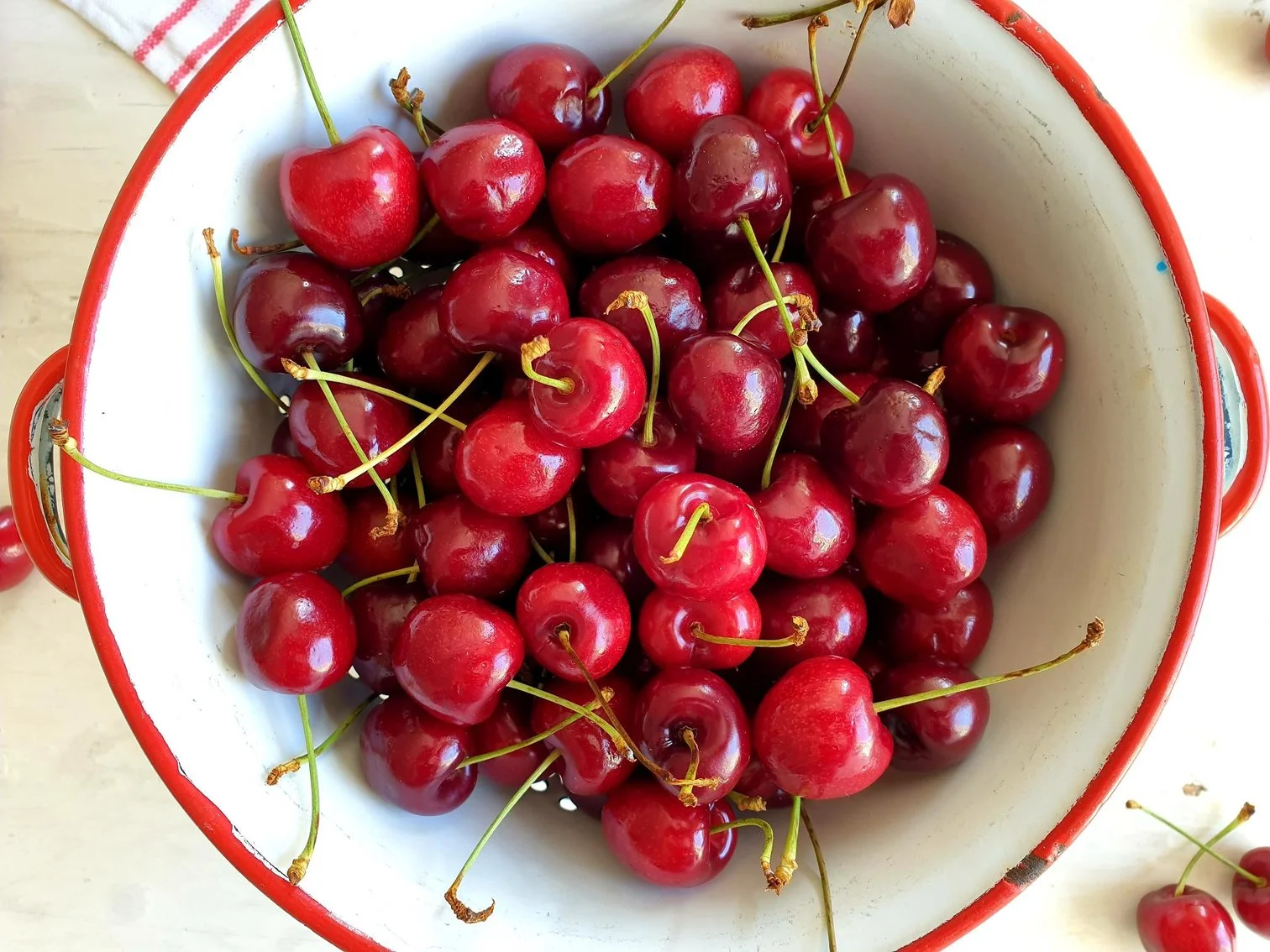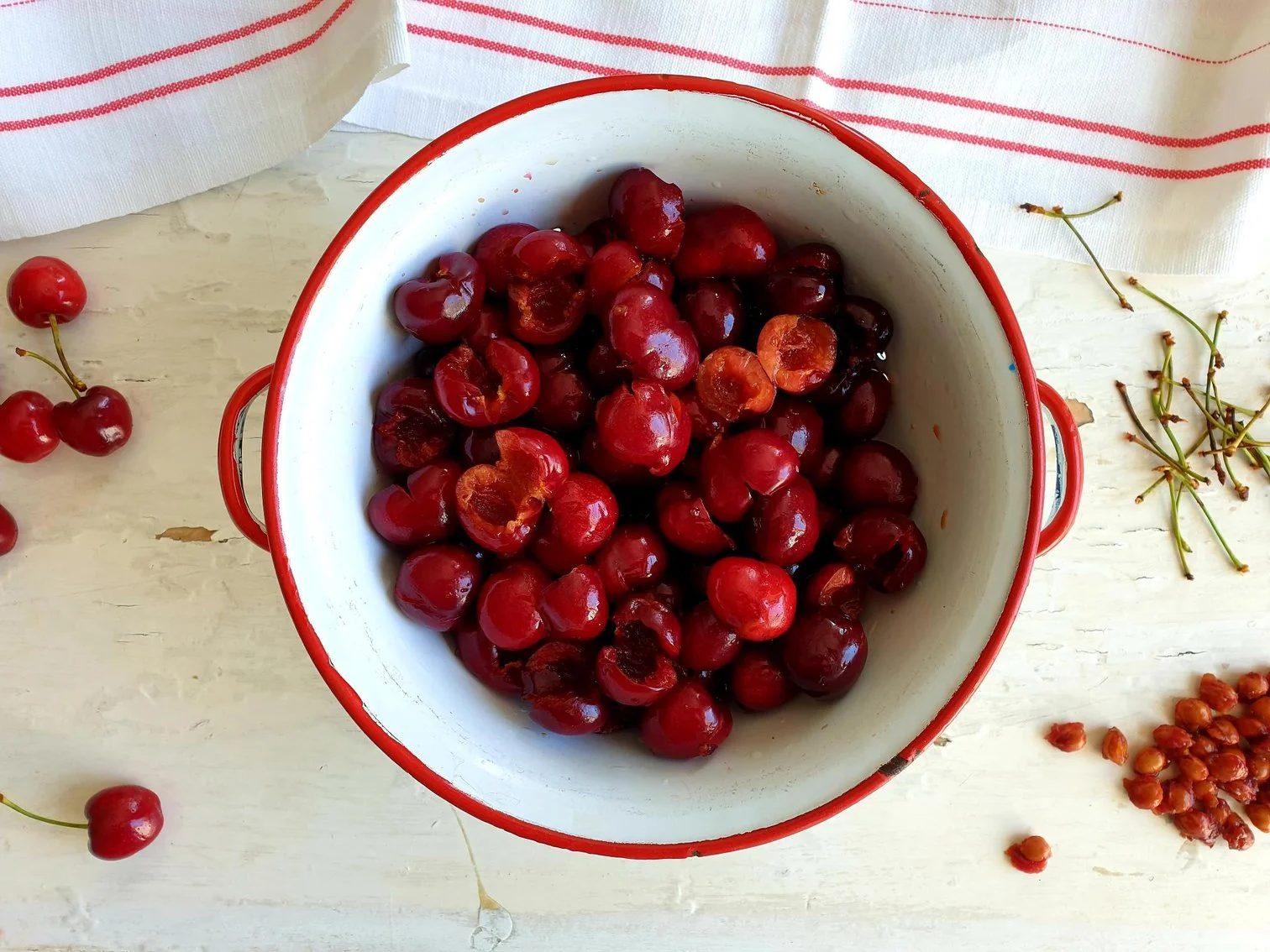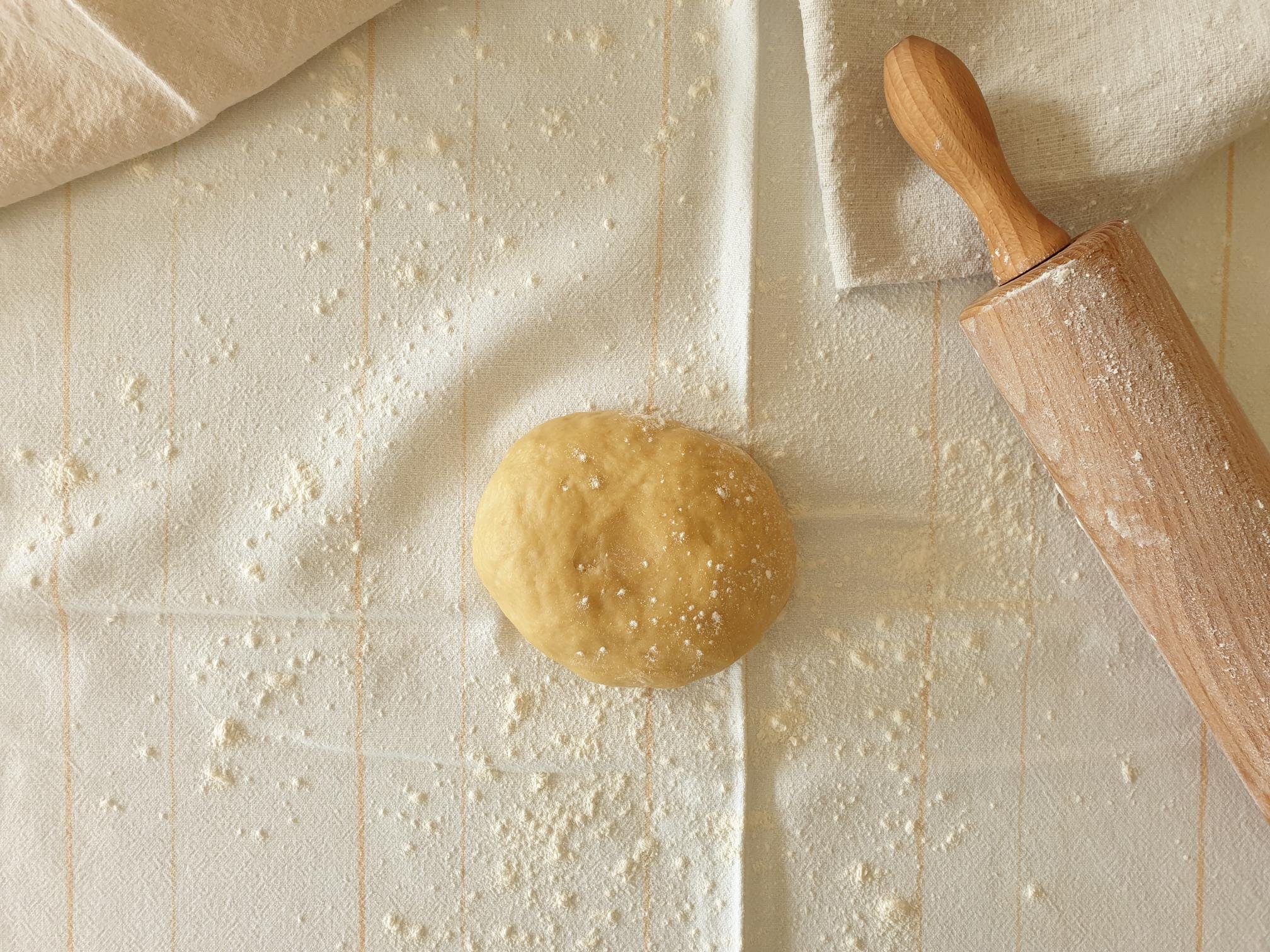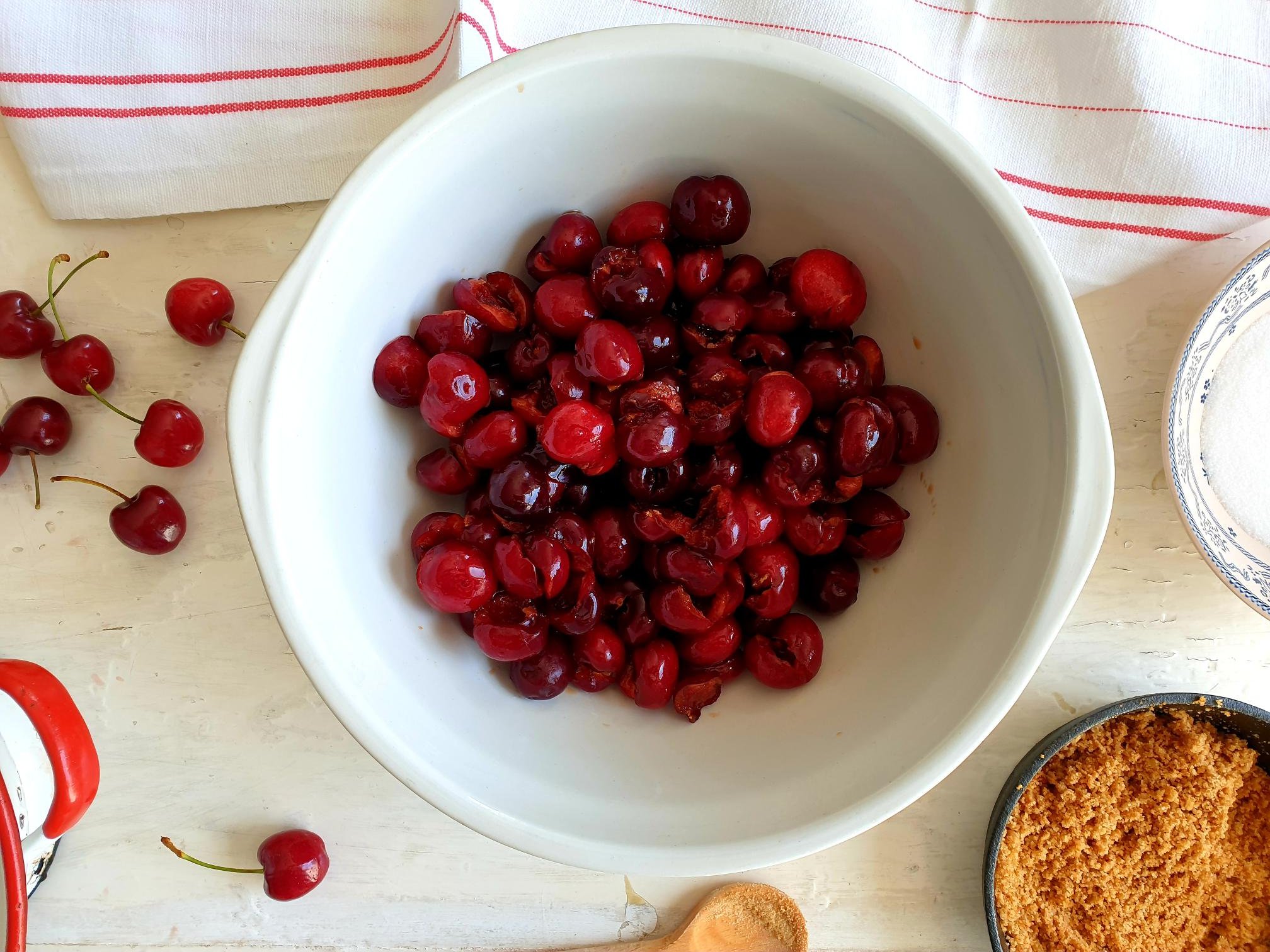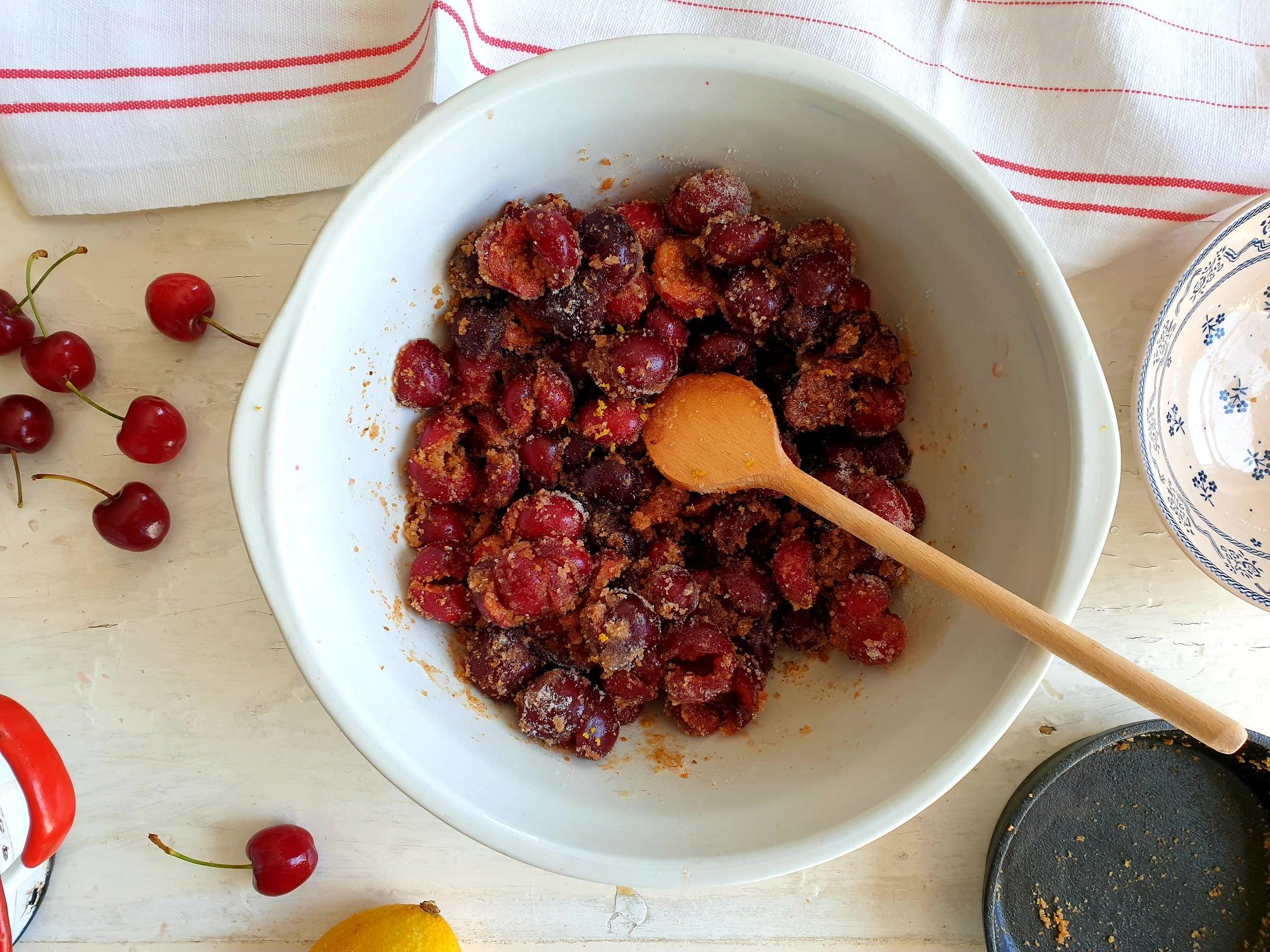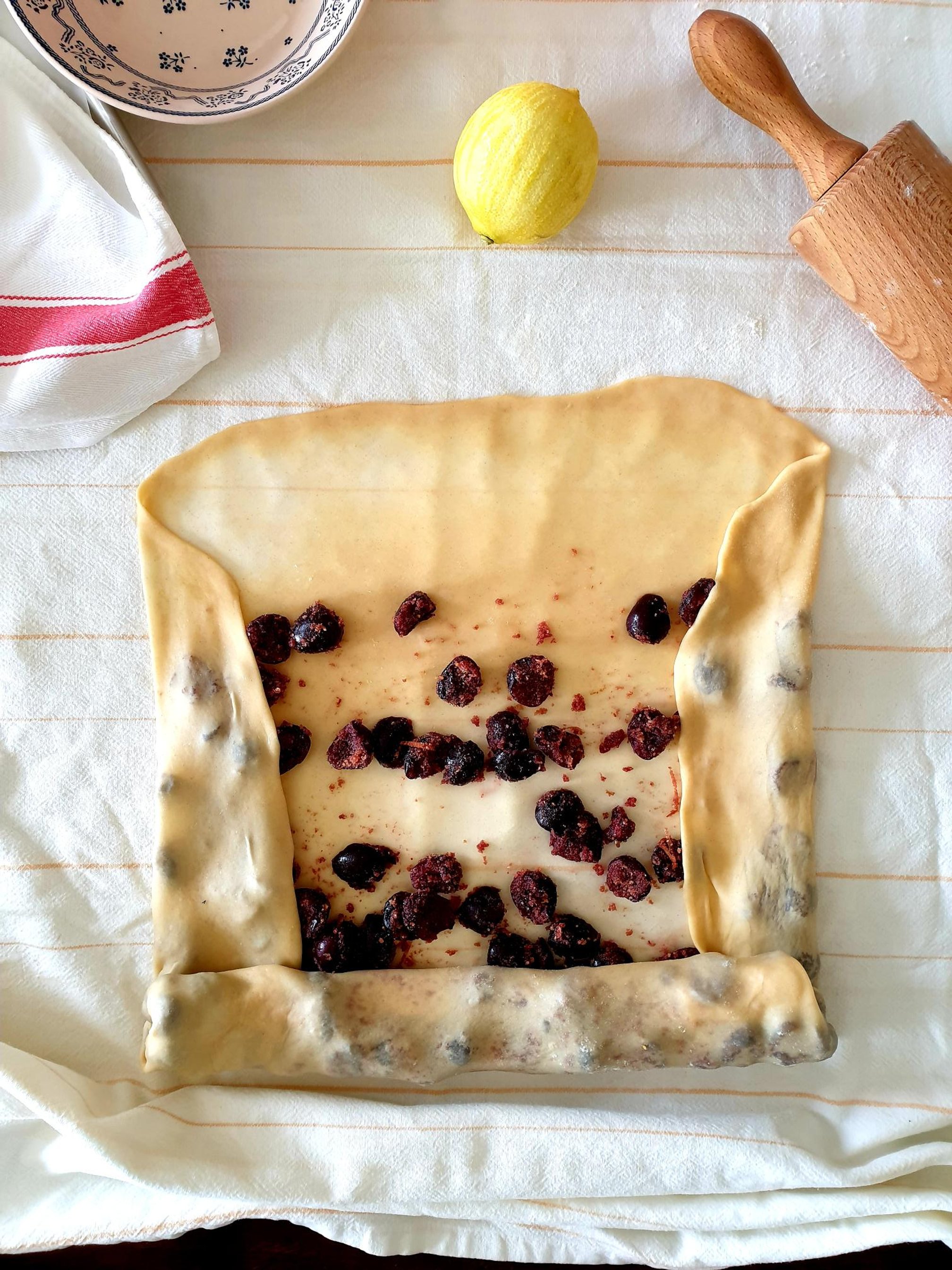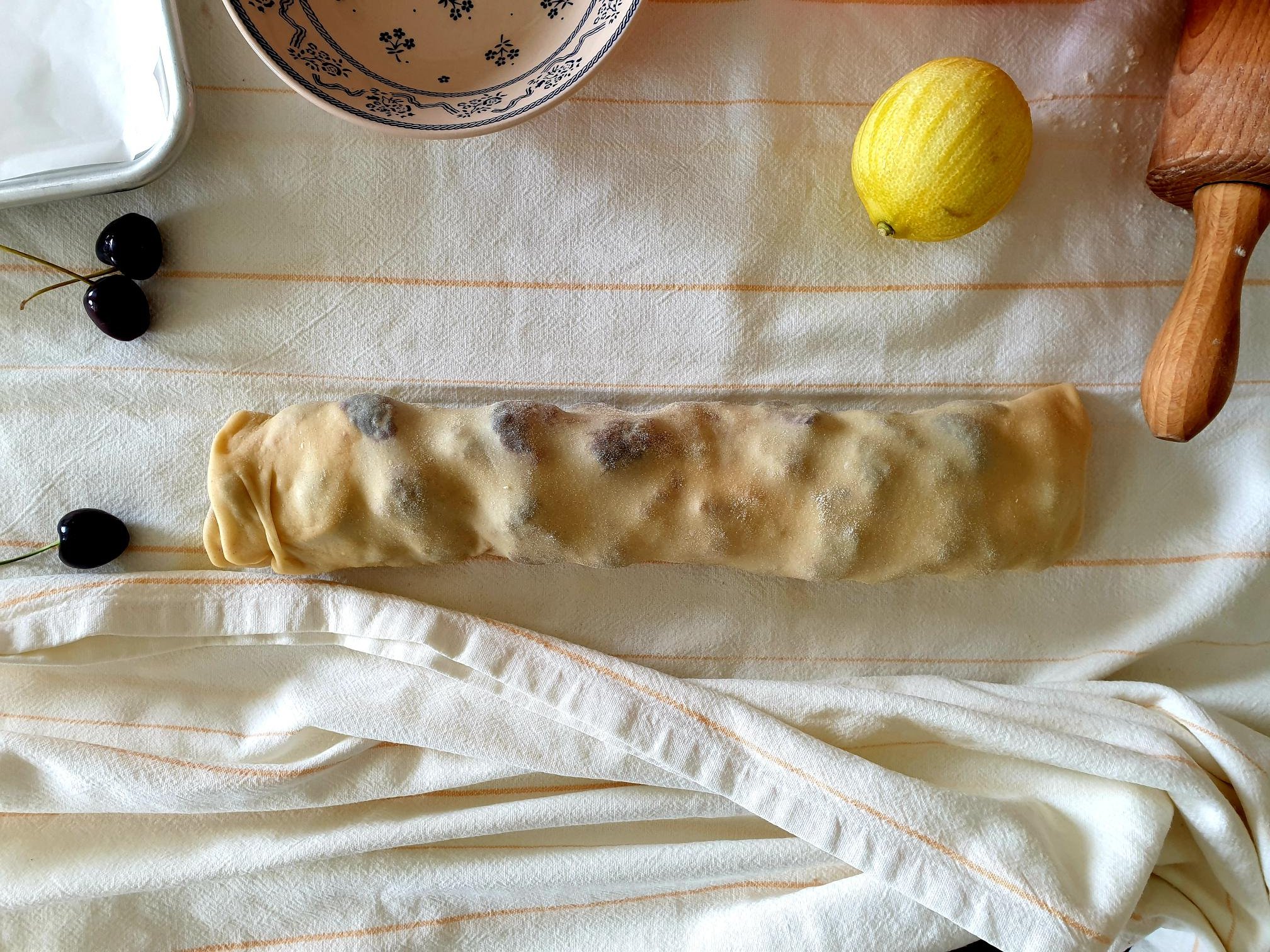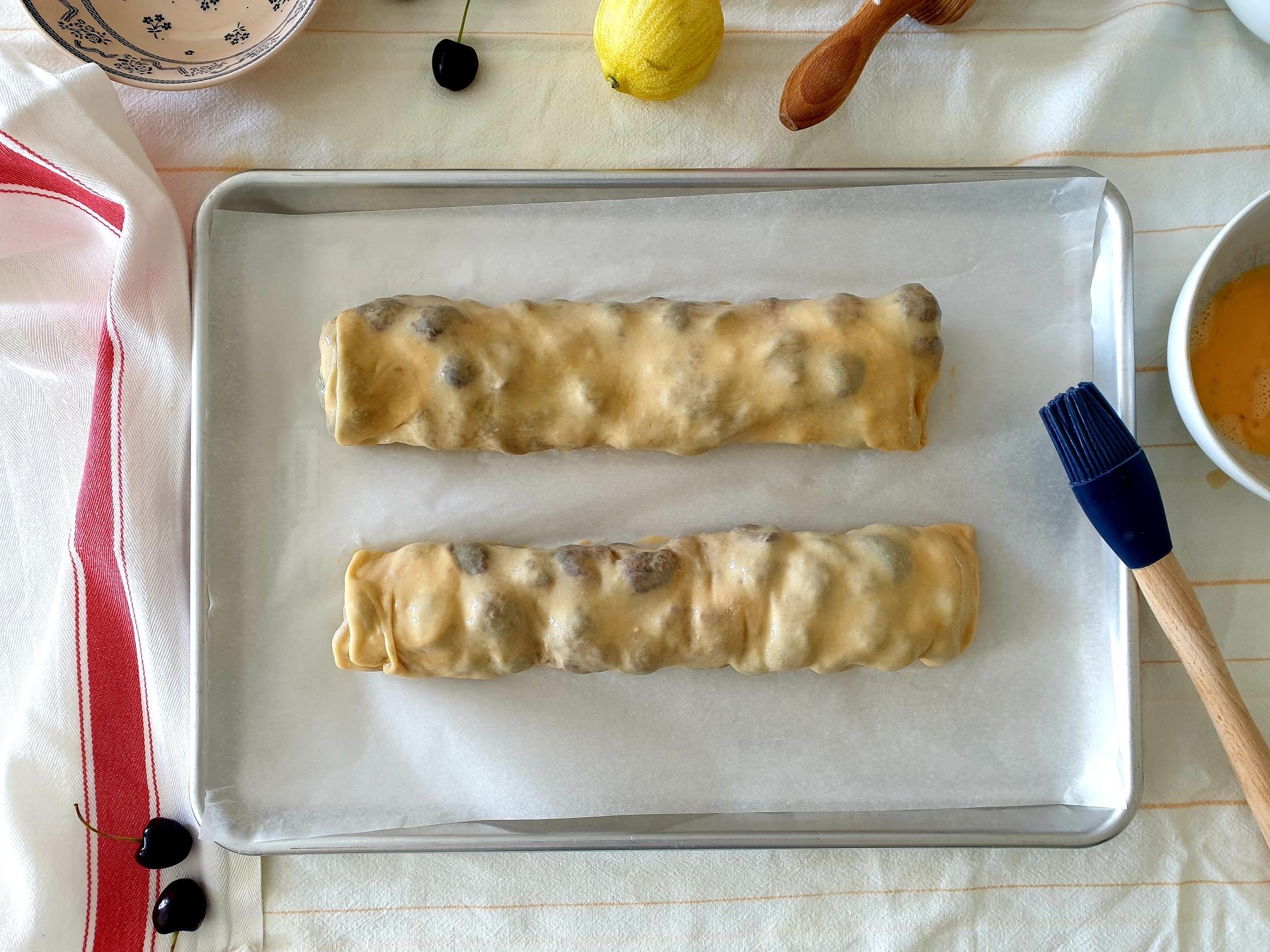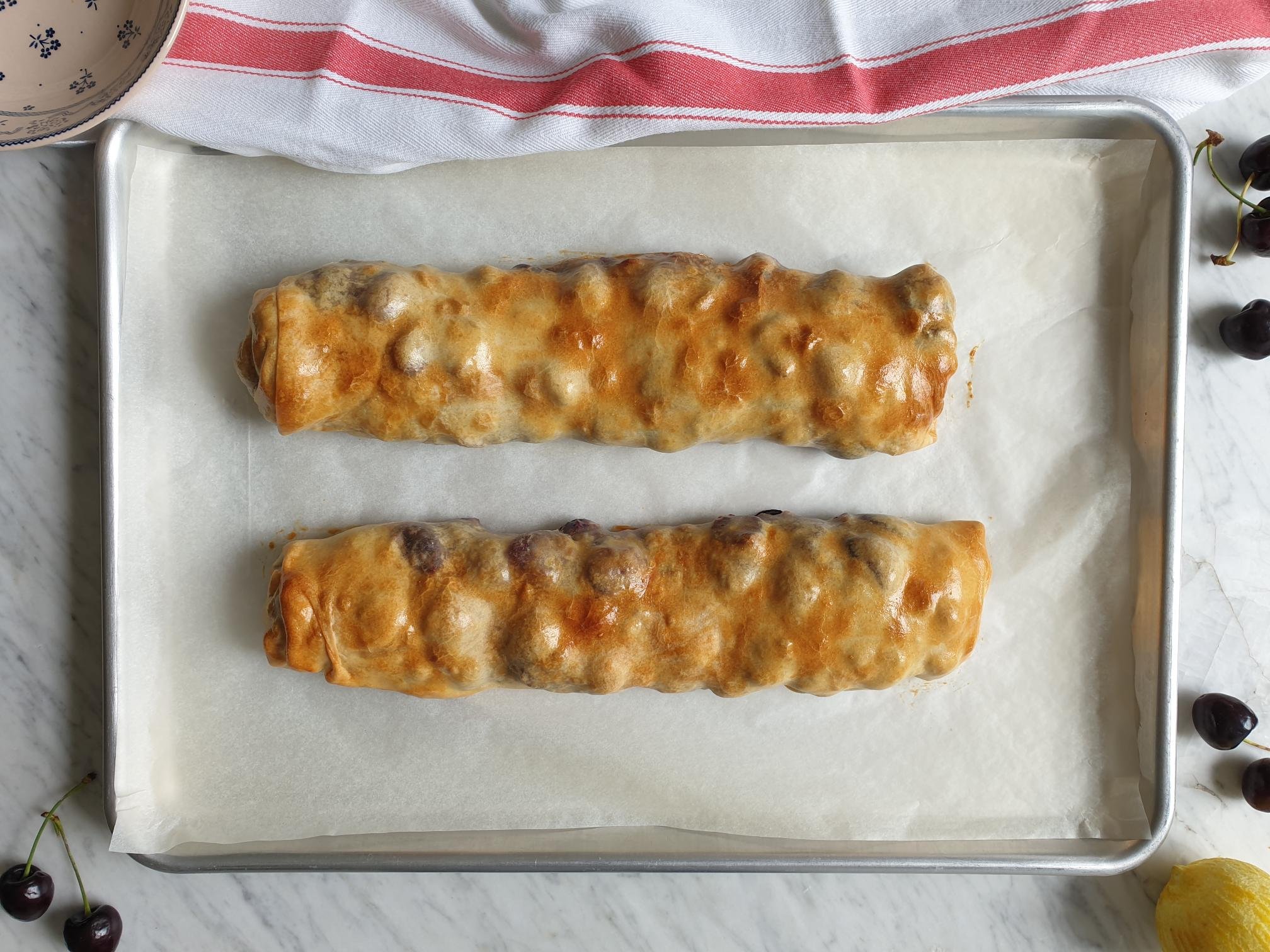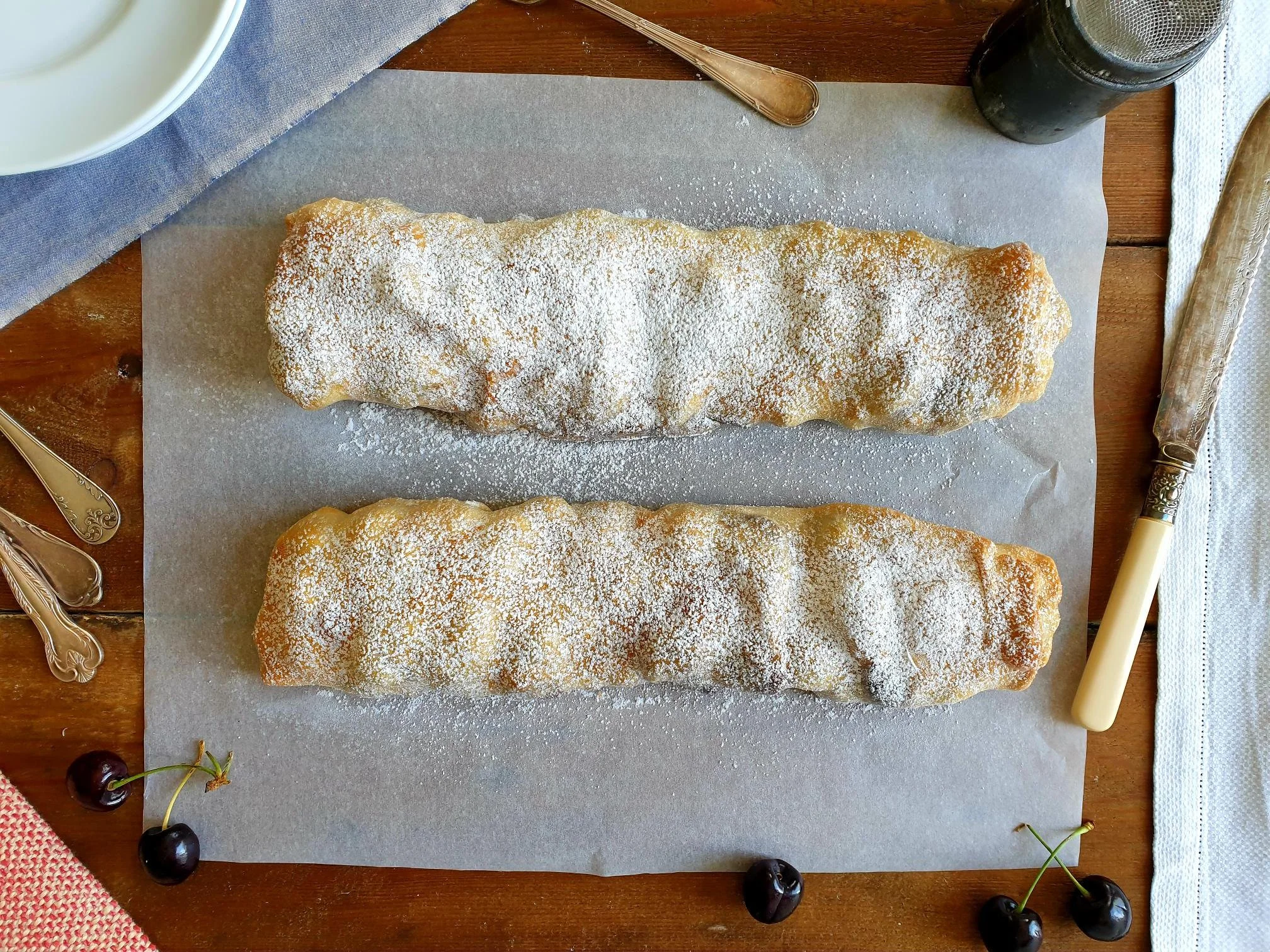Sgroppino – Venetian Style Lemon Sorbet Cocktail Recipe
Sgroppino is a type of alcoholic beverage traditionally made with lemon sorbet (or other types of fruit sorbet), Prosecco and chilled Vodka. It is incredibly simple and fast to prepare, and ready in a few minutes!
This Italian style cocktail is a real treat for lemon lovers, it can be served during rustic and more informal settings or during fancier and more formal dining parties.
Nowadays, this lemony and foamy delight is offered as a light and refreshing dessert, or as a cocktail after a heavier meal as a palate cleanser.
This sorbet-based cocktail is perfect for parties and different types of celebrations like weddings, birthdays, anniversaries, Christmas, New Year and Easter, and particularly appreciated during summer months because it is so refreshing.
Despite its modern appearance and taste, this drink originated hundreds of years ago in the northern region of Veneto in Italy. And it is in this part of Italy that the term for this sorbet style drink was“sgroppino” or “desgropante” which means to “untie or loosen knots”.
In fact, this cocktail was served to the elite and aristocrats as a digestif to help to “loosen” the stomach, and help with the digestion, during intervals of a rich and heavy meal.
However, the concept of sorbet takes us further back to Romans and Greeks, who used fruit juice, syrup and honey to flavour crashed ice.
This drink has been very popular throughout Italy, and the love for this cocktail, due to geographical proximity, stretched “across the border” along the Slovenian coast where it became part of local gastronomic tradition.
I fact, it is offered in just about any restaurant and you can find it on the menu as “Limonin Sorbet”. A lot of times restaurants nowadays would also offer a non-alcoholic version of it.
If you want to seriously impress your guests and entertain Italian style, this is the recipe to go for!
Recipe
Ingredients
Serves 2 (2 flute glasses)
180g (about 6 scoops) lemon sorbet or other fruit sorbet like strawberry, raspberry, mango
80ml Chilled Prosecco (Italian sparkling white wine)
25ml Chilled Vodka (about 2Tbsp) (the best and easiest way to keep Vodka chilled is by keeping it and storing it in the freezer, it will not freeze solid due to its high content of alcohol).
Method
Put all the ingredients in an electric blender and blend for about one minute until the mixture becomes smooth cream.
Alternatively, you can make this lemony foamy treat by hand.
In a big bowl put lemon sorbet, or other fruit sorbet of your choice, and Prosecco, a little at a time and whisk together.
Gradually add more of each and keep whisking in the same direction, trying to avoid the mixture to collapse.
Continue to whisk until you obtain a slightly slushy and frothy consistency, and in the end, add a bit of chilled vodka to the mixture.
Pour into flute glasses or other type of long-stemmed glasses and serve.
You can garnish this drink using fresh basil or mint leaves, lemon slices, wedges or twist, and/ or lemon zest.
Just a thought
In the recipe above I am giving an approximate amount of the ingredients to make this super delicious cocktail.
You can play with the quantities of the ingredients and tailor make this beverage to suit your palate and desires.
Champagne or other white dry sparkling wine can be used instead of Prosecco, and Gin can be used instead of Vodka, and of course, you can be creative and use other types of drinks and use the basic concept of the recipe to make other types of fruit sorbet-based cocktails.




